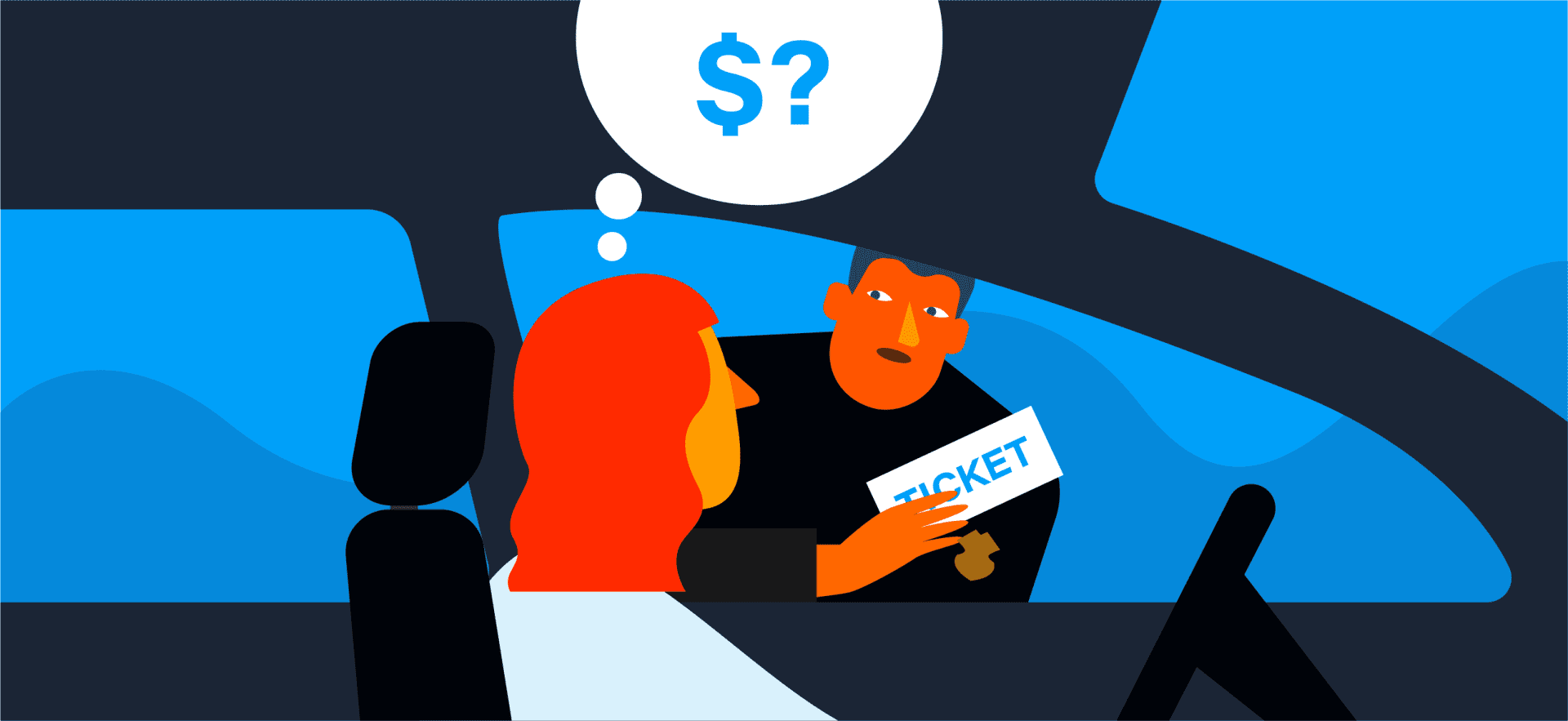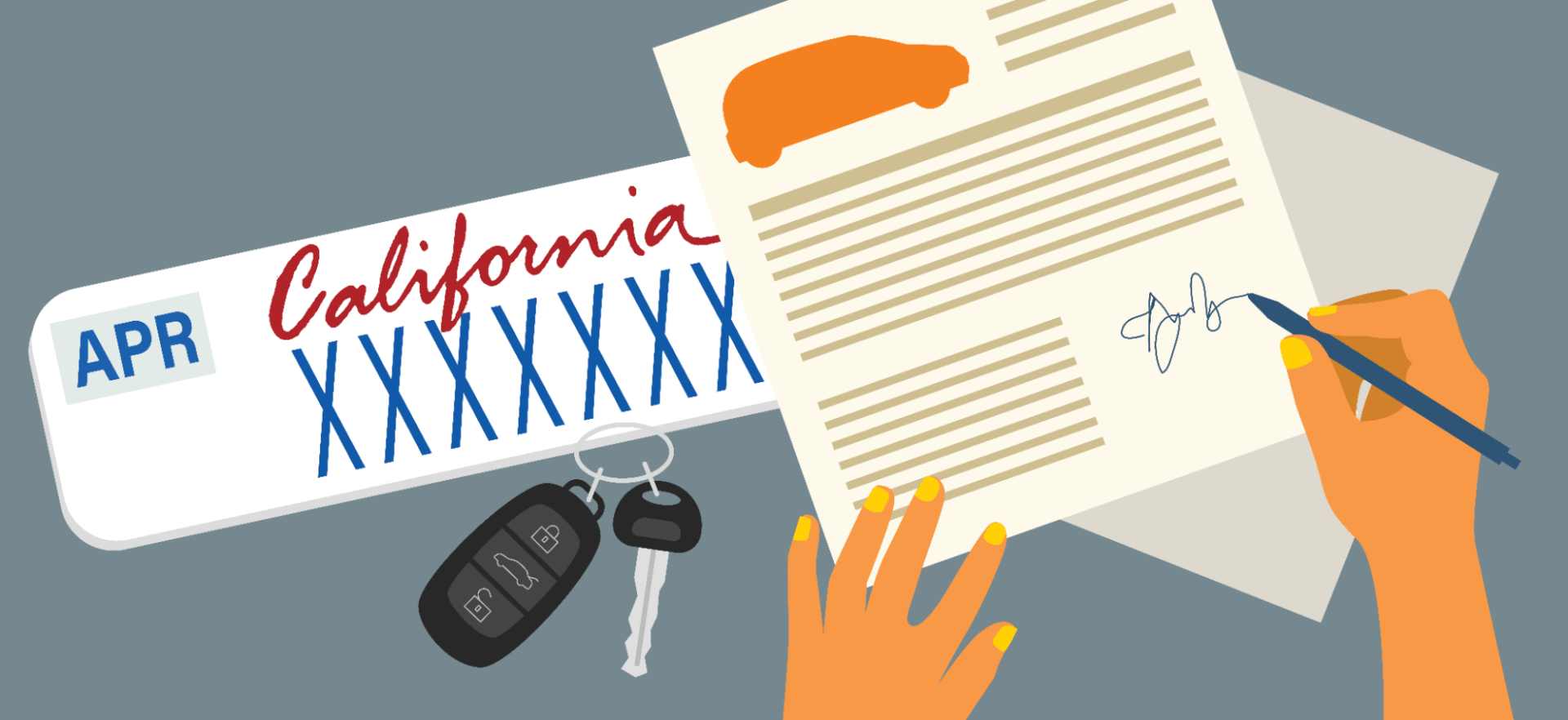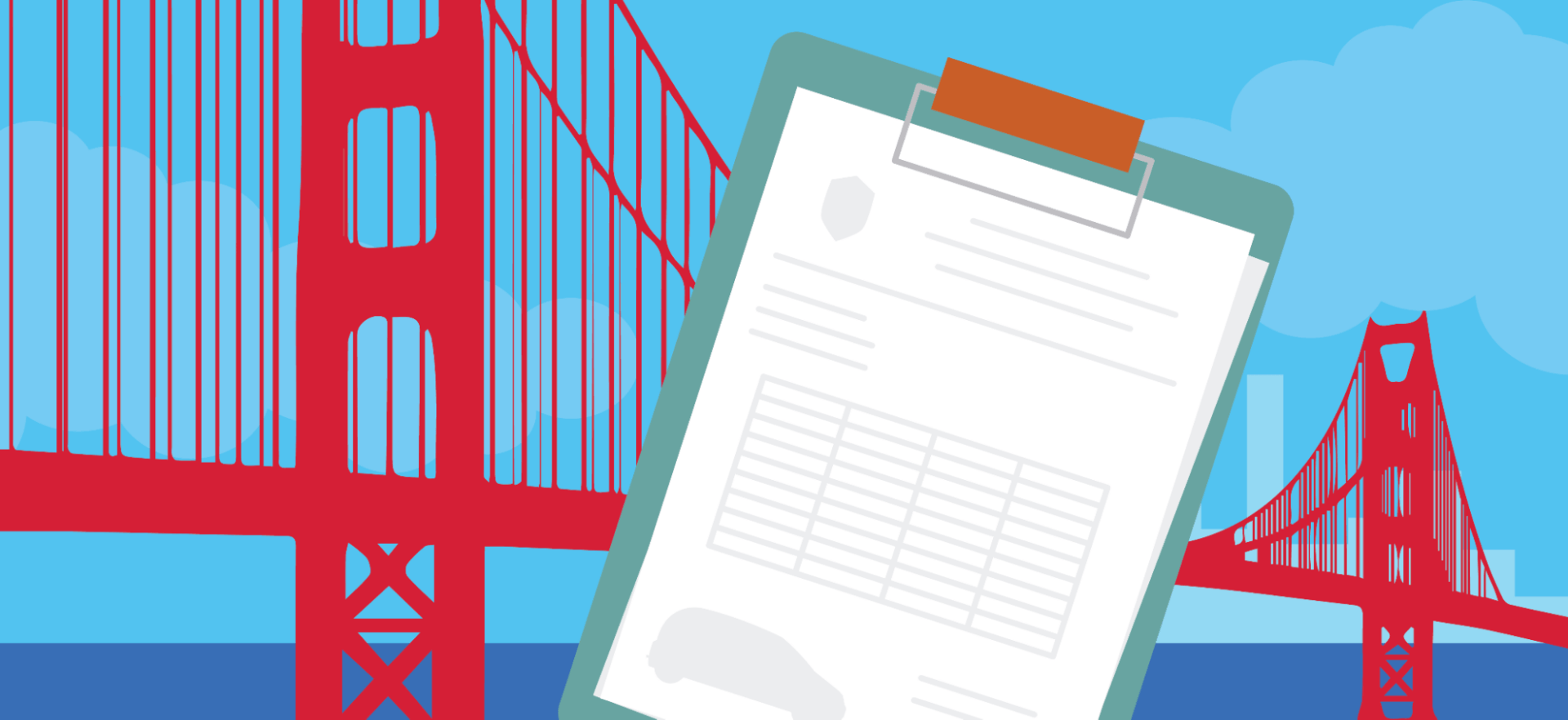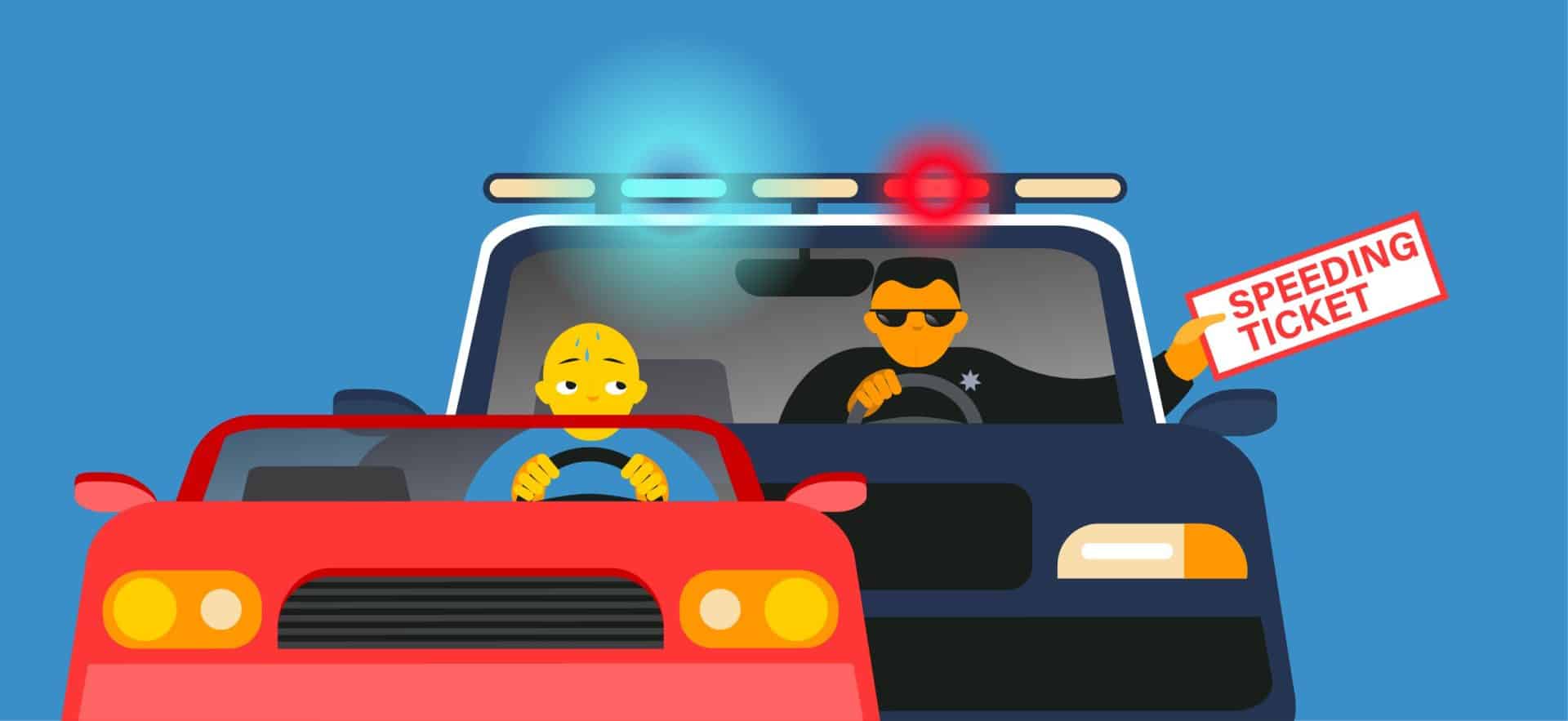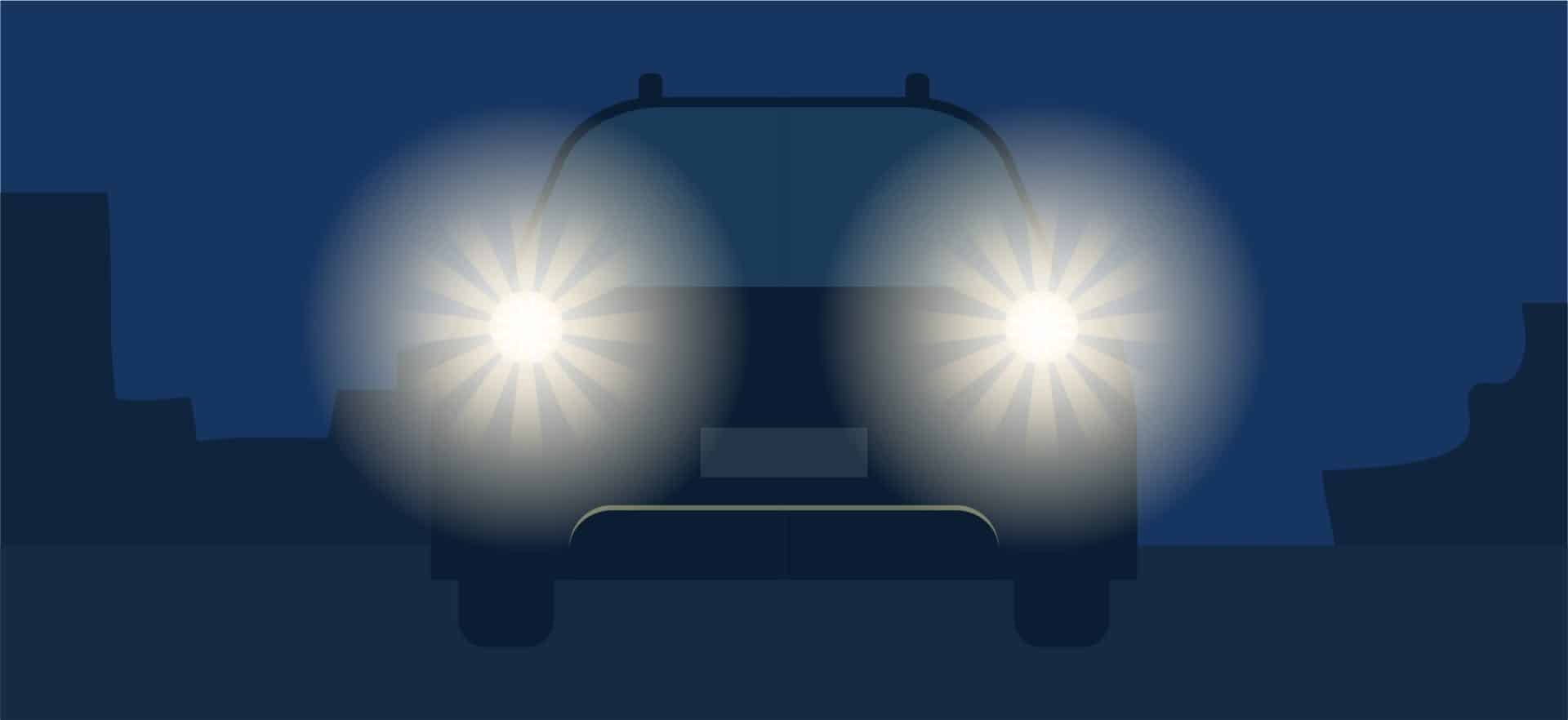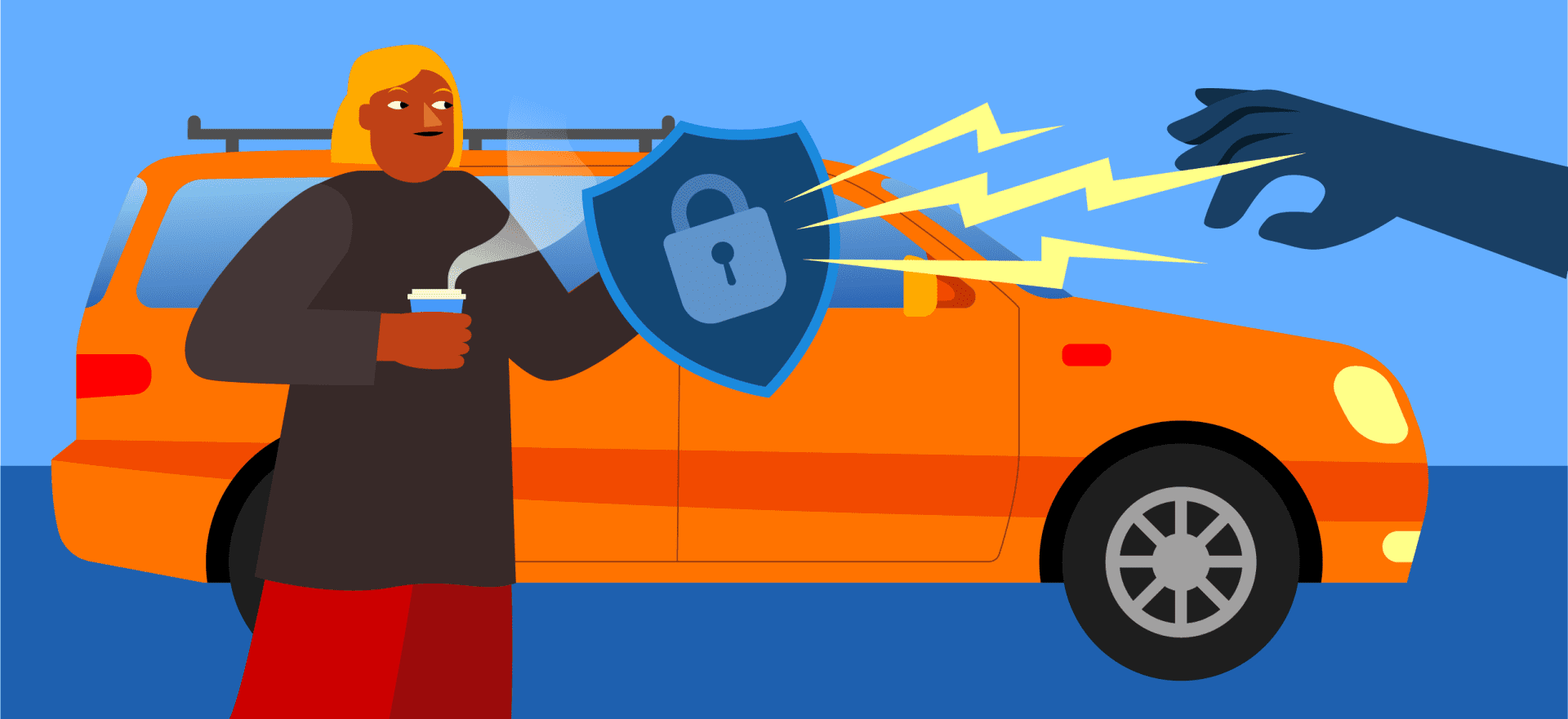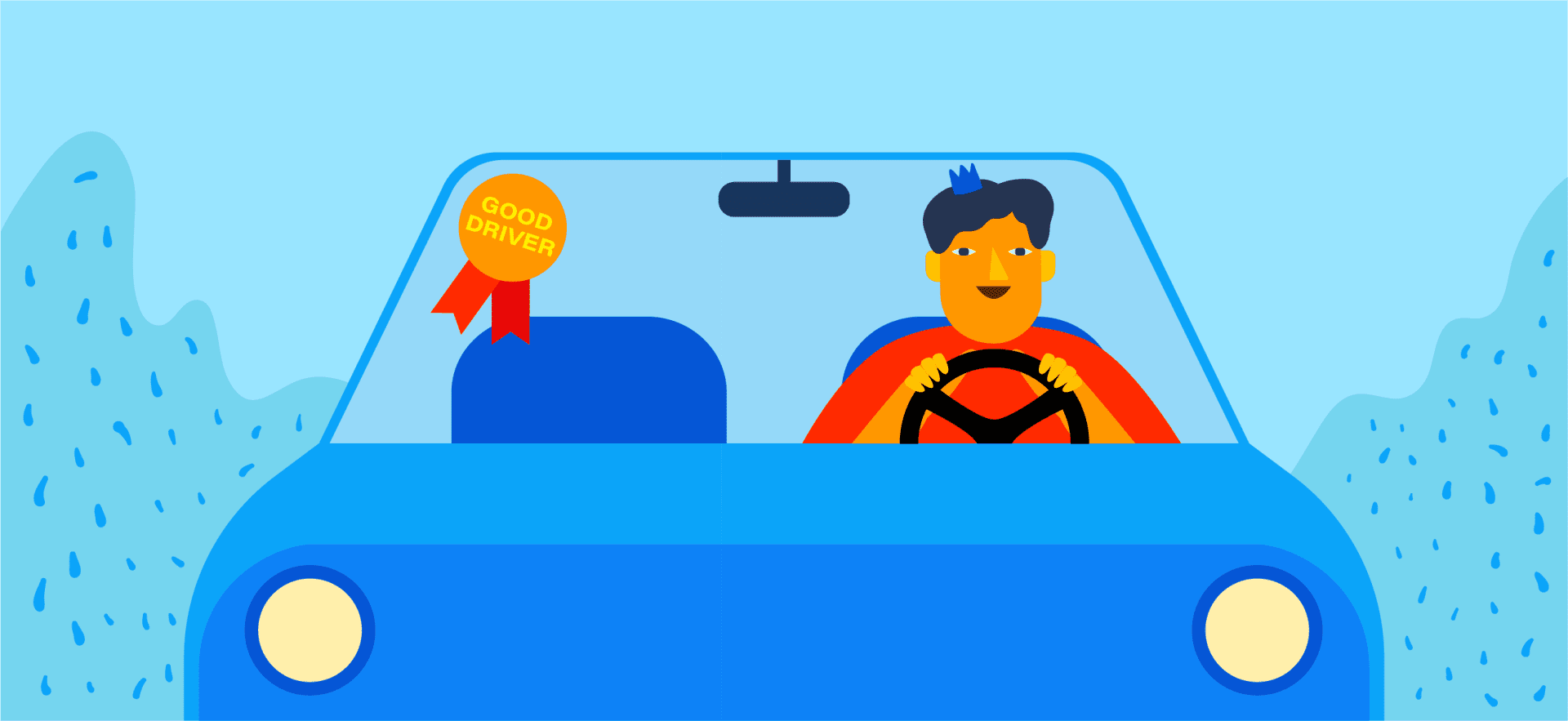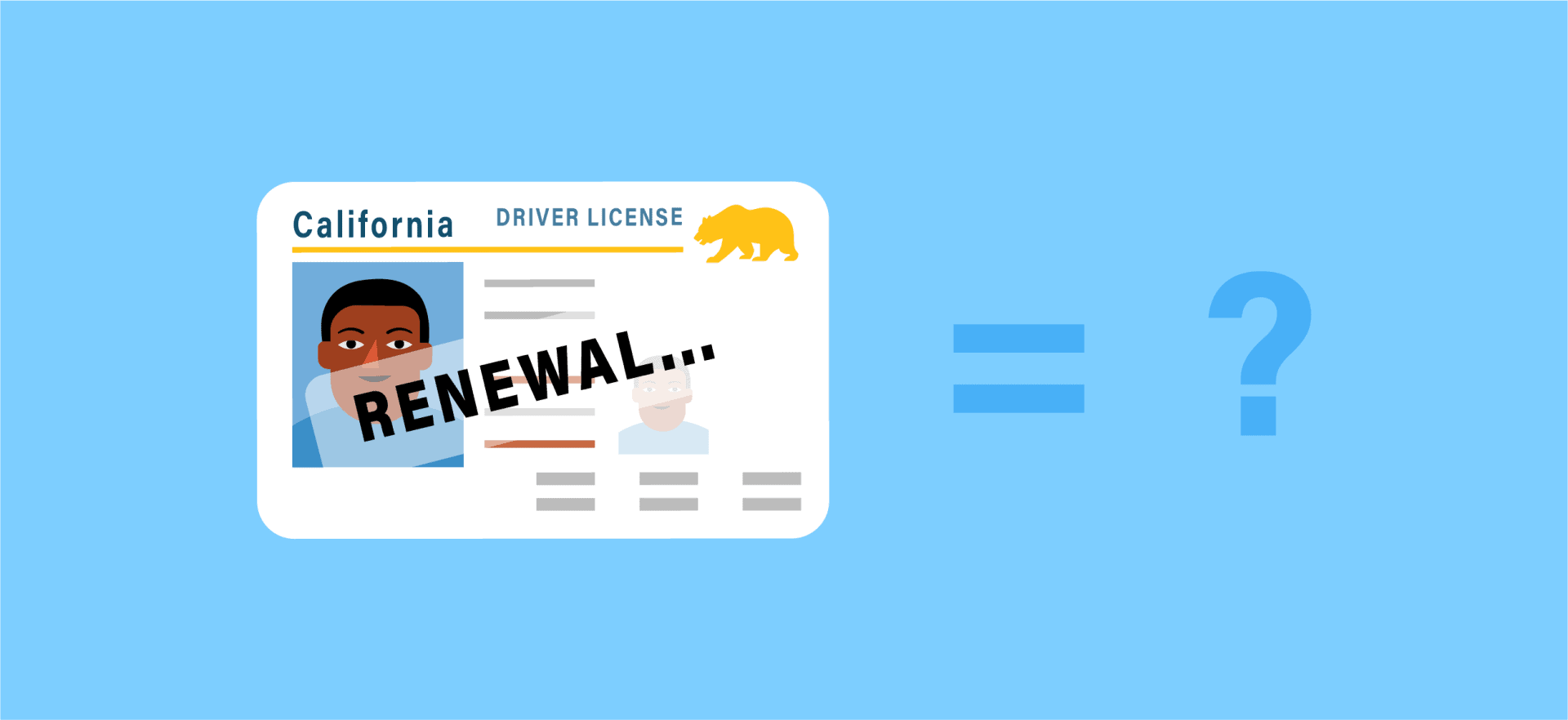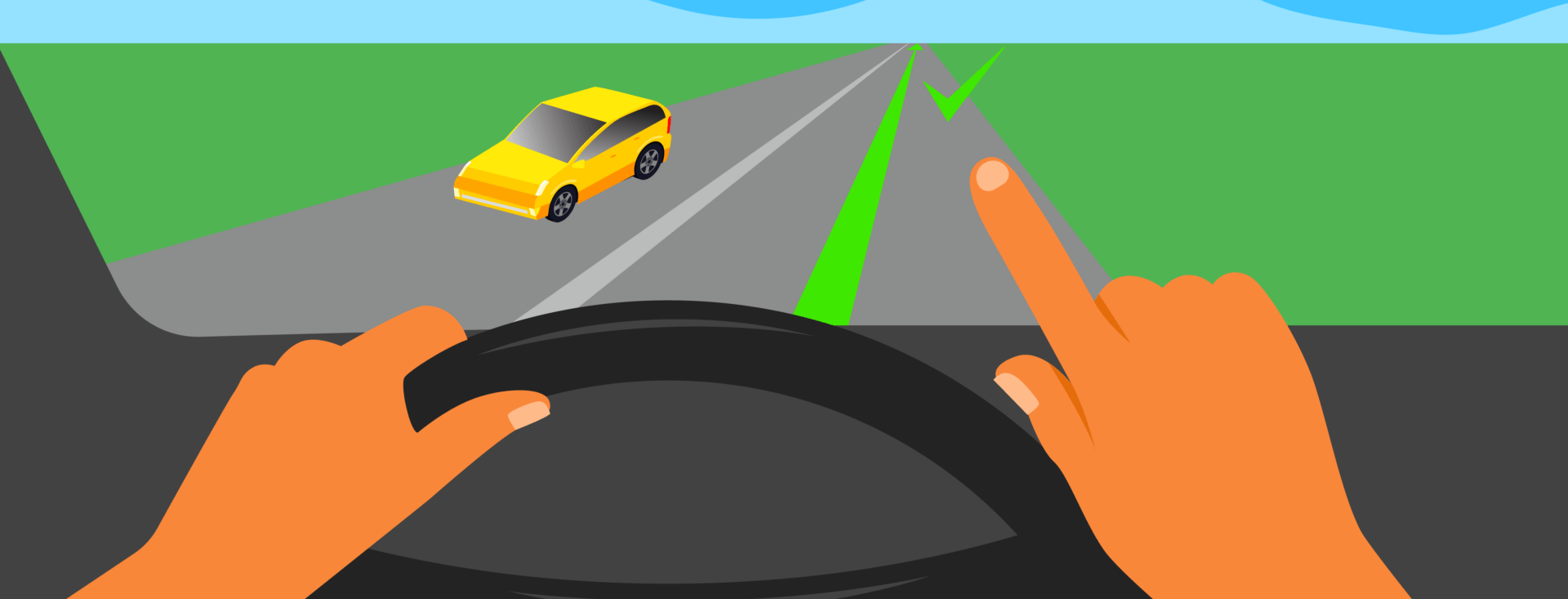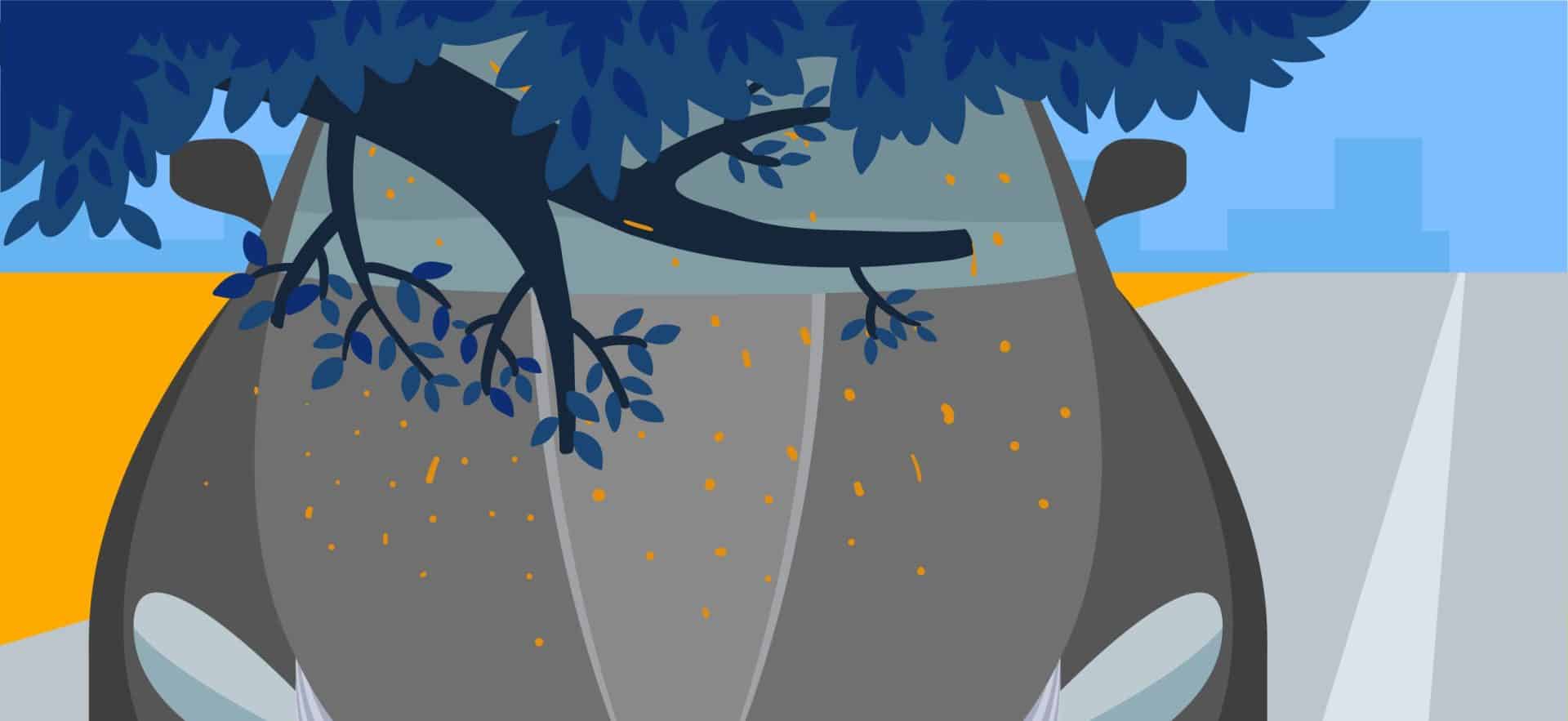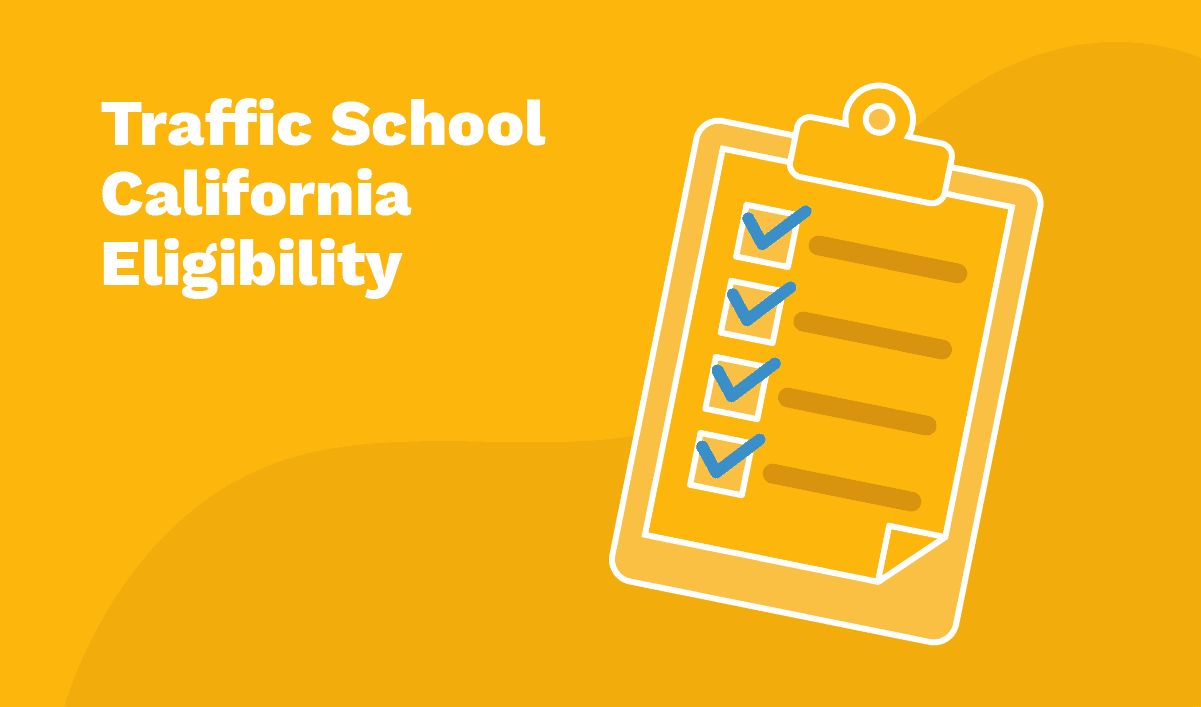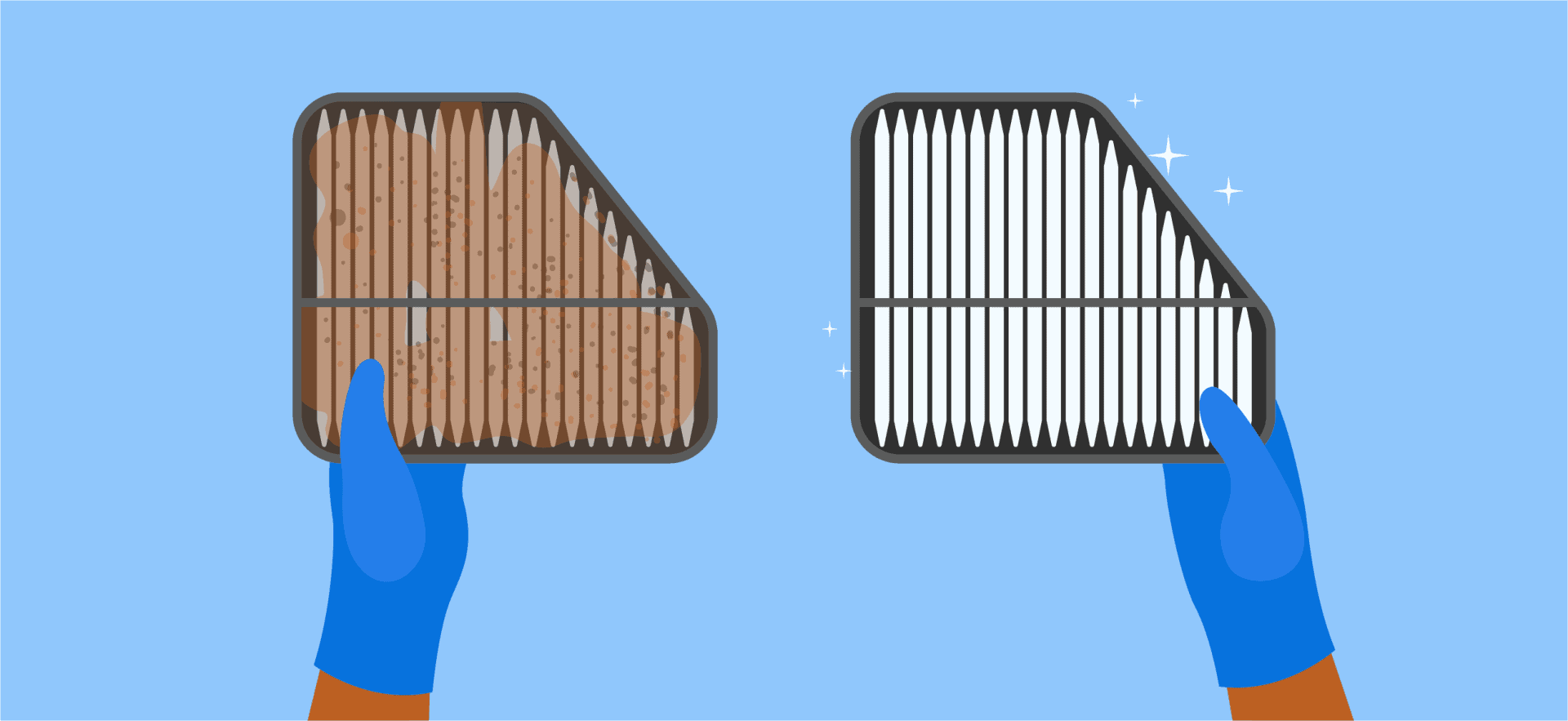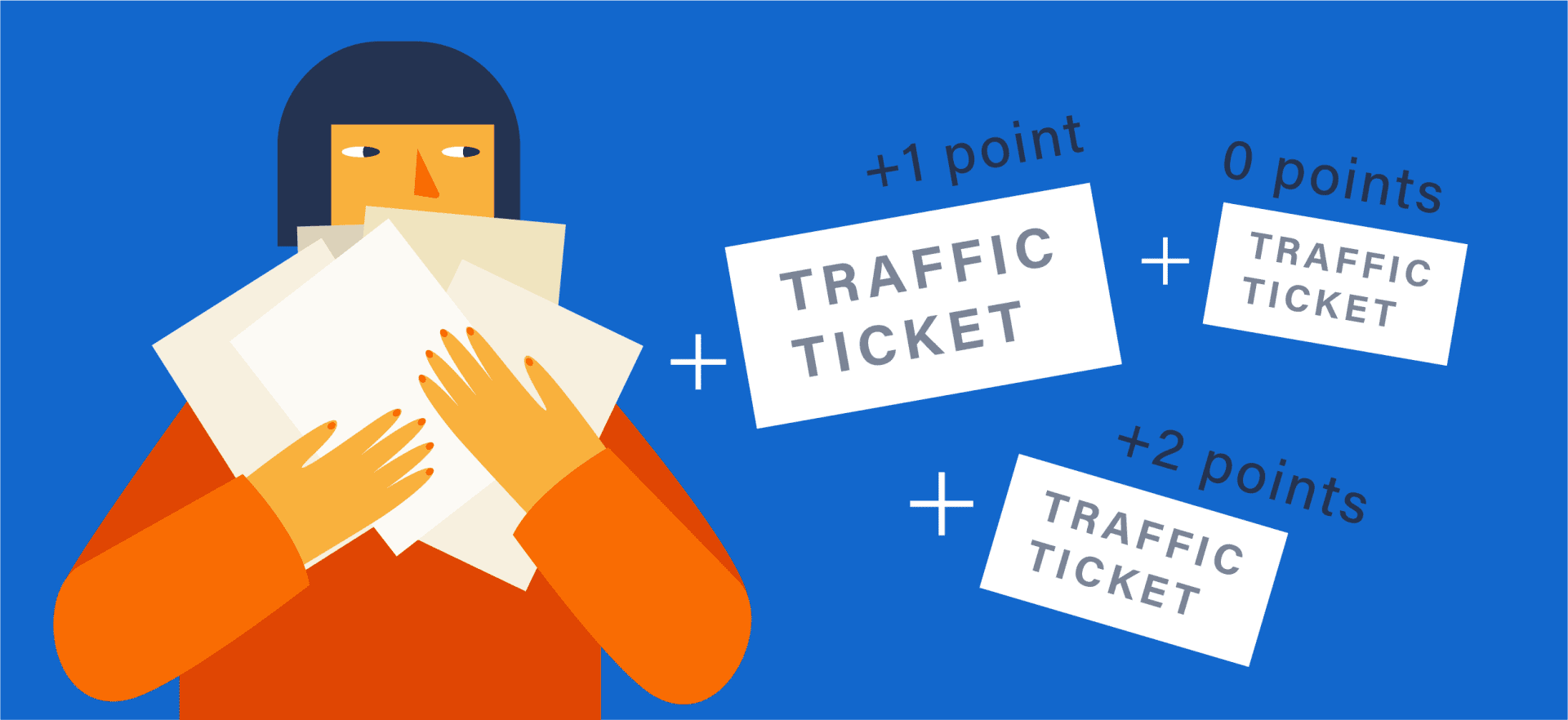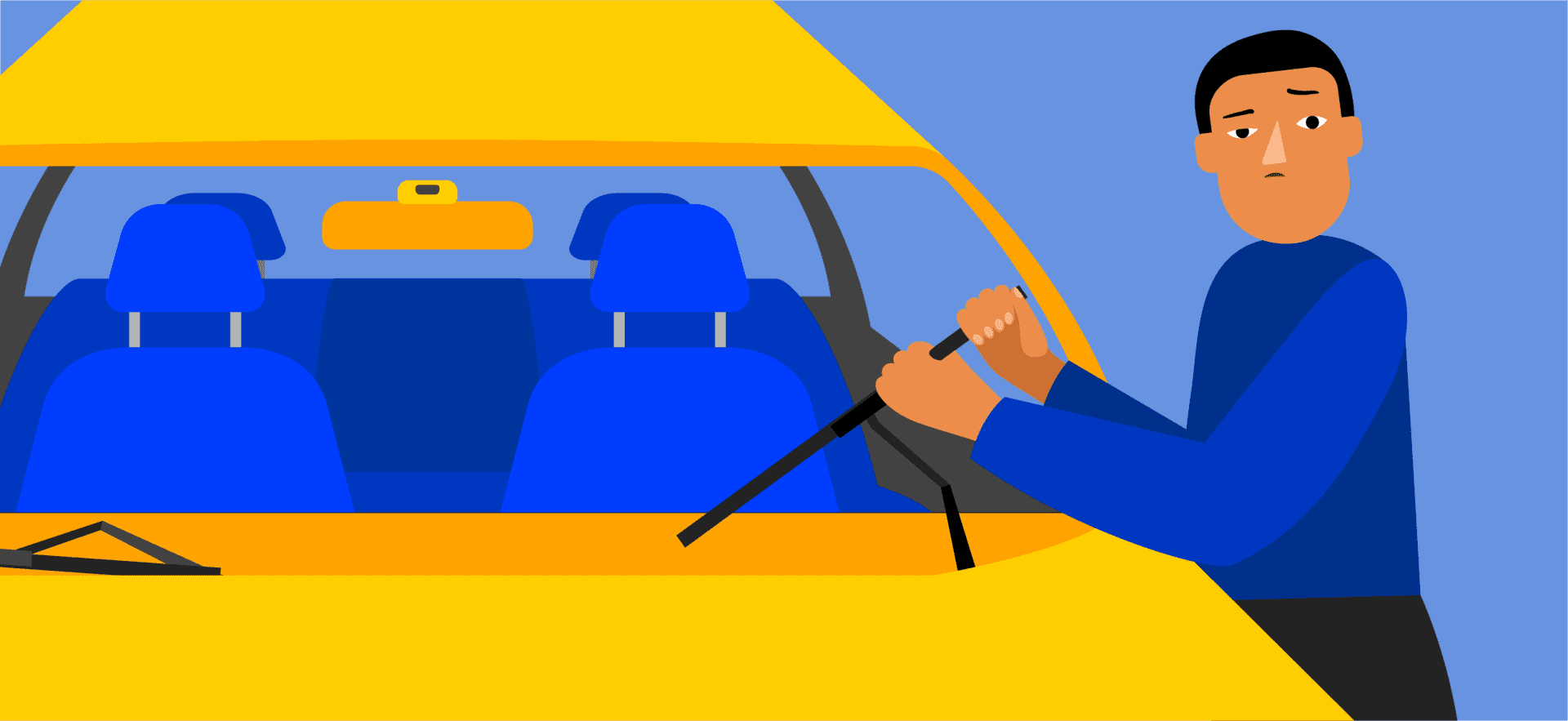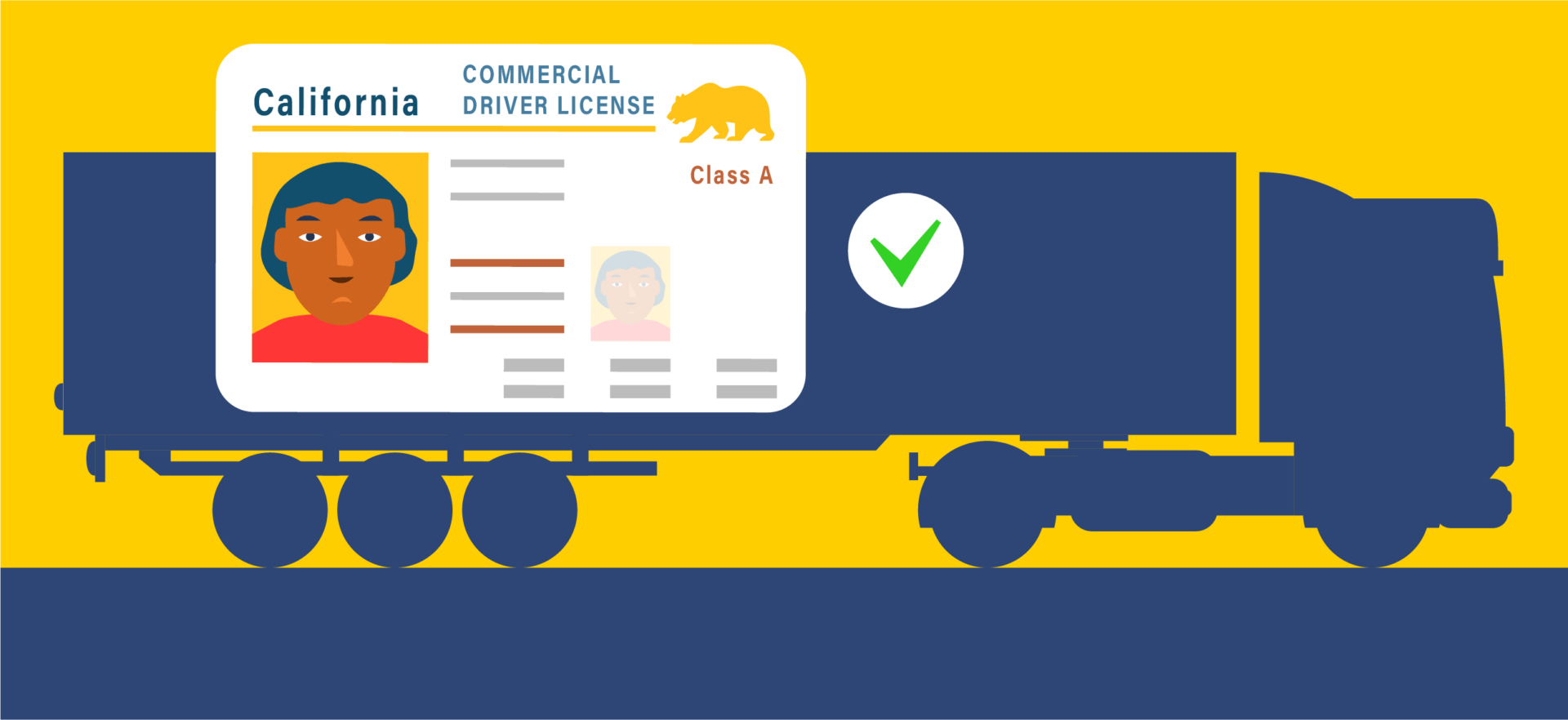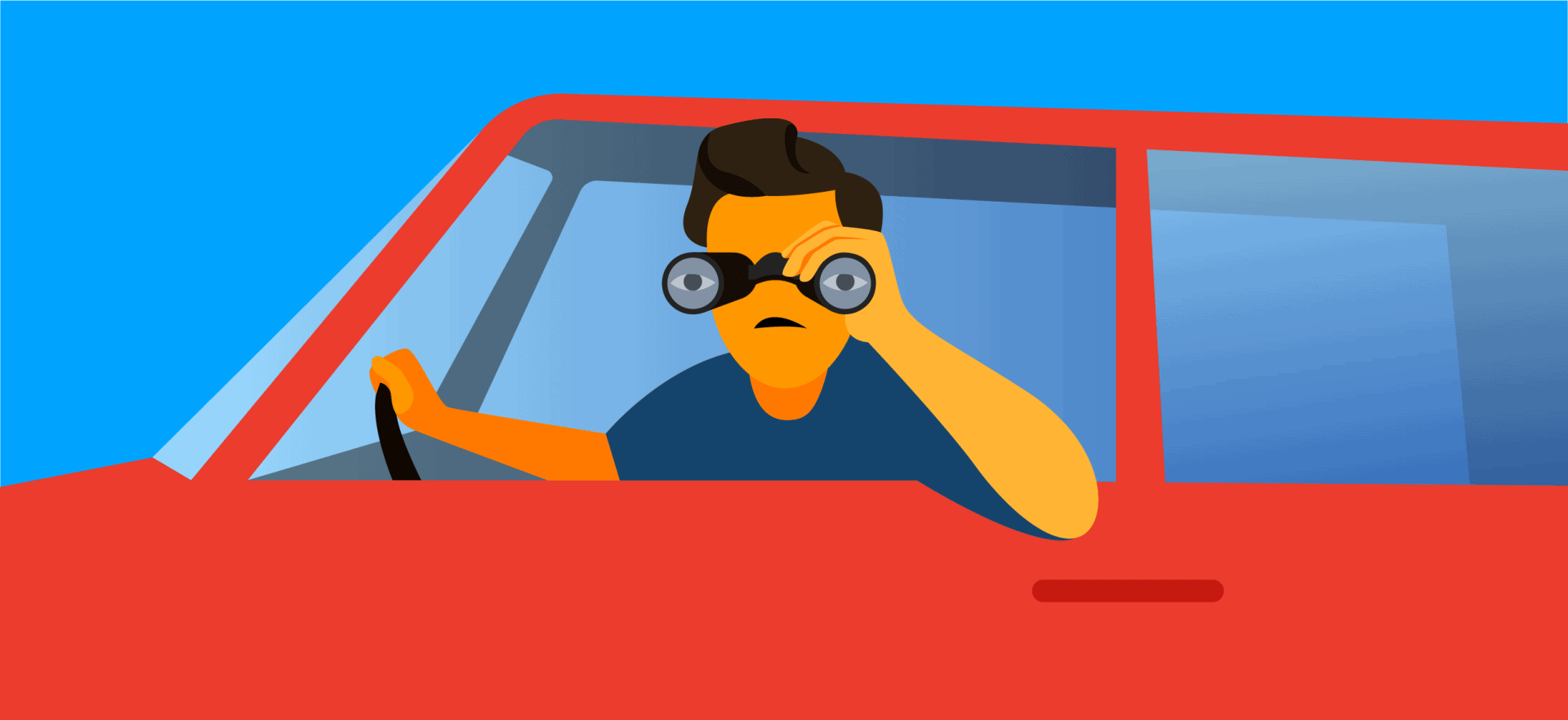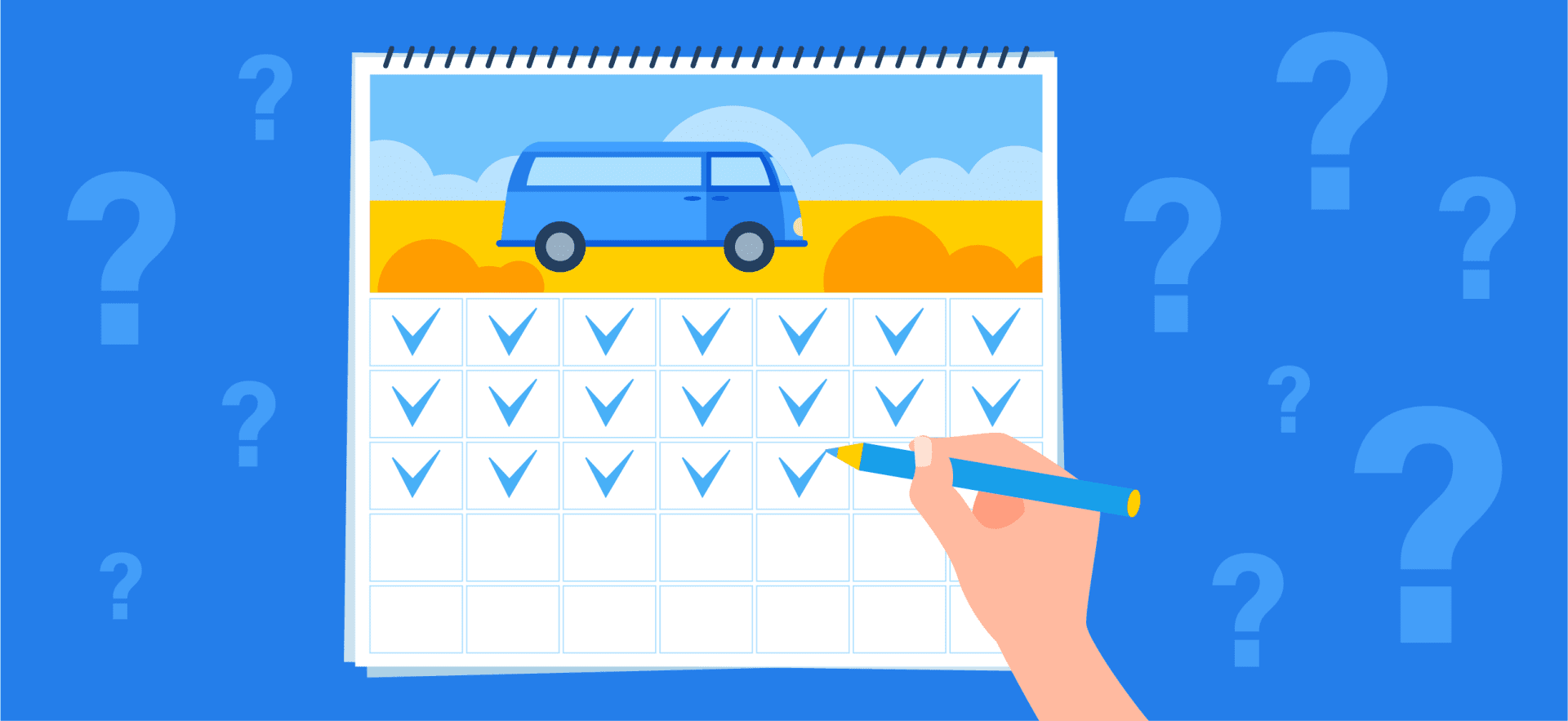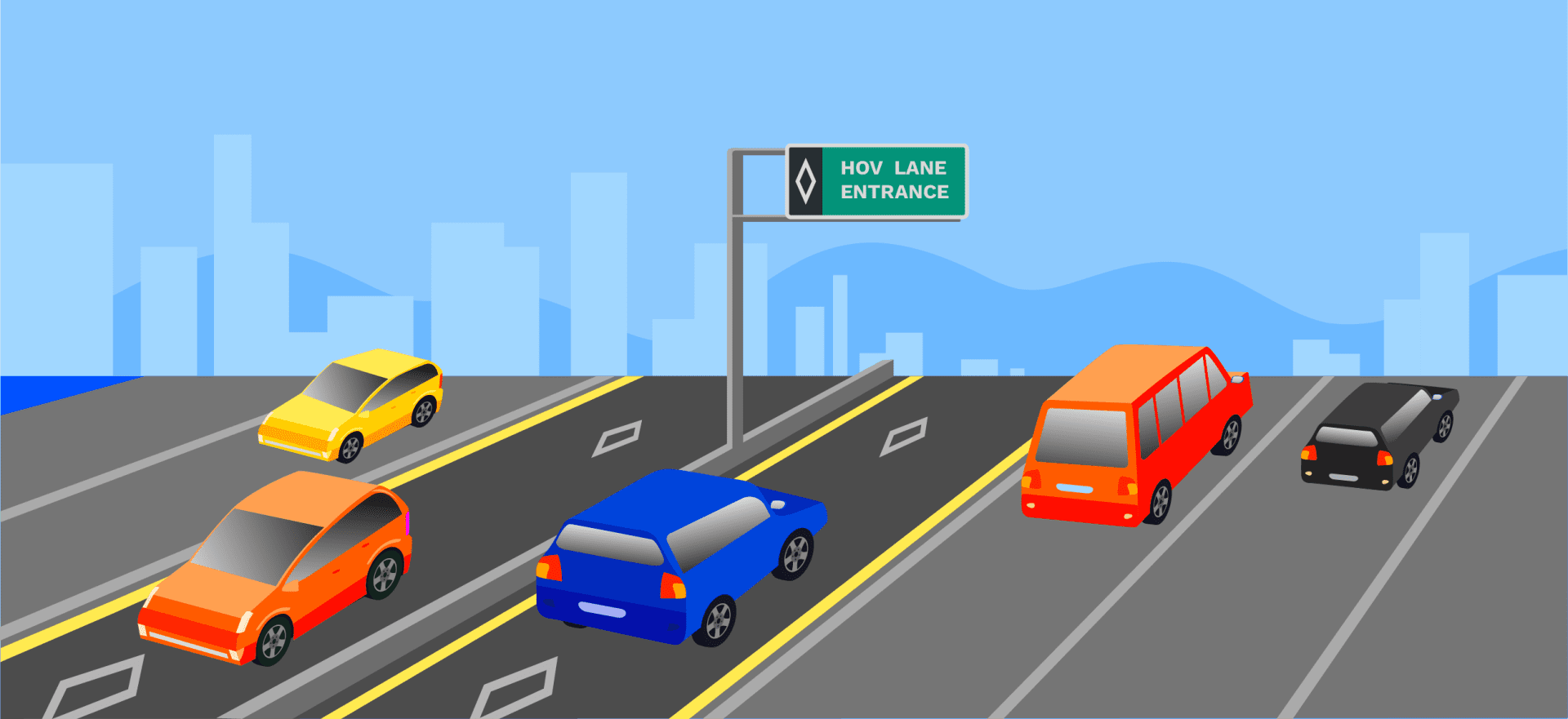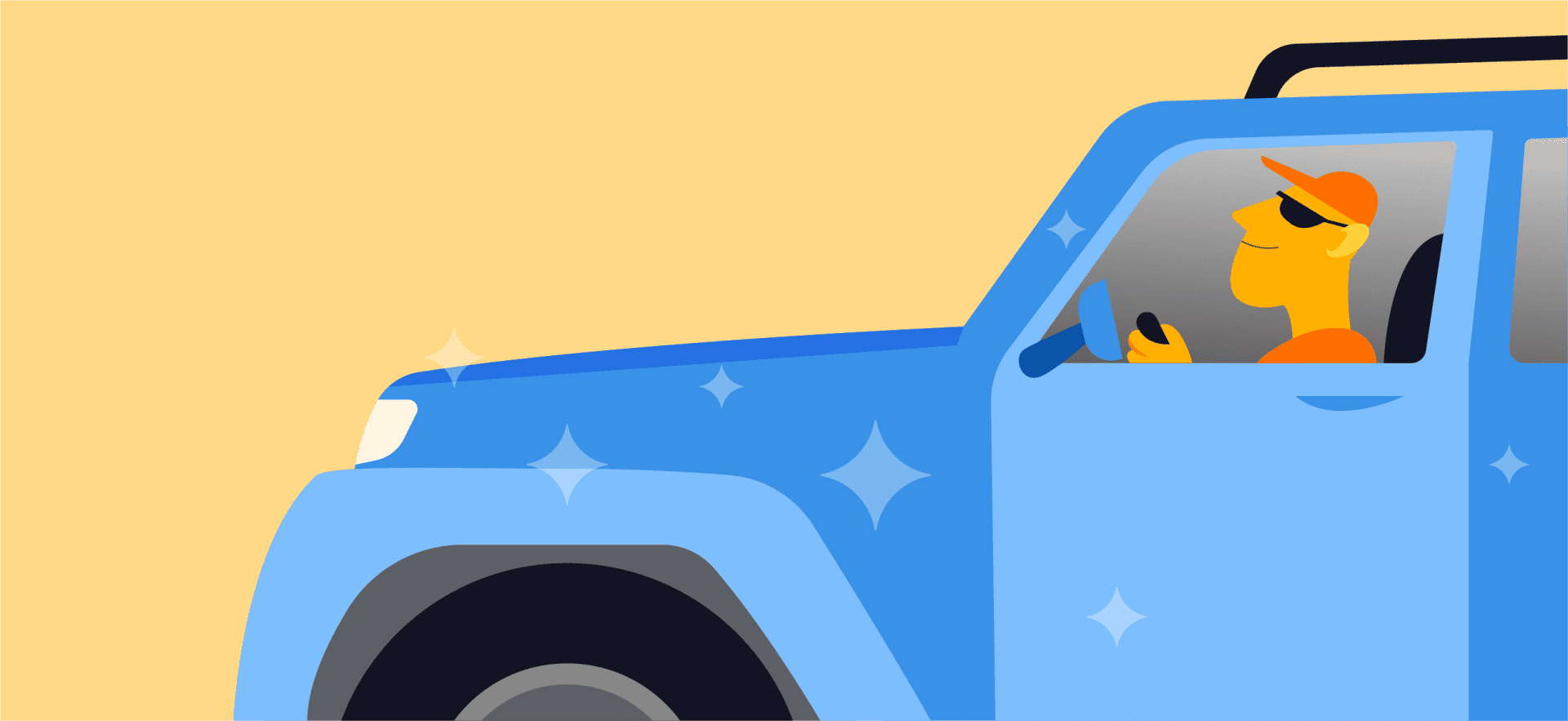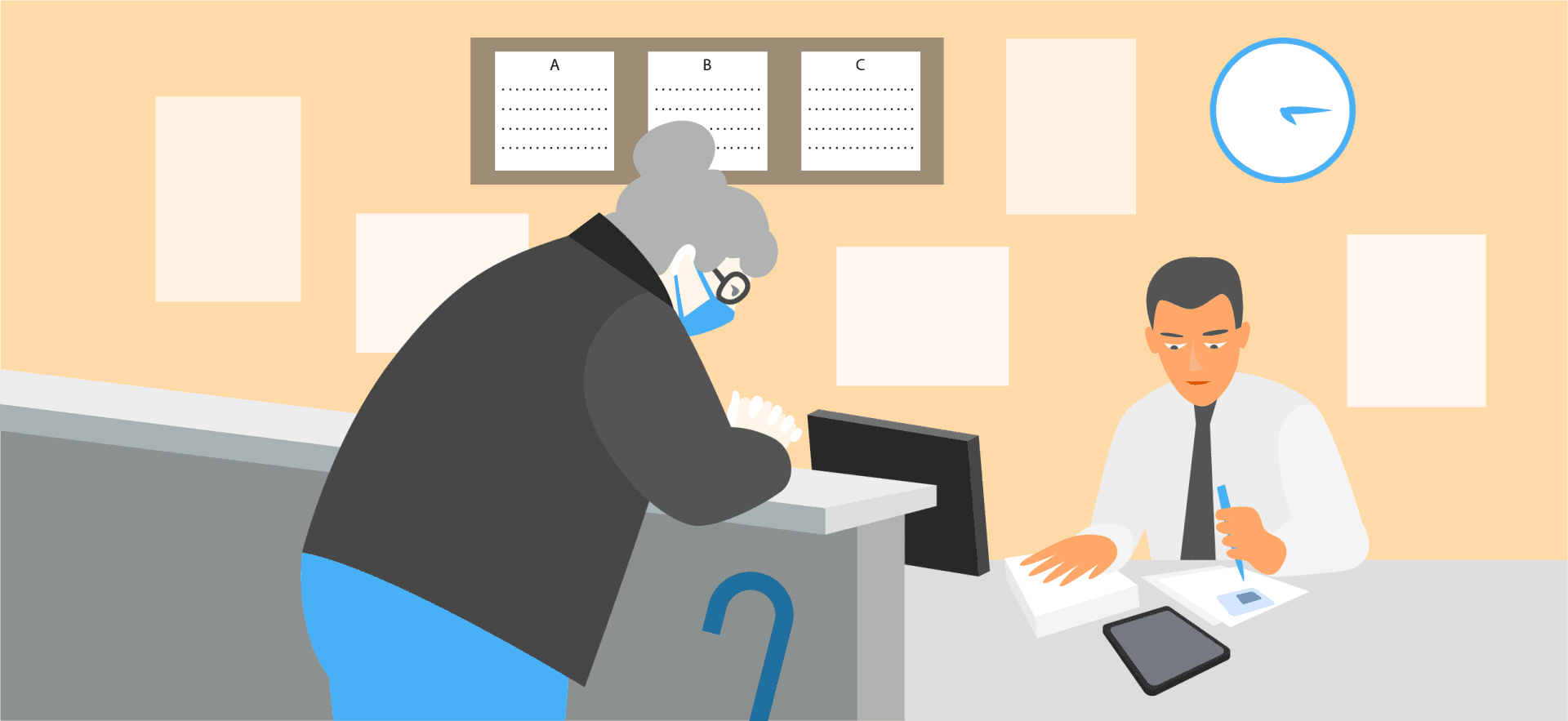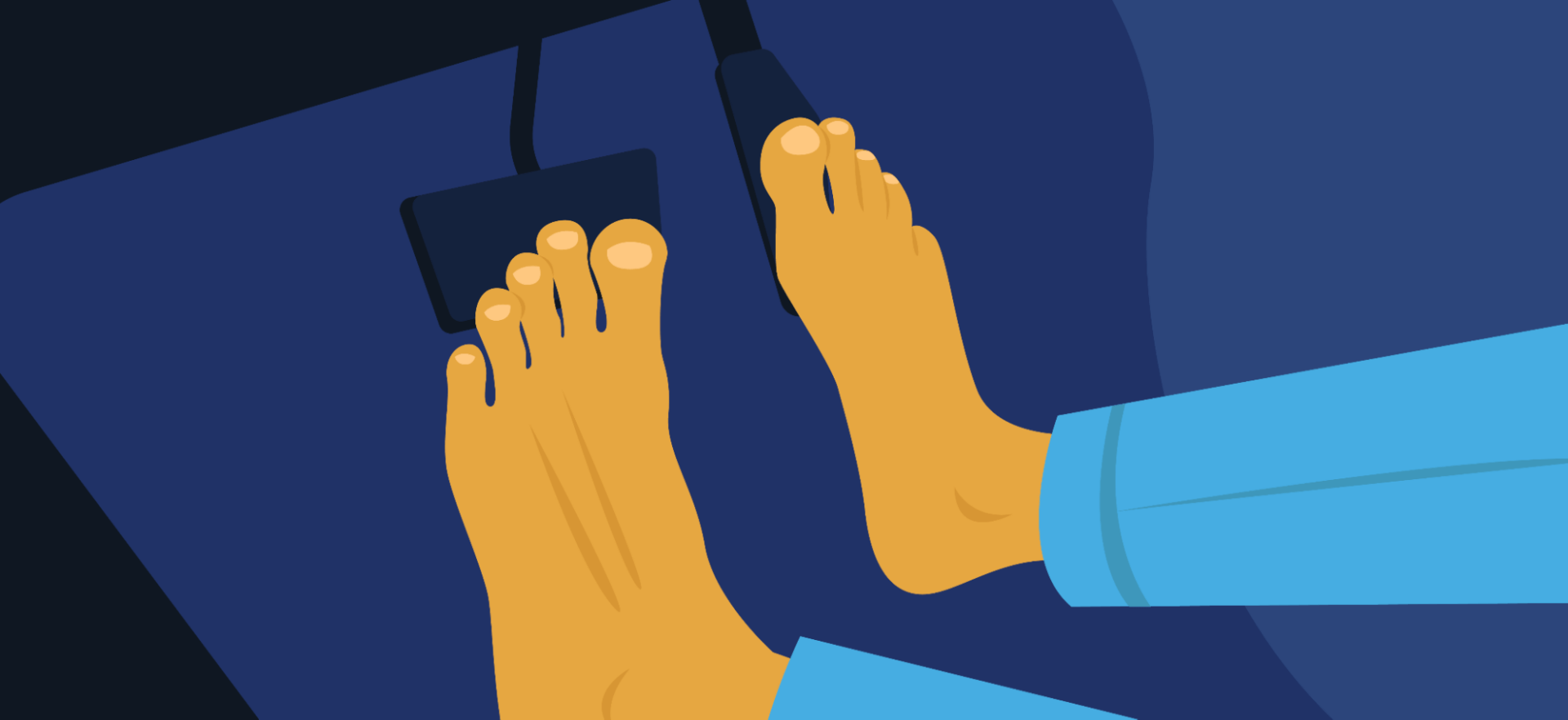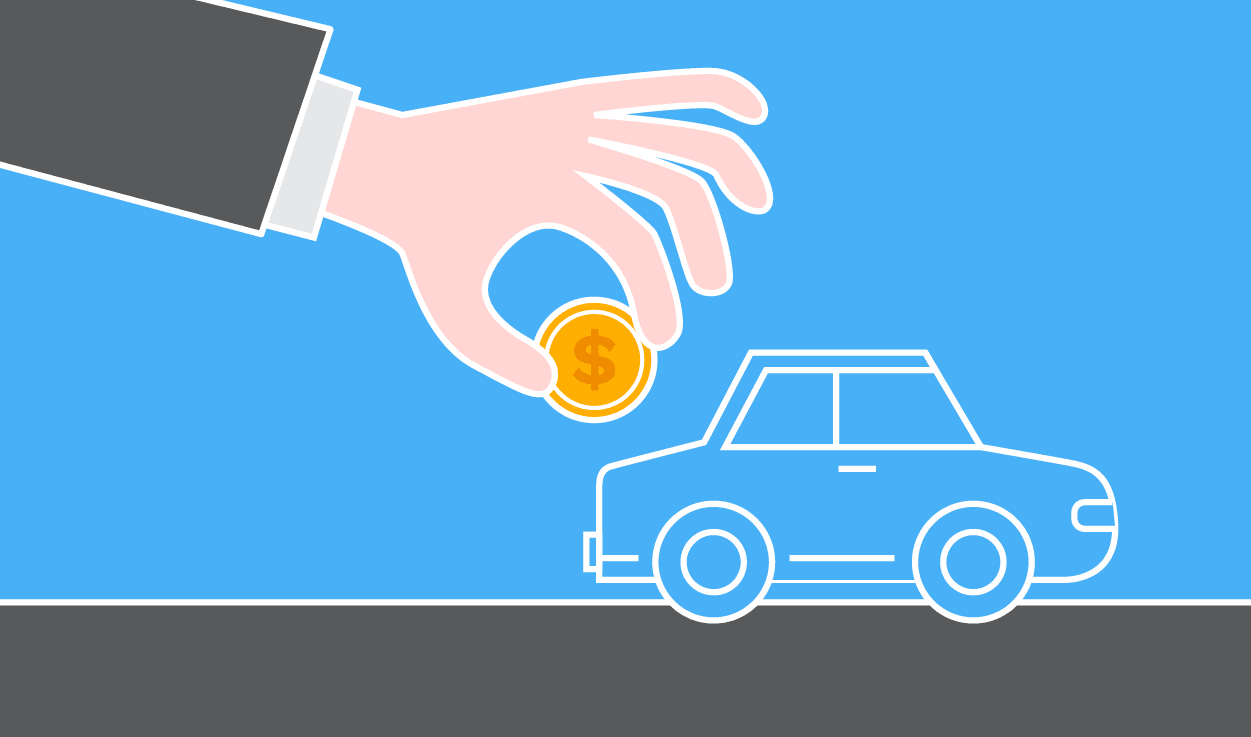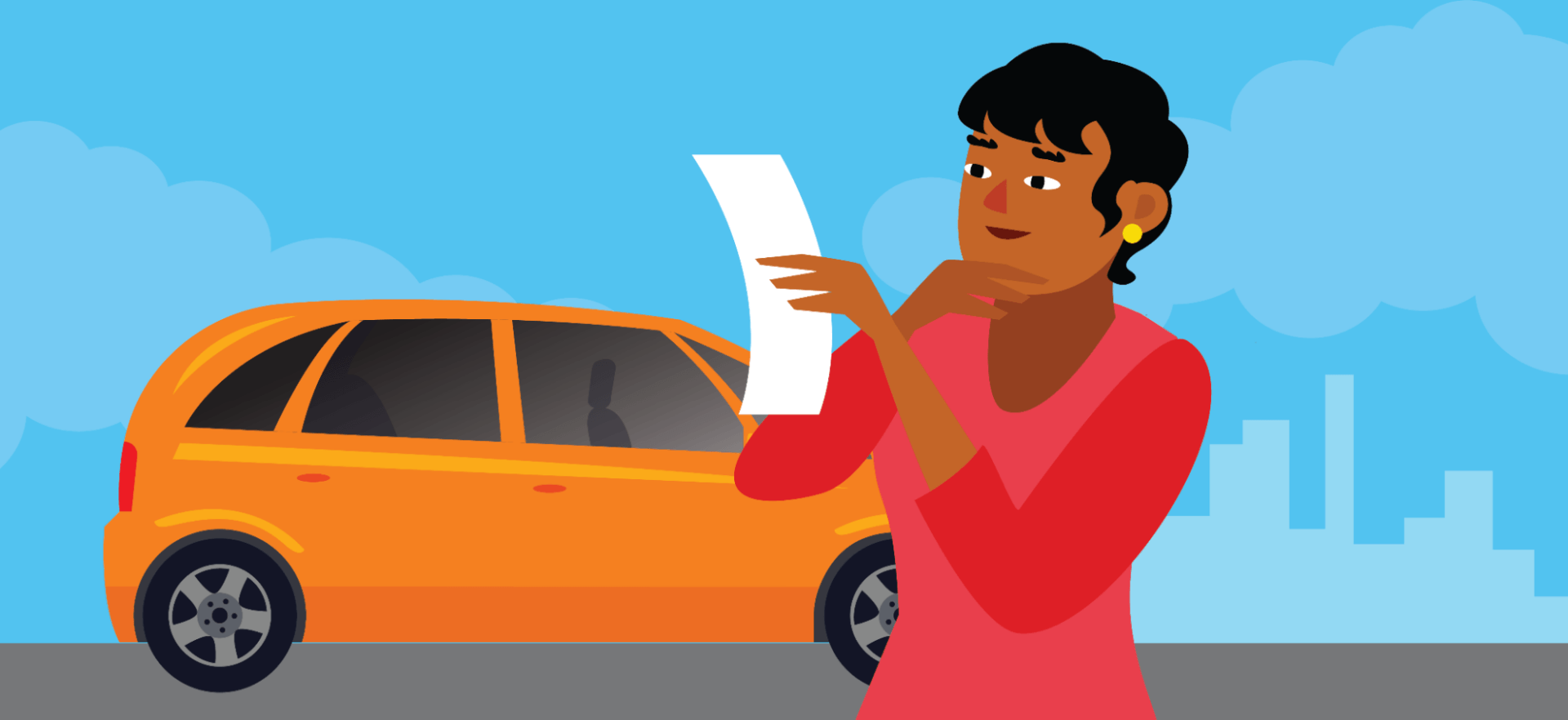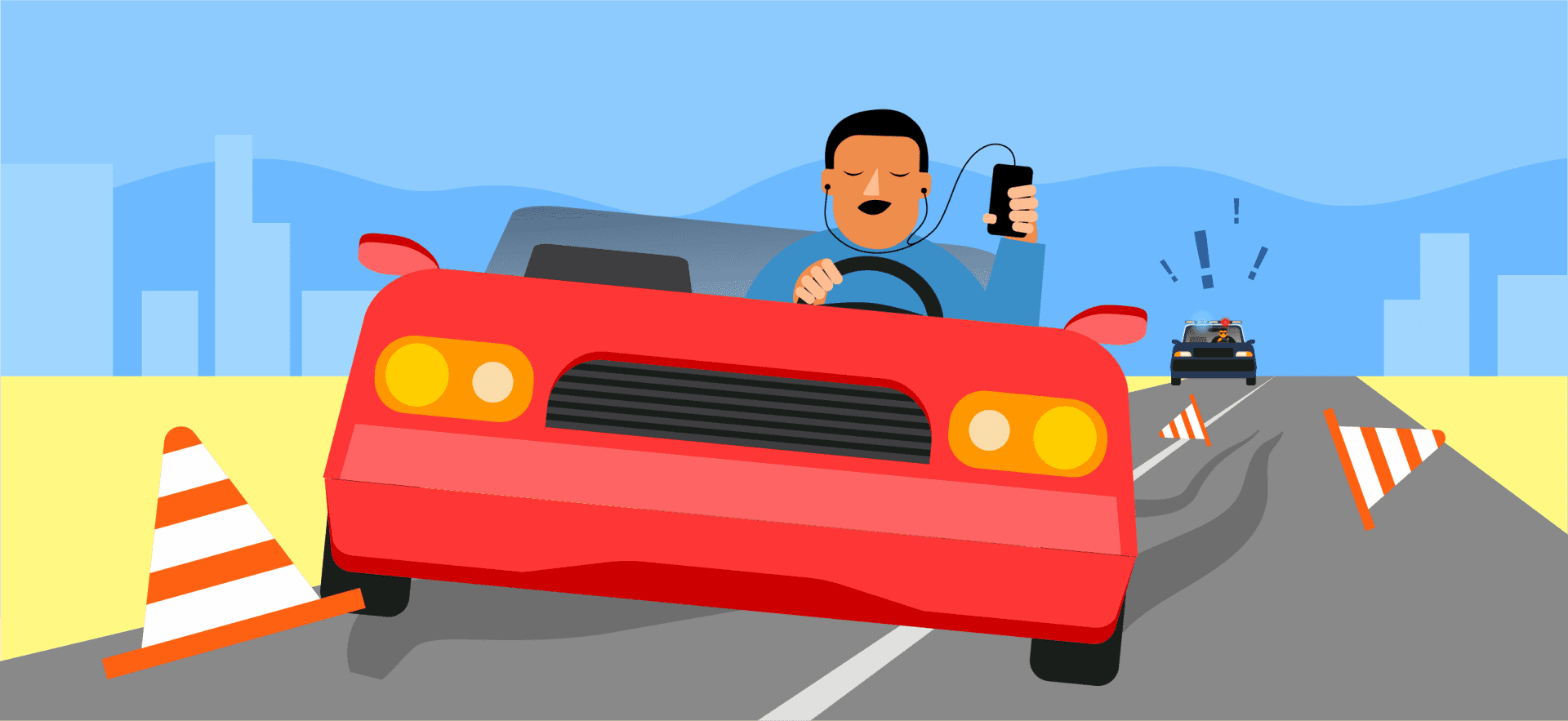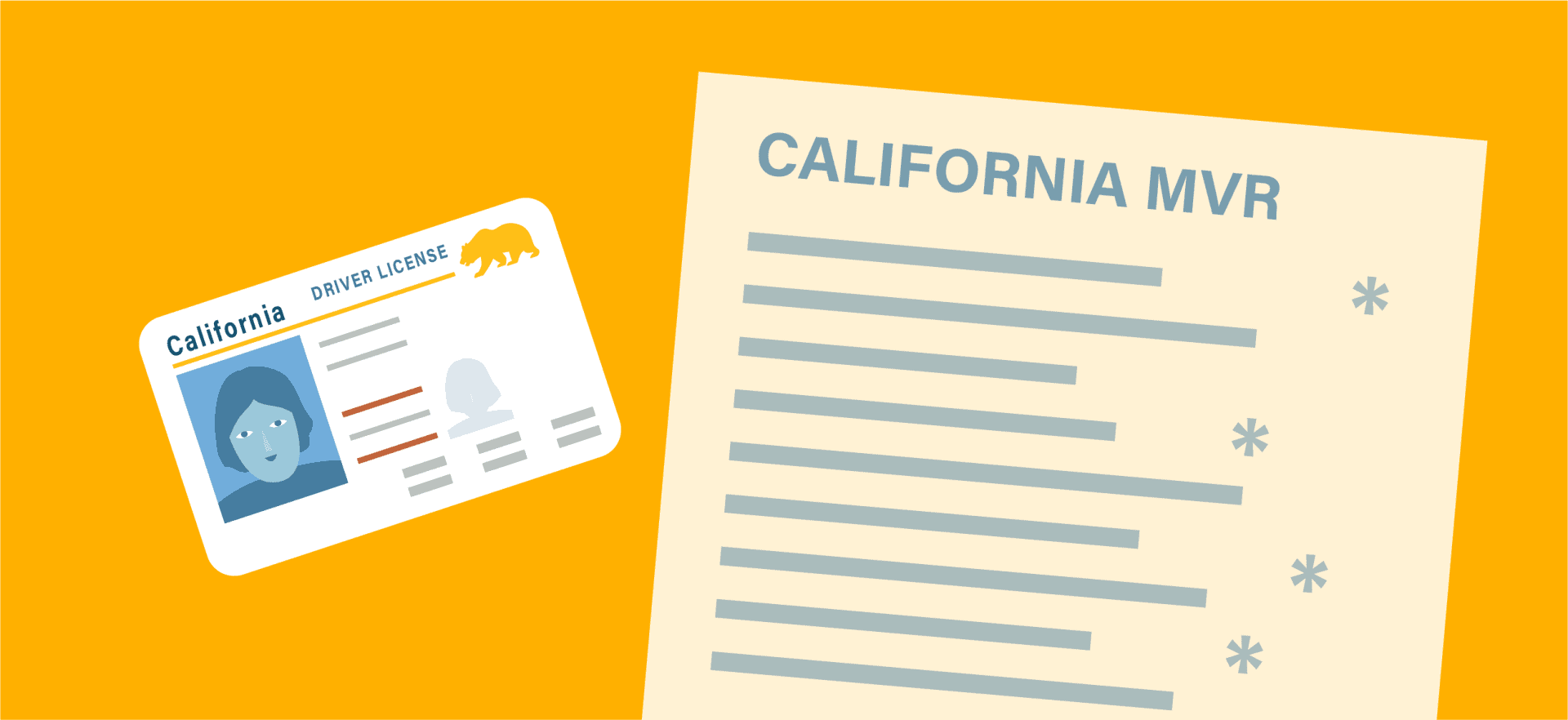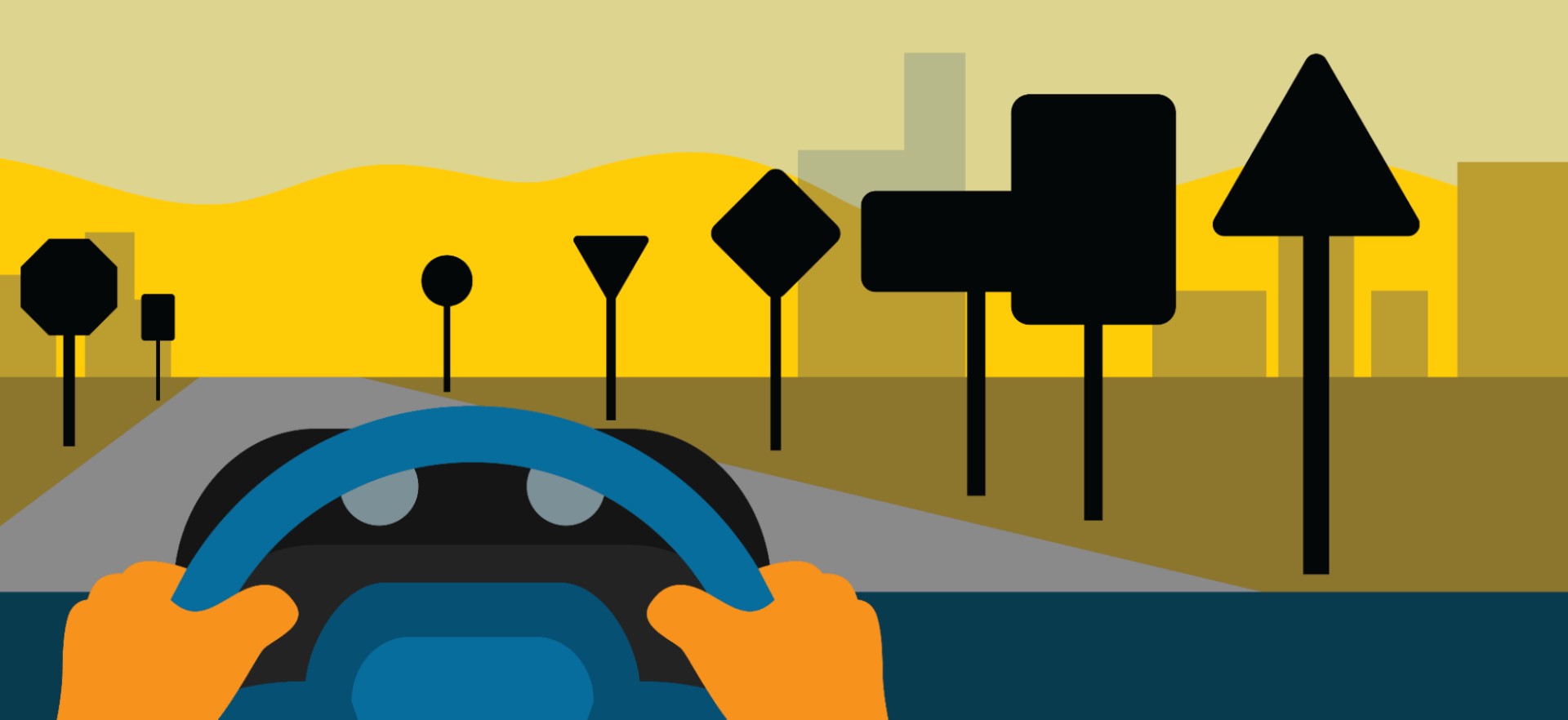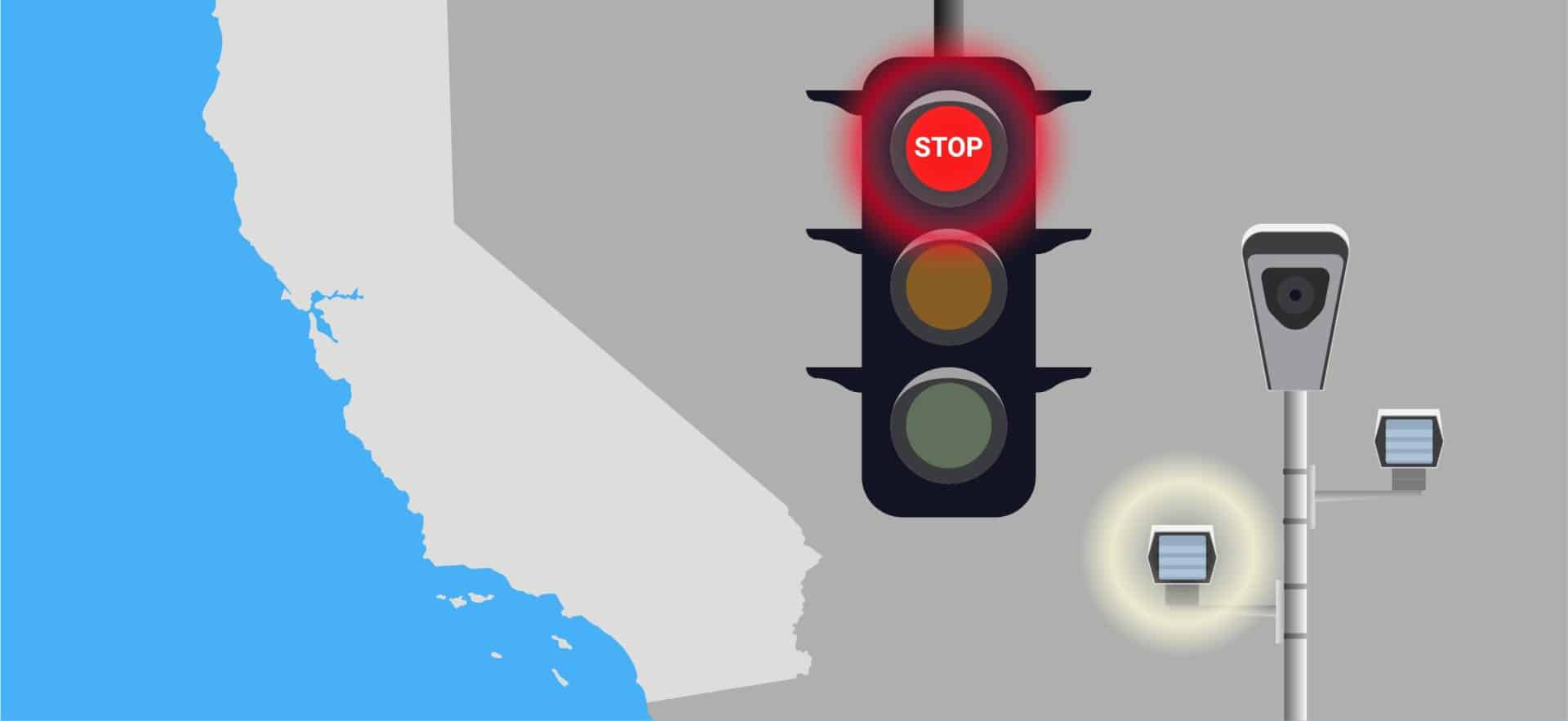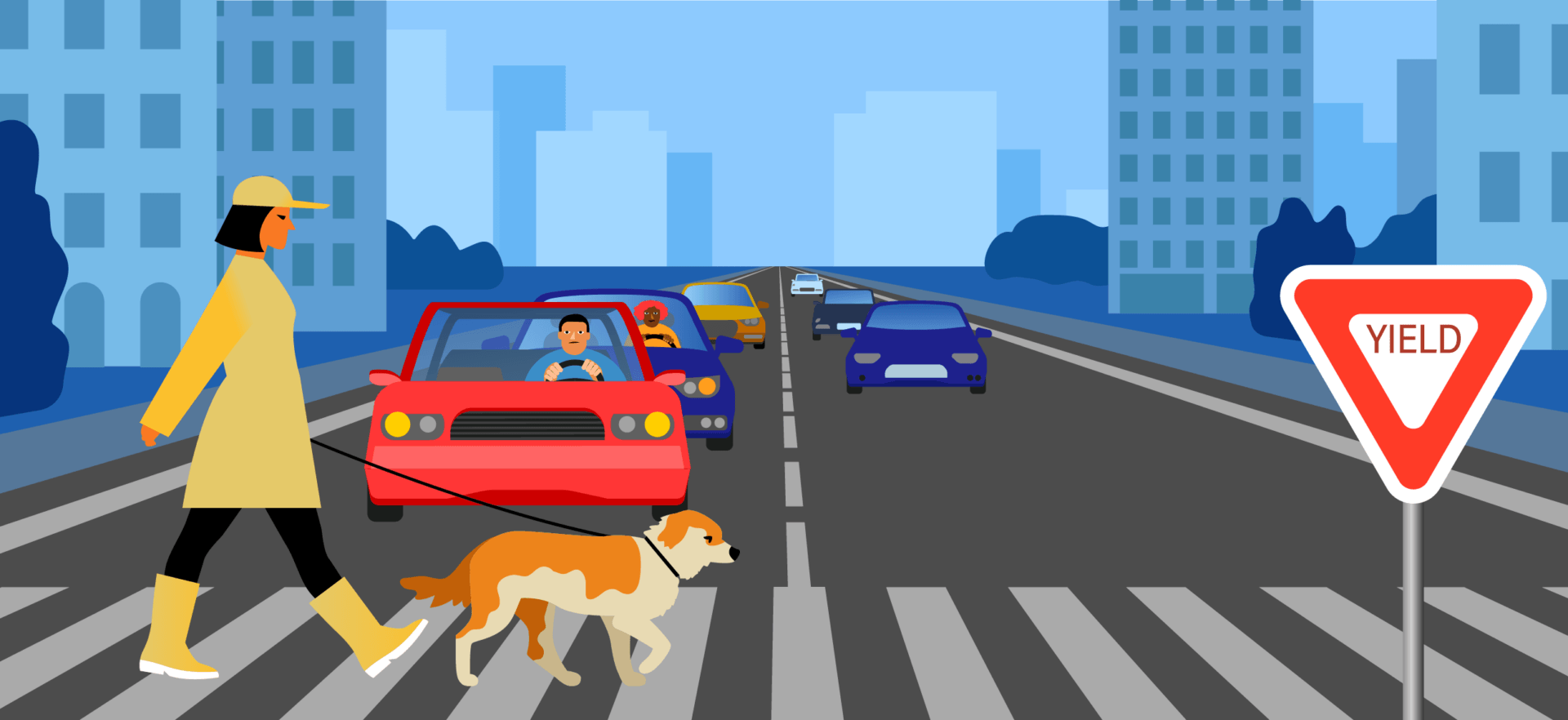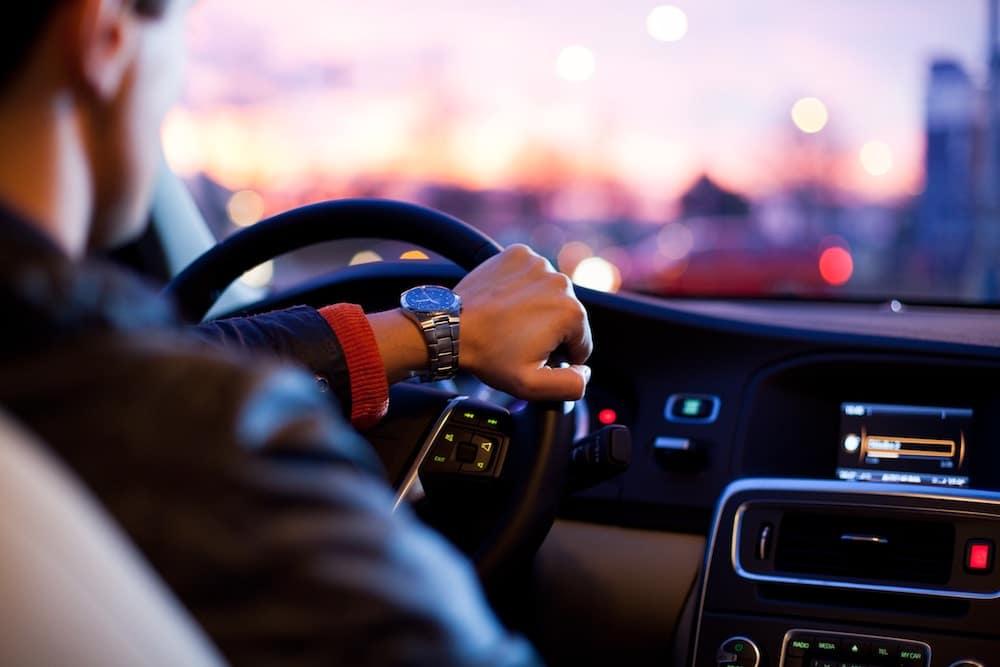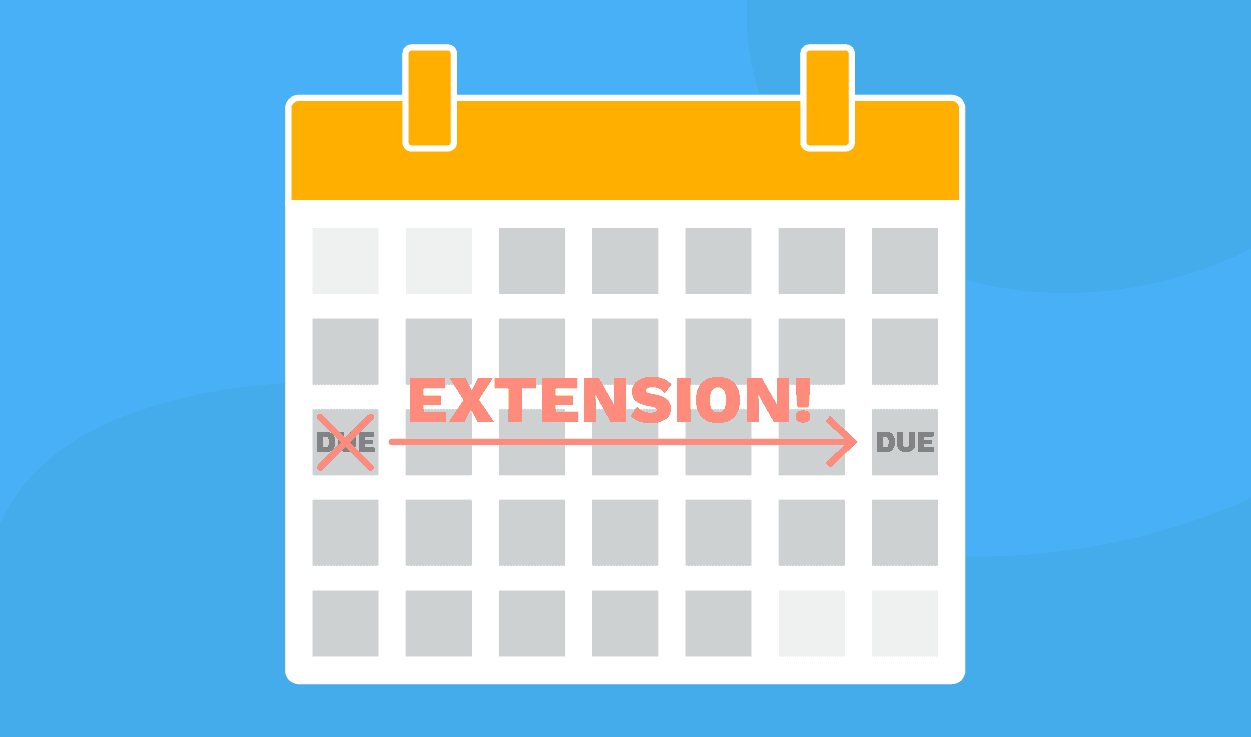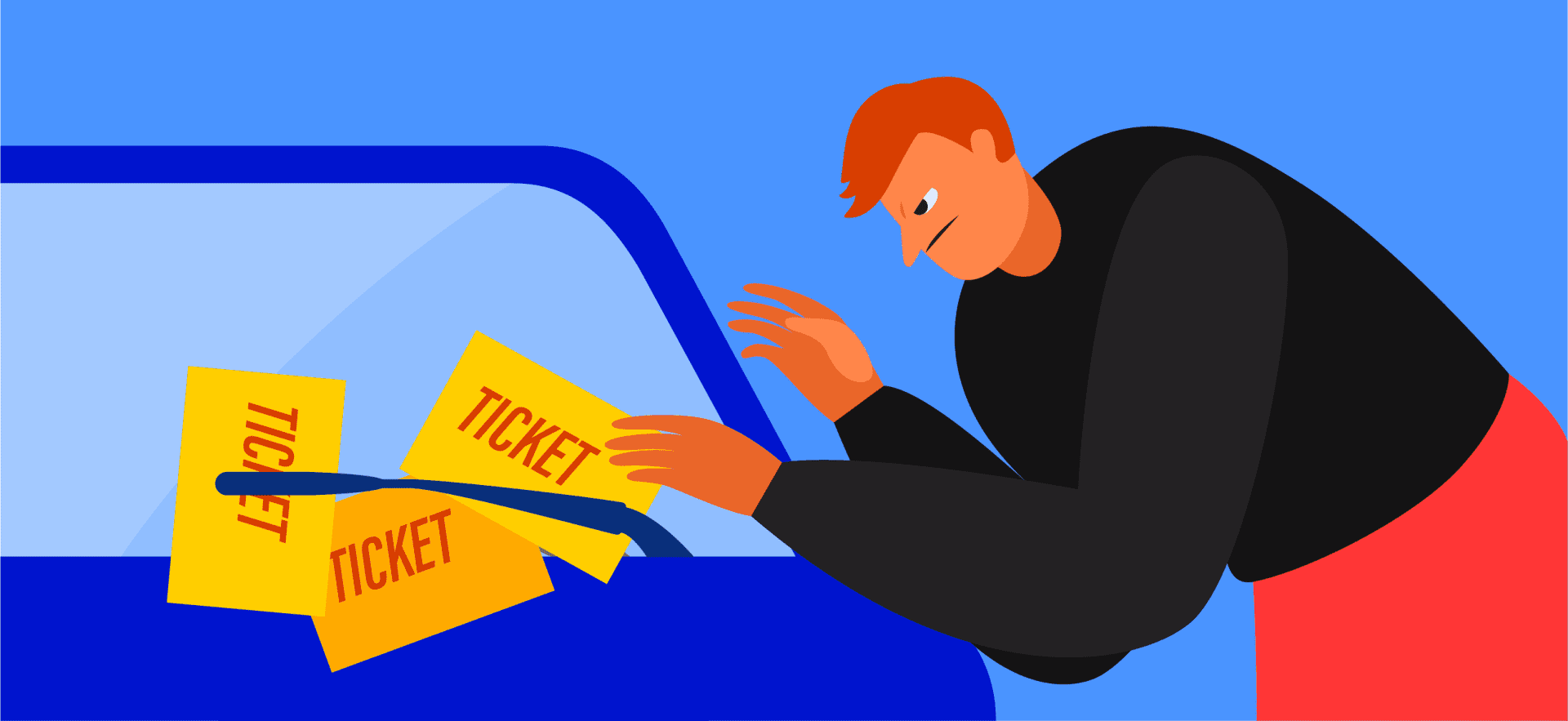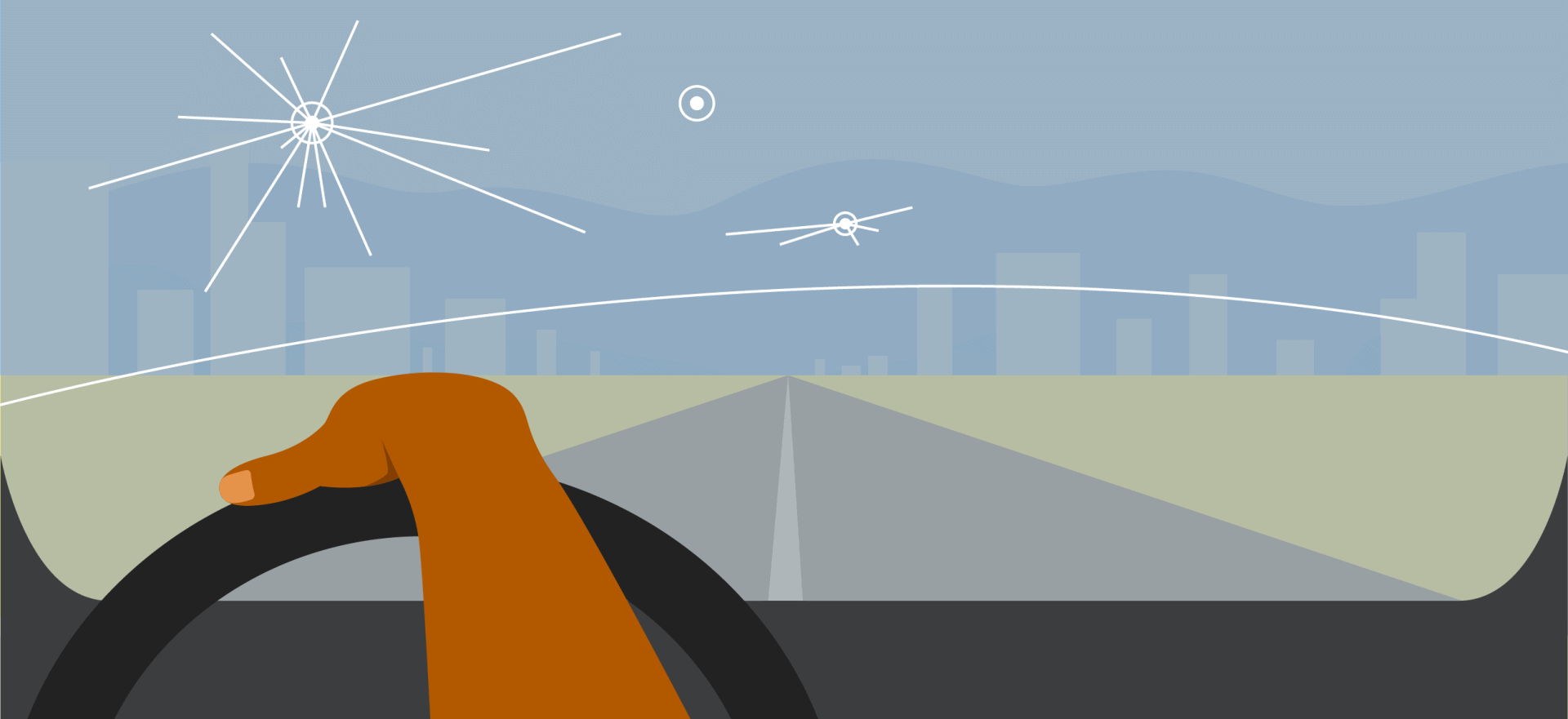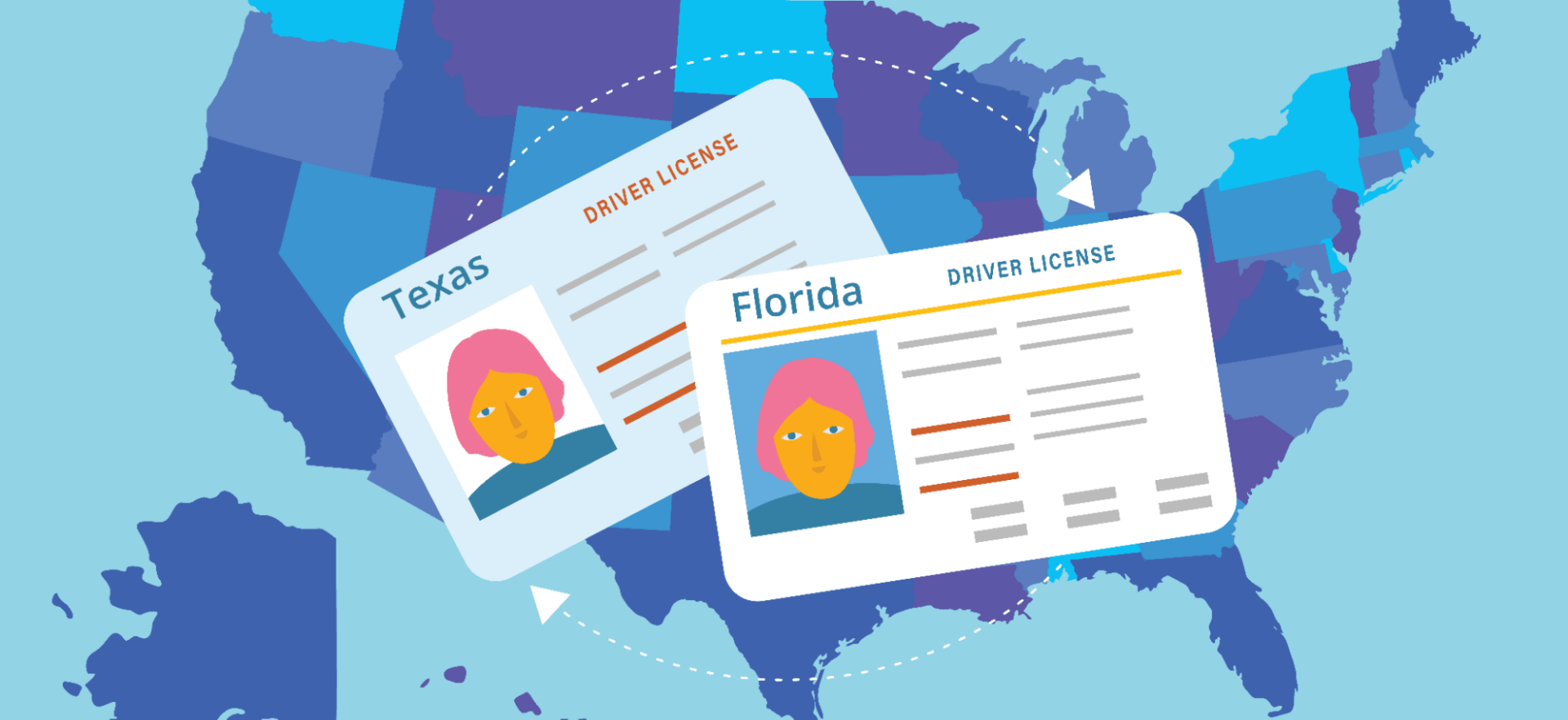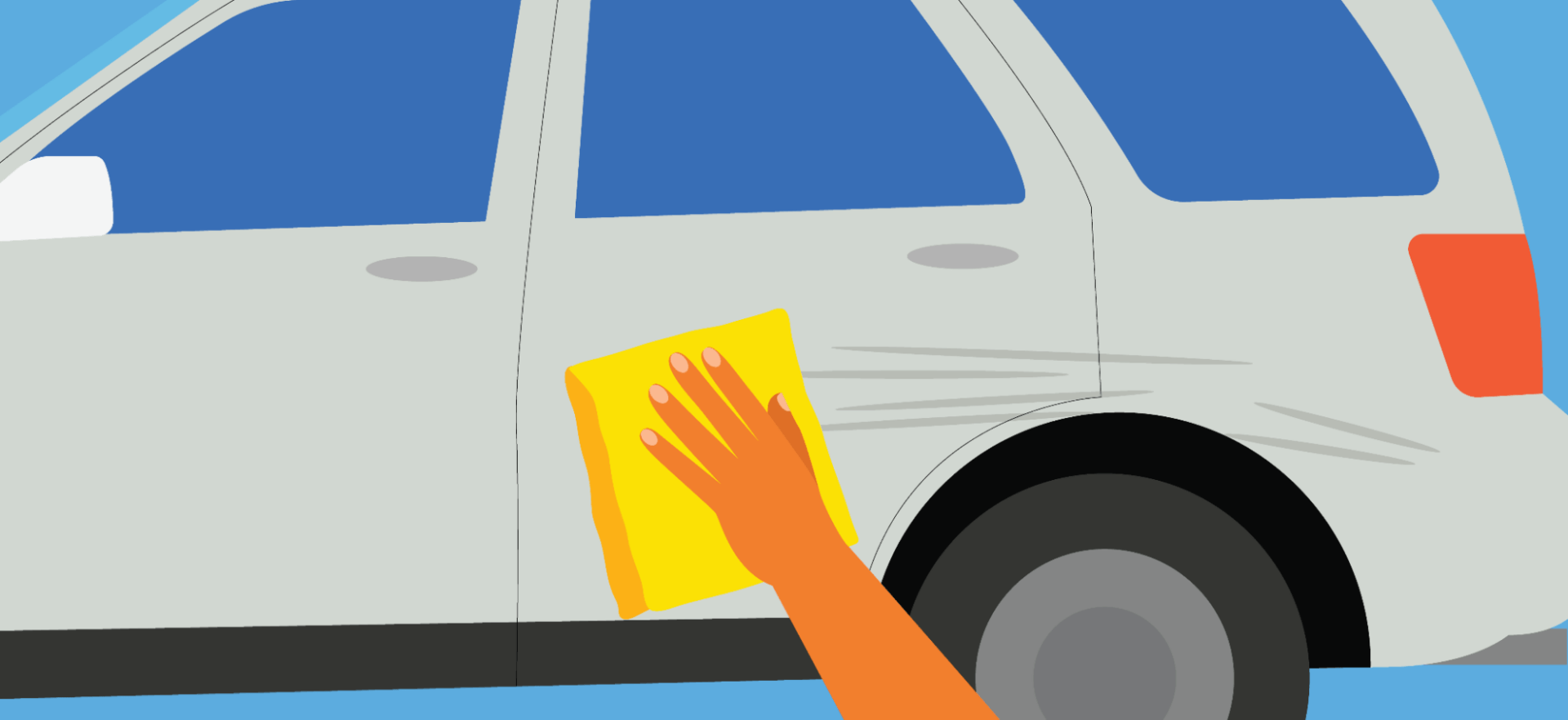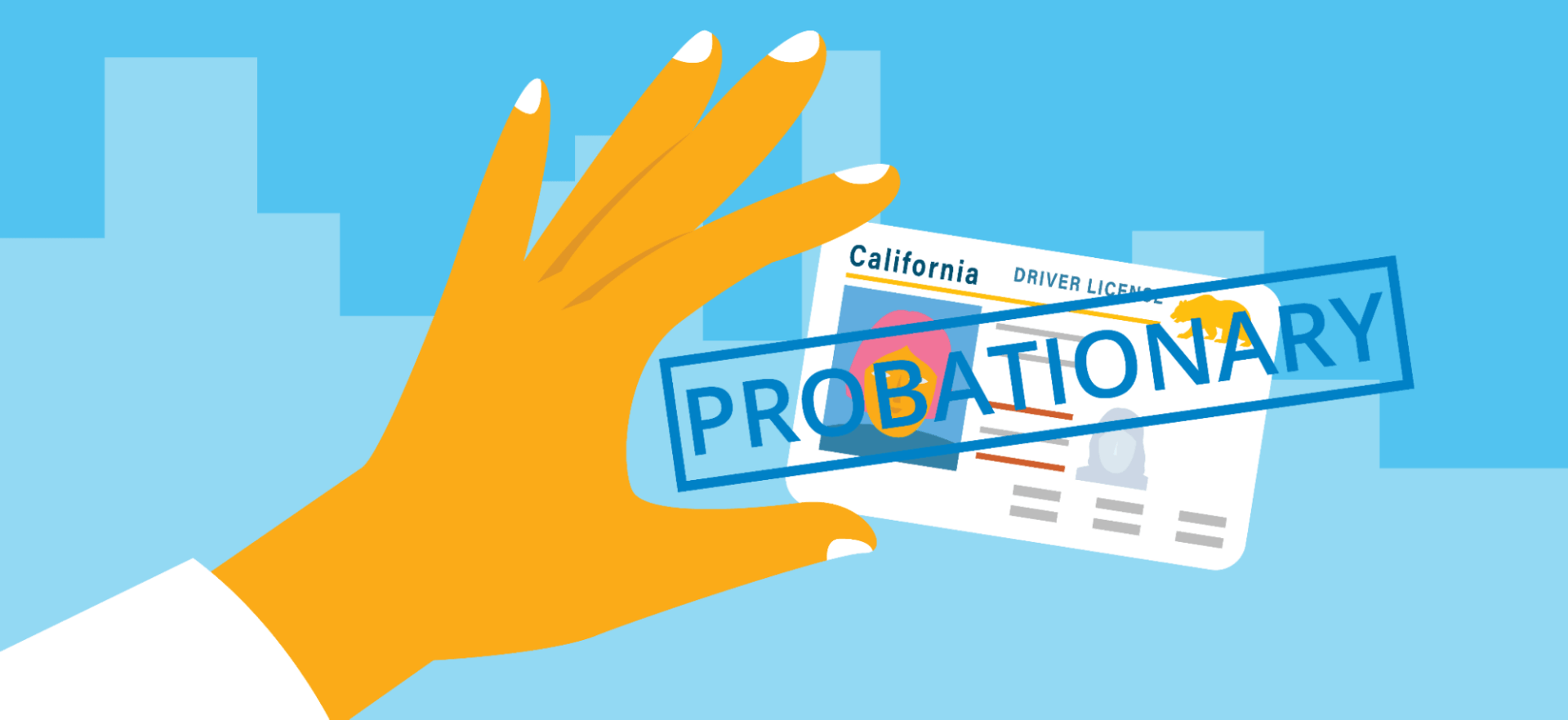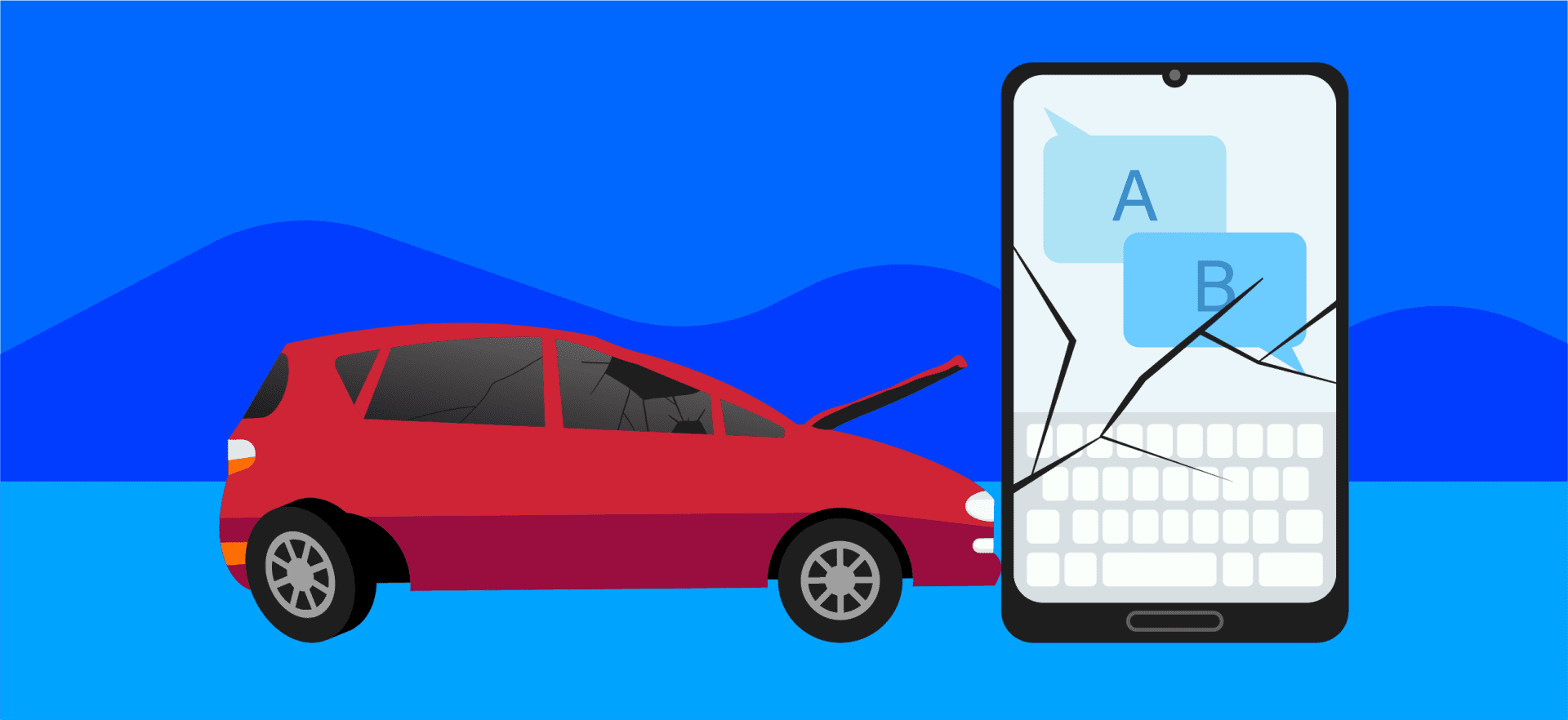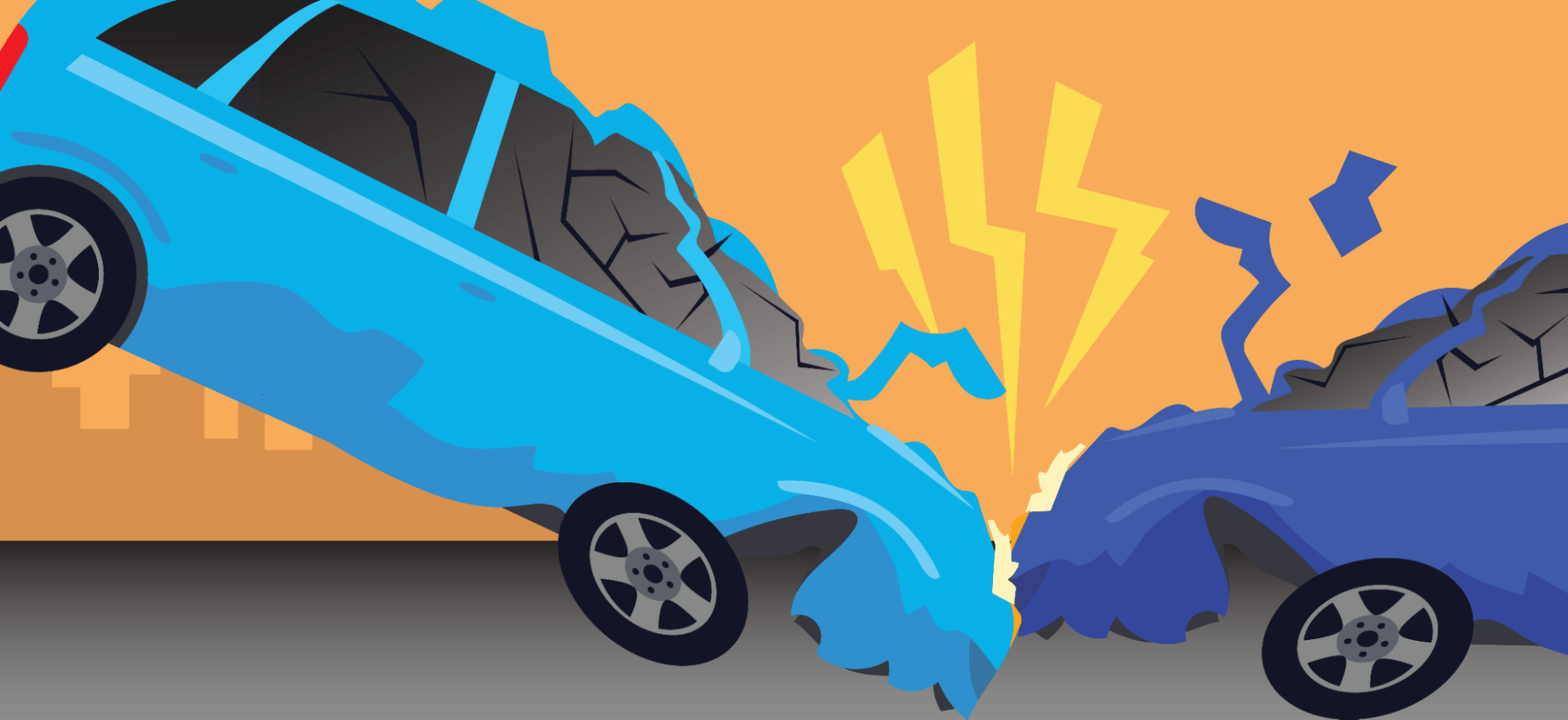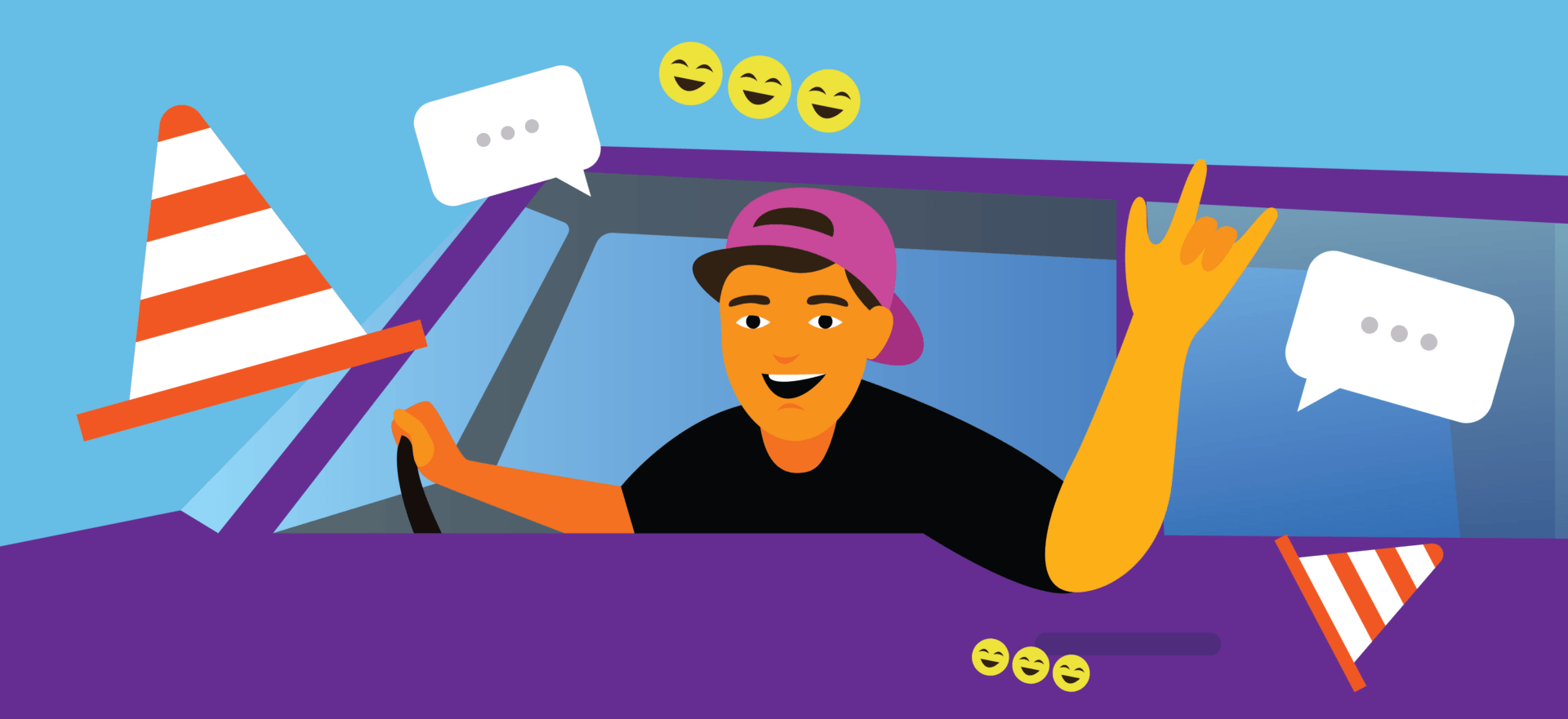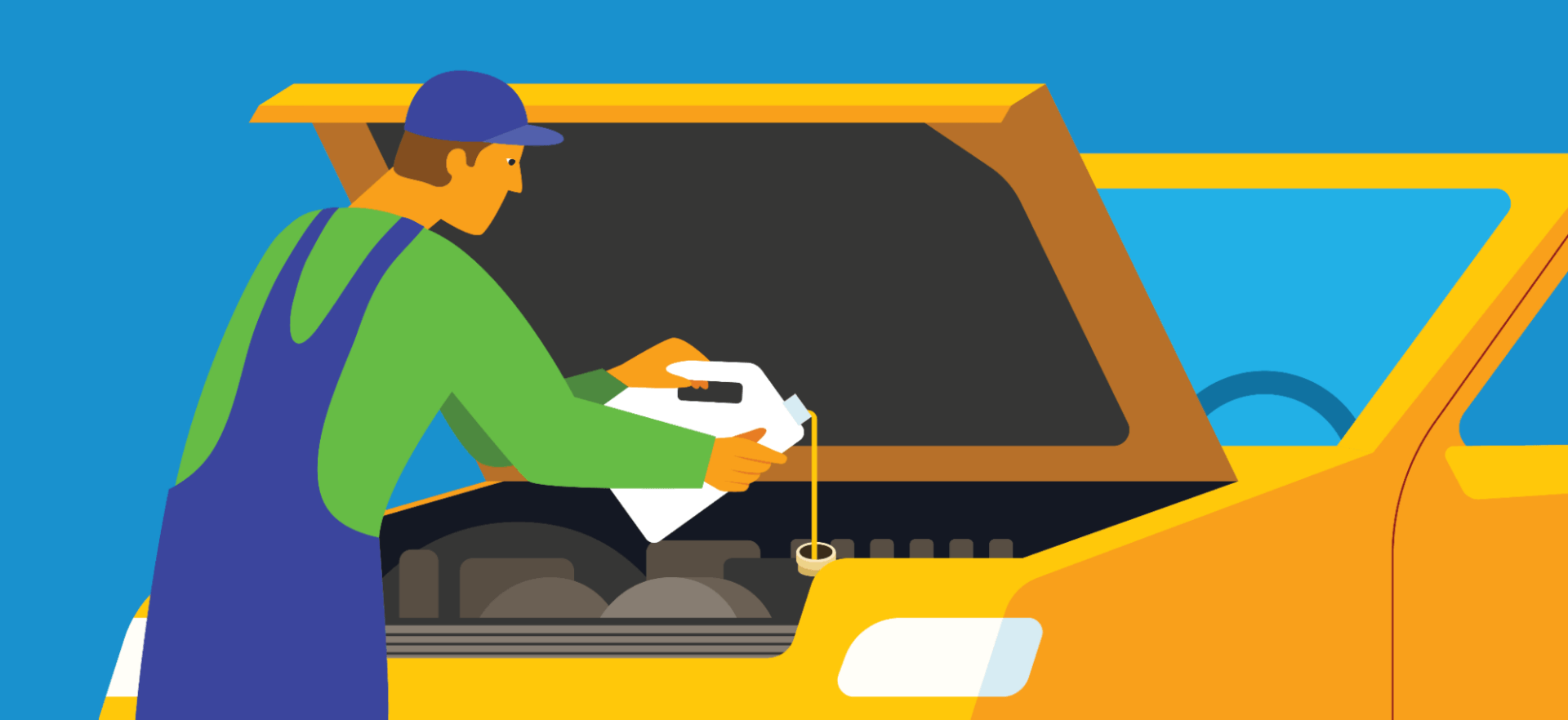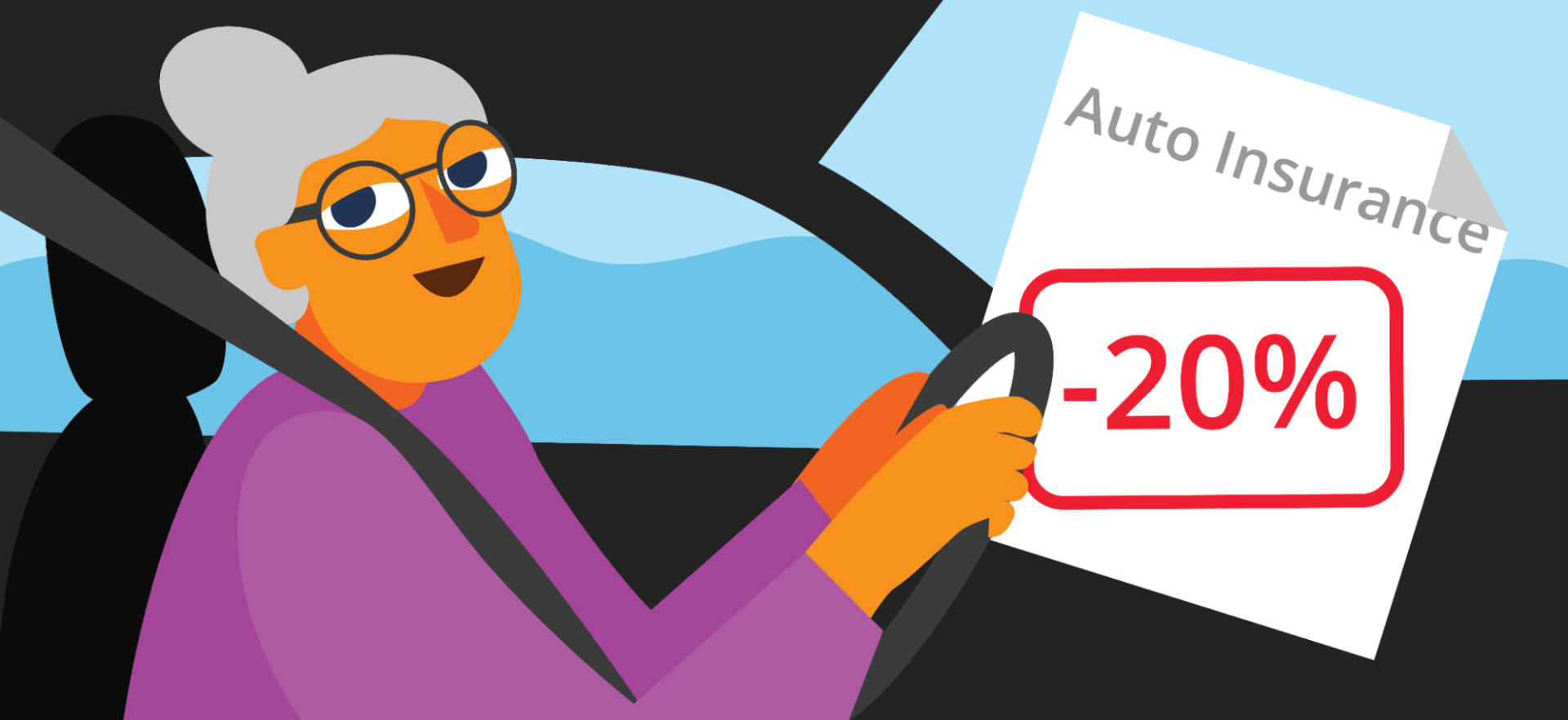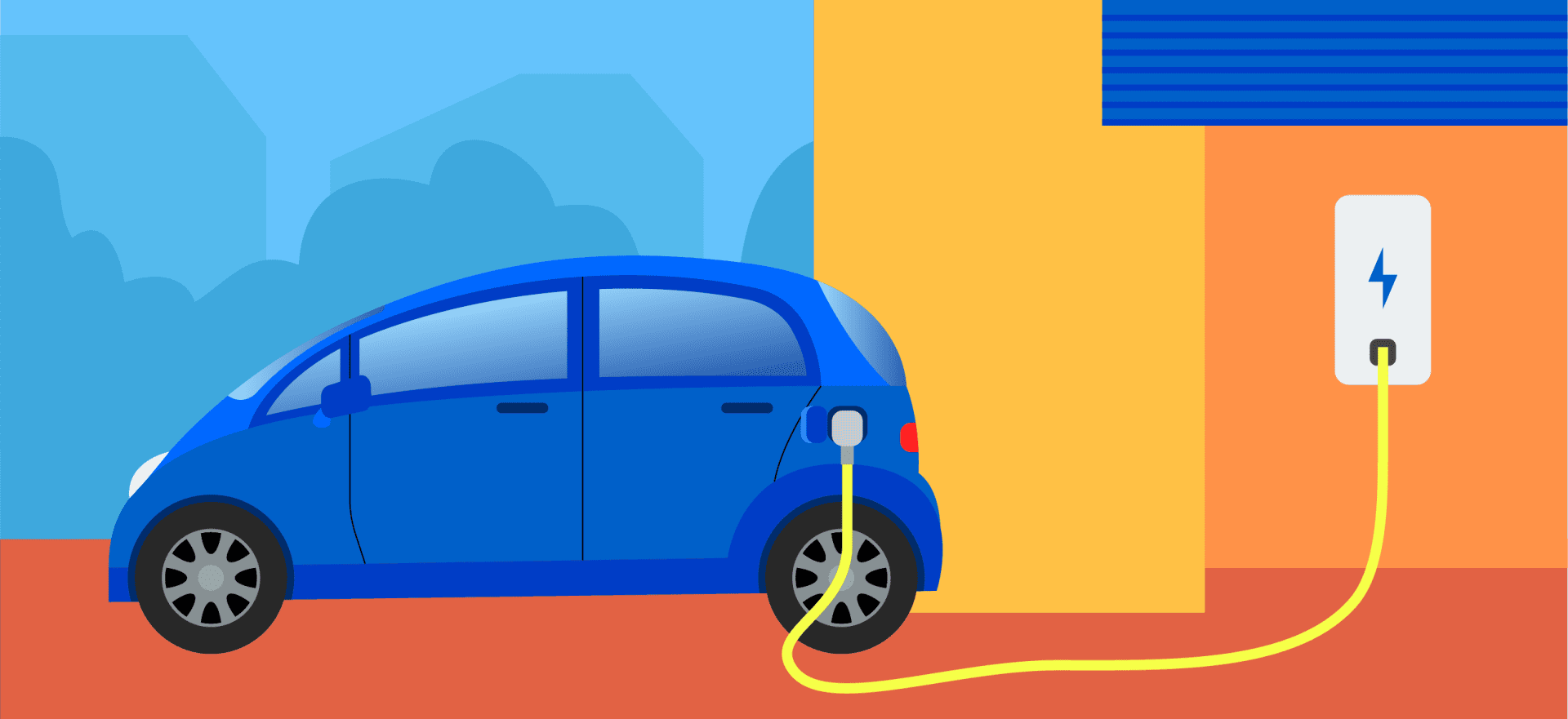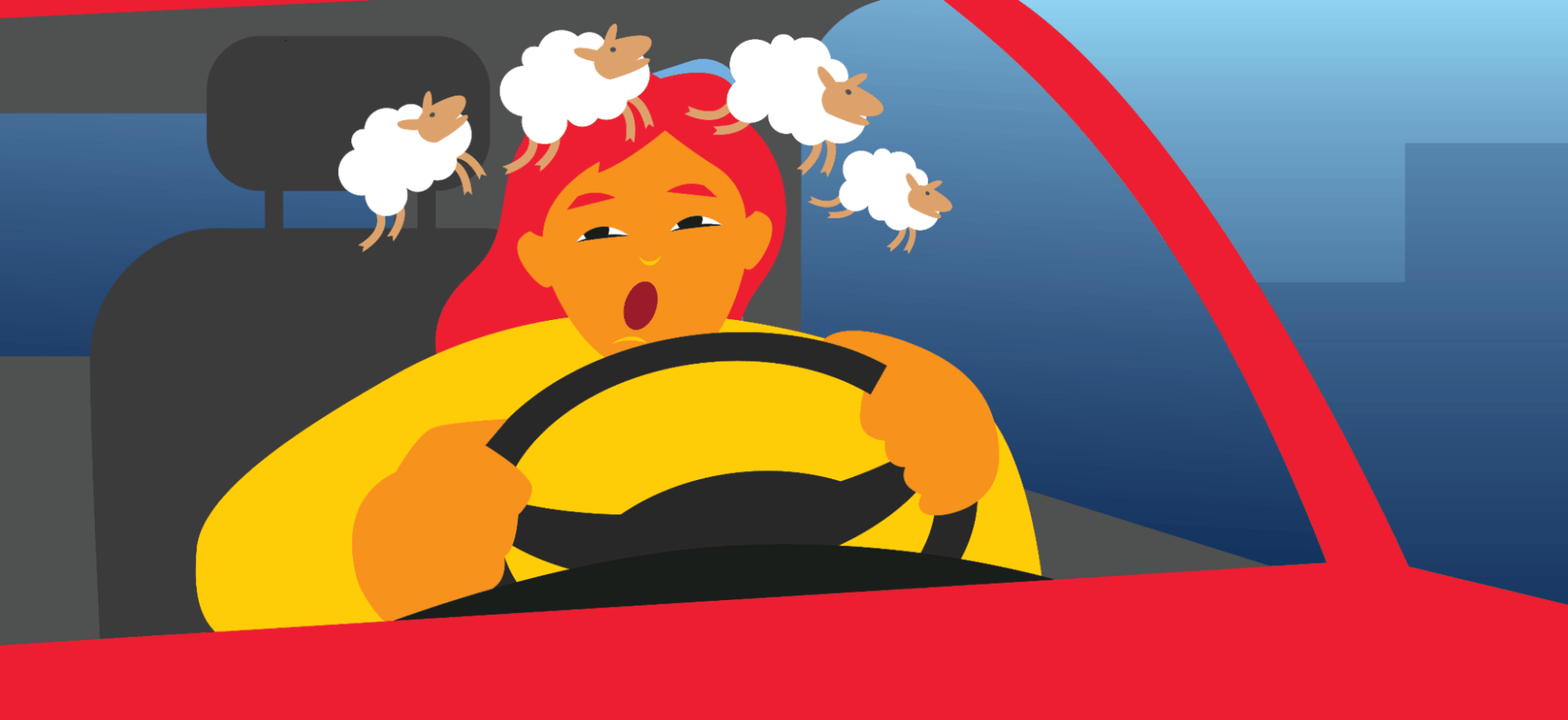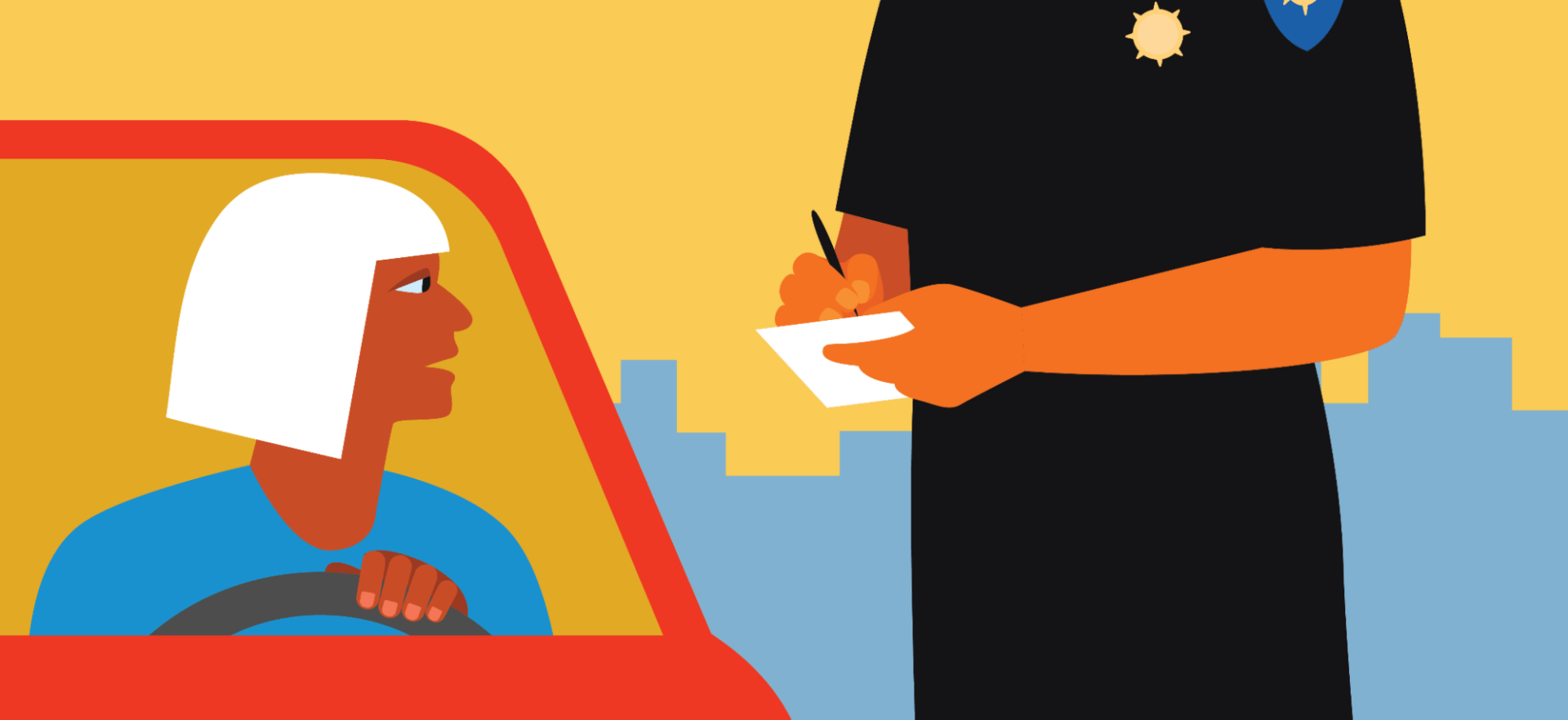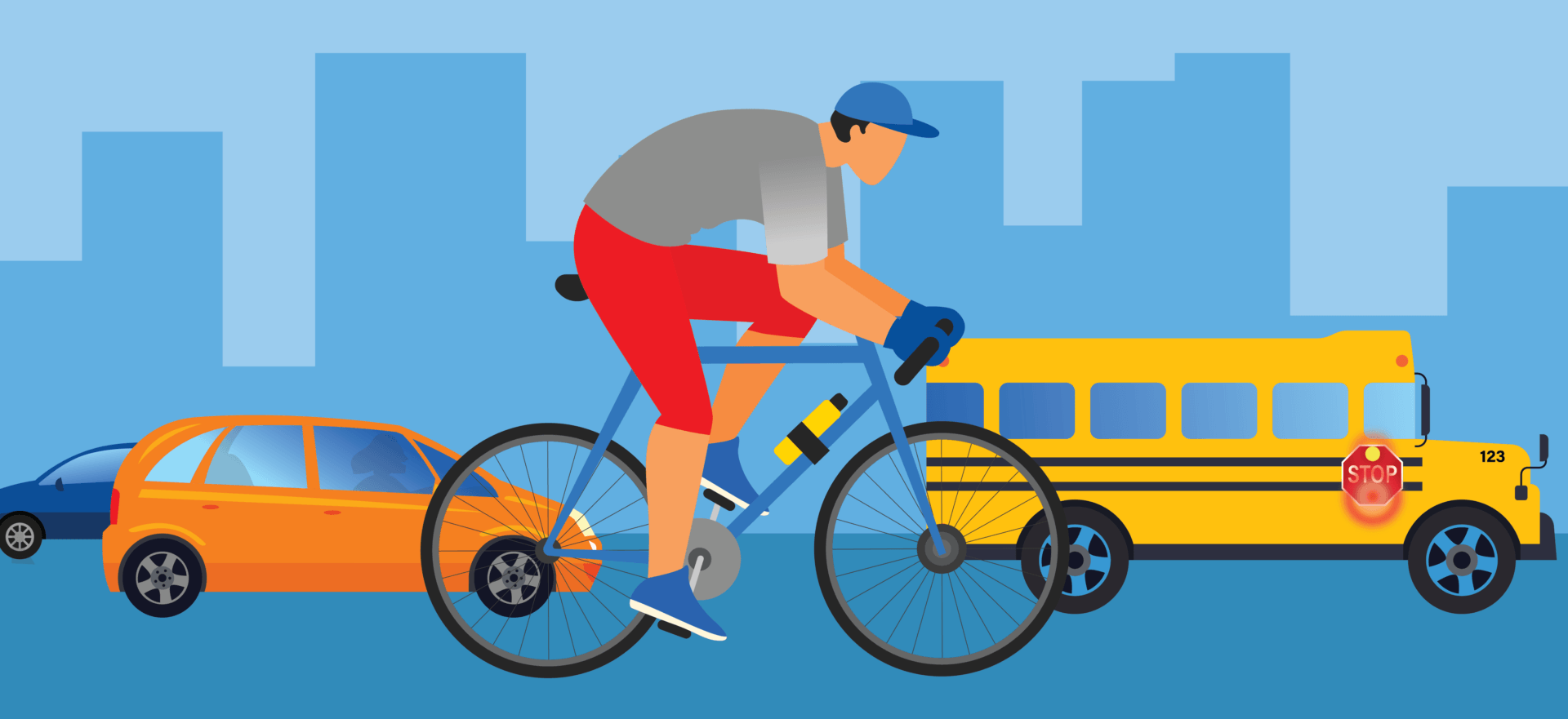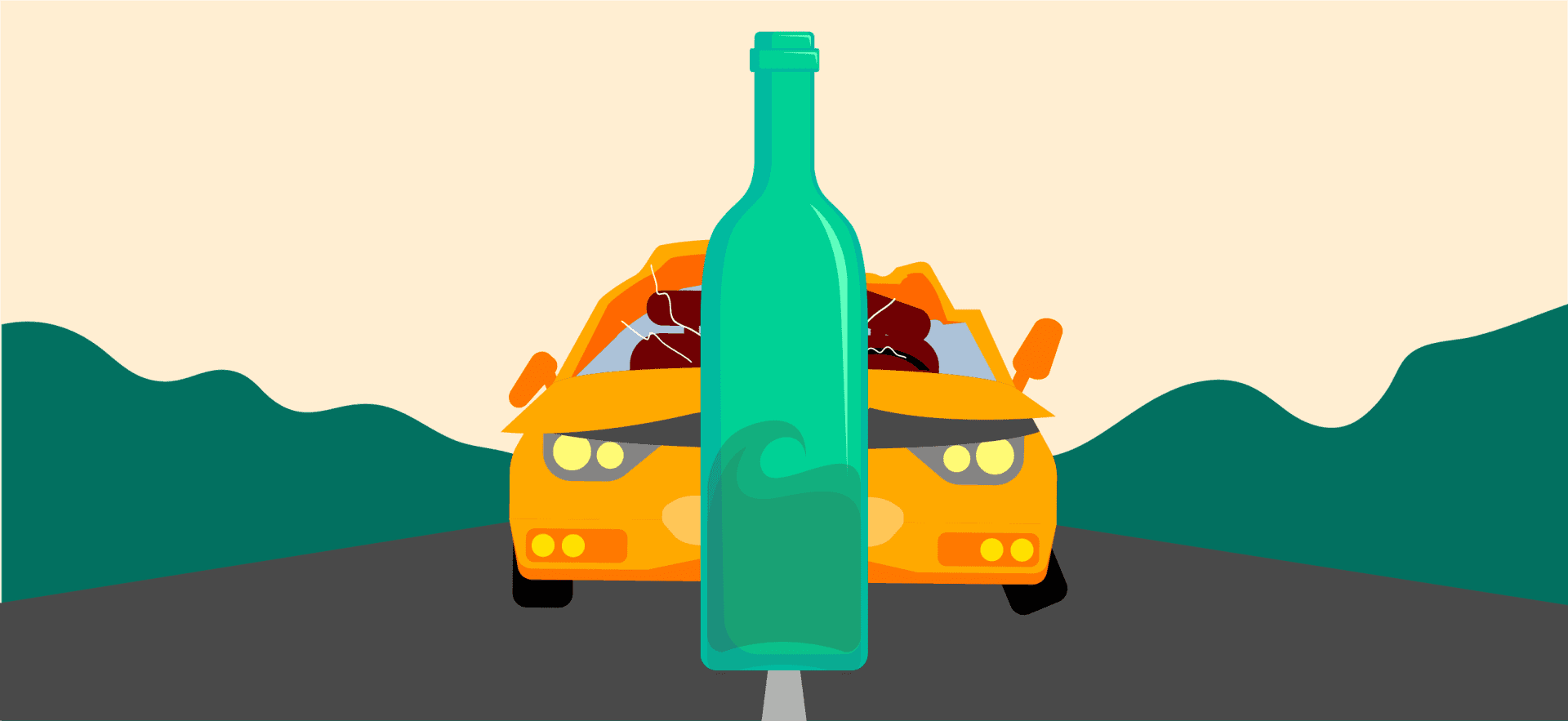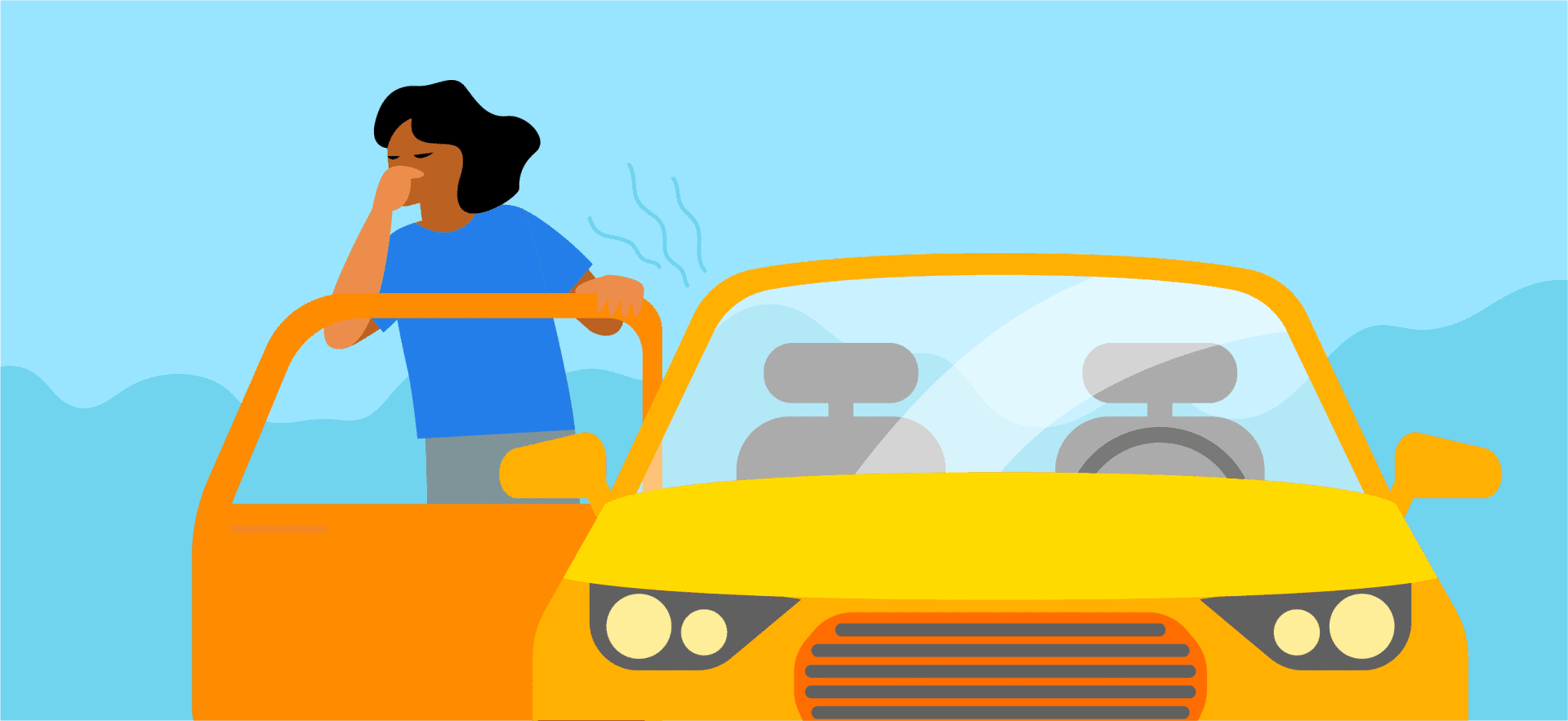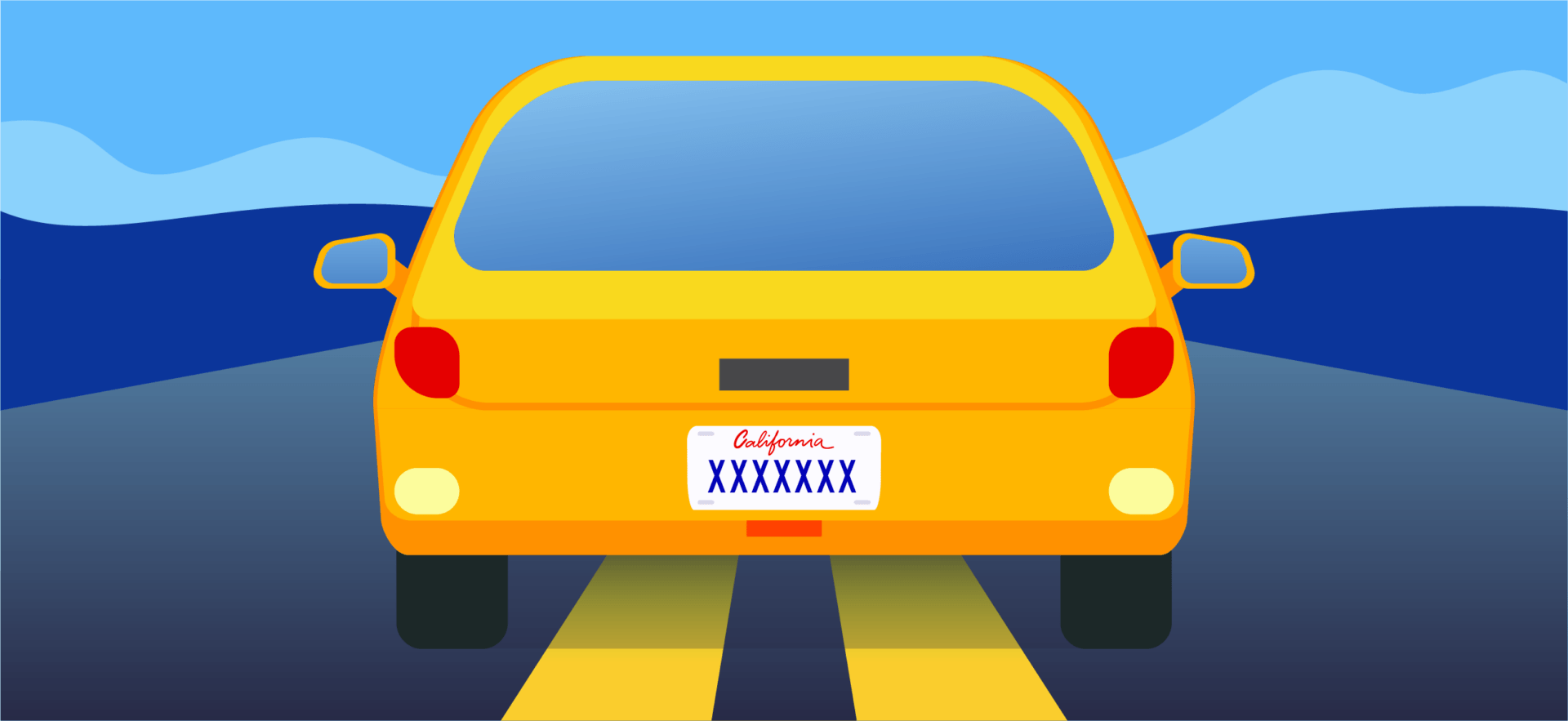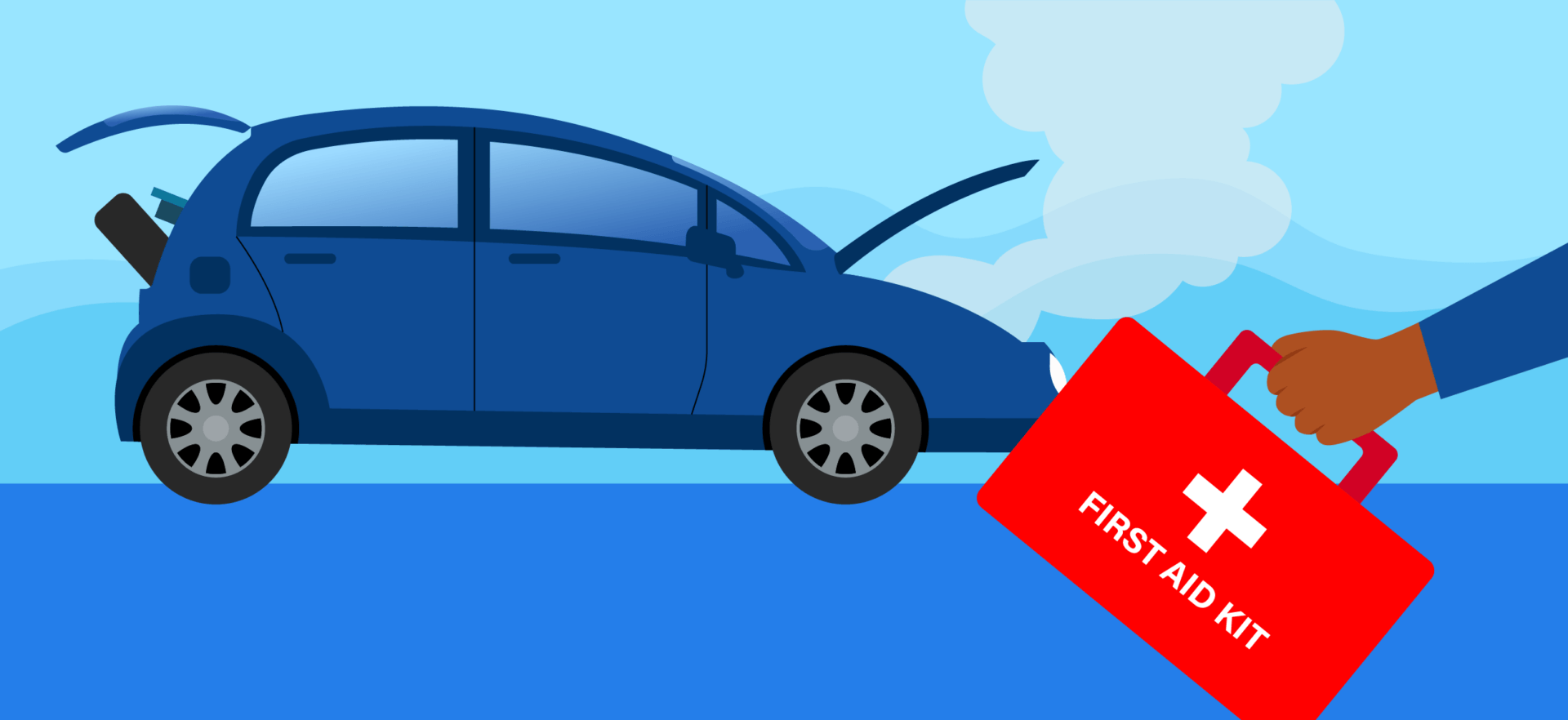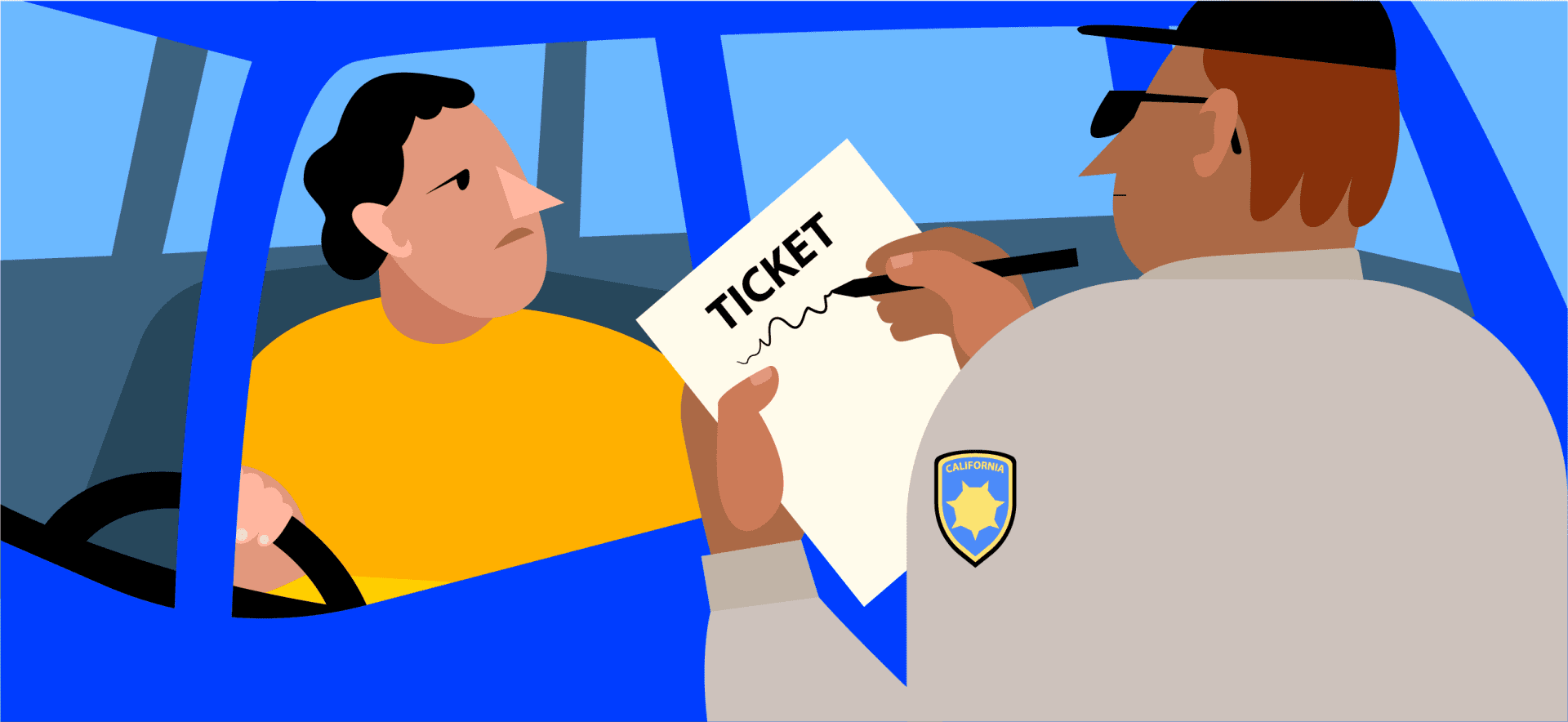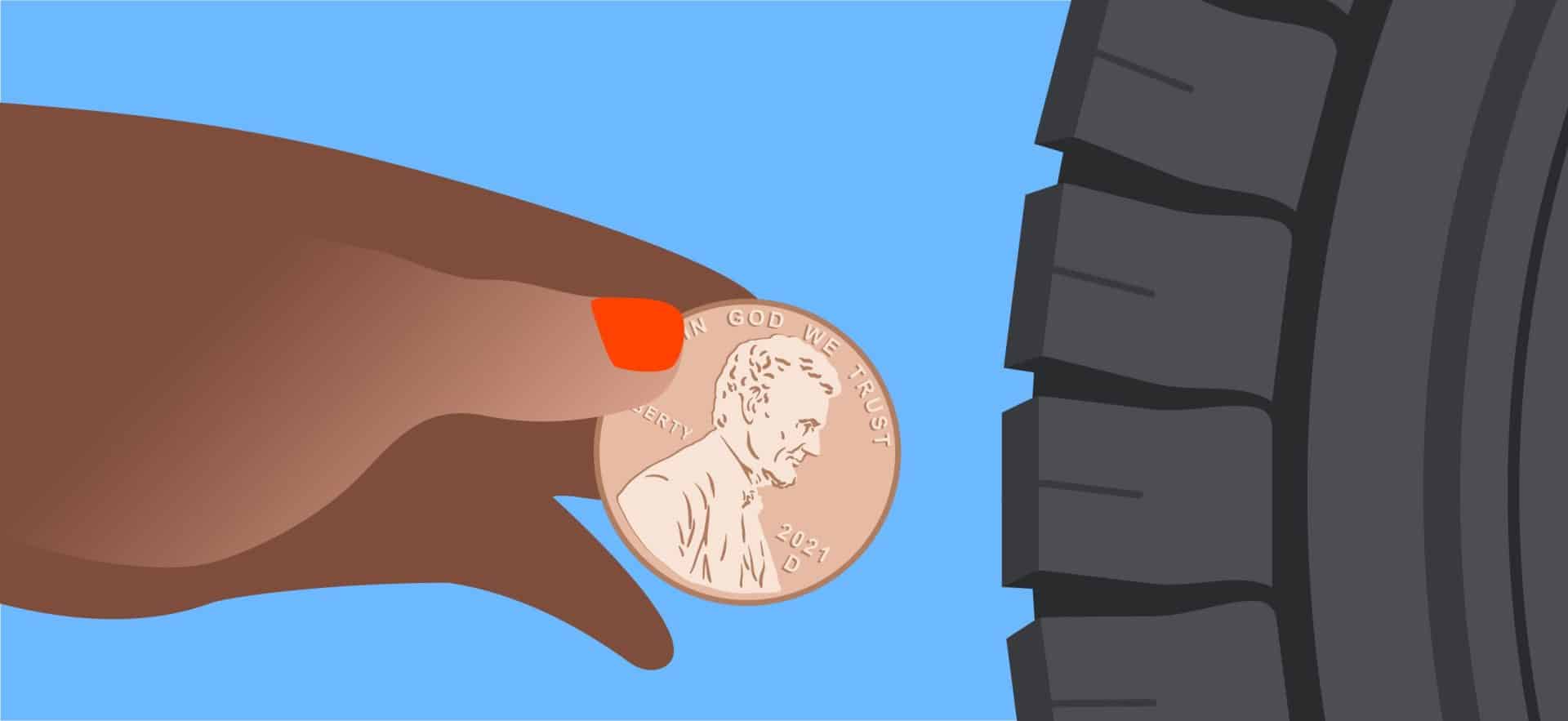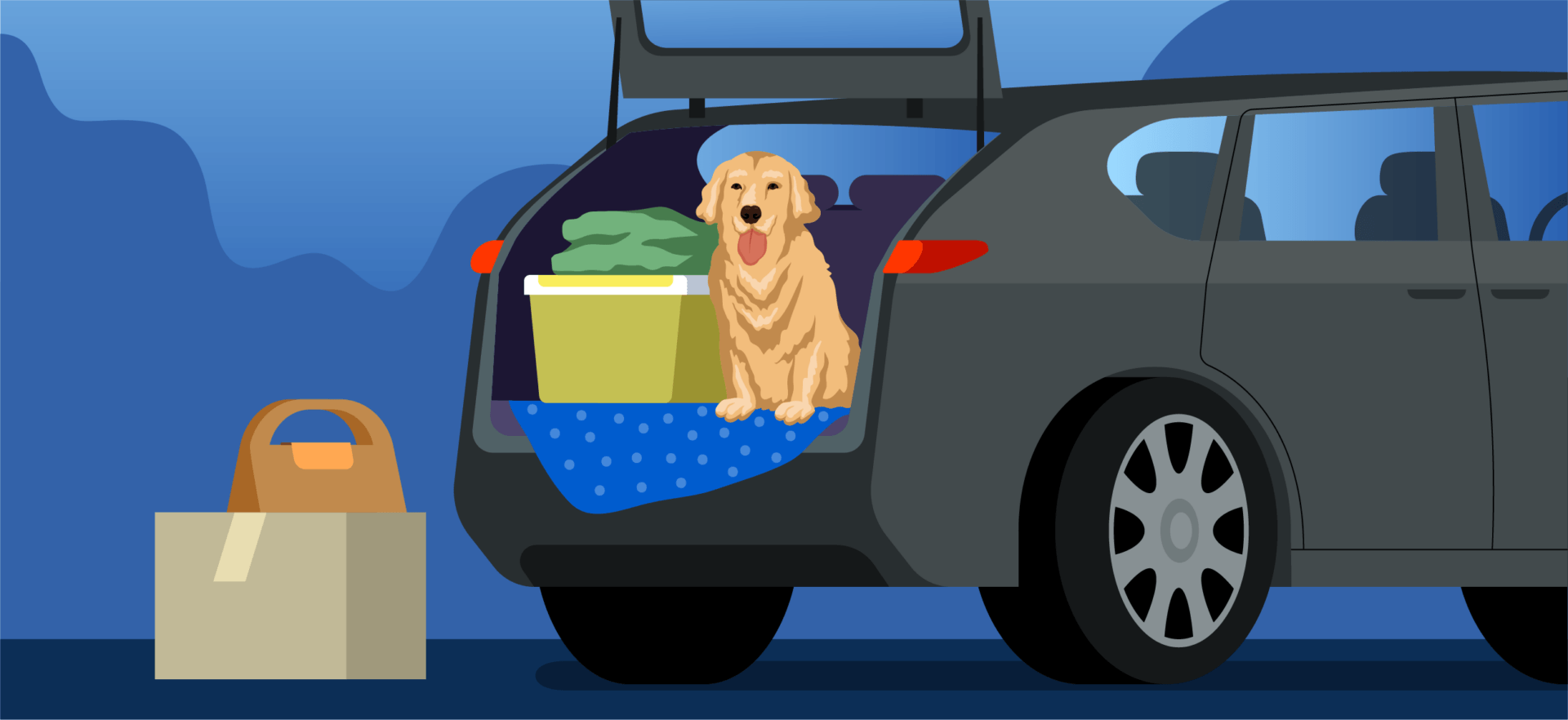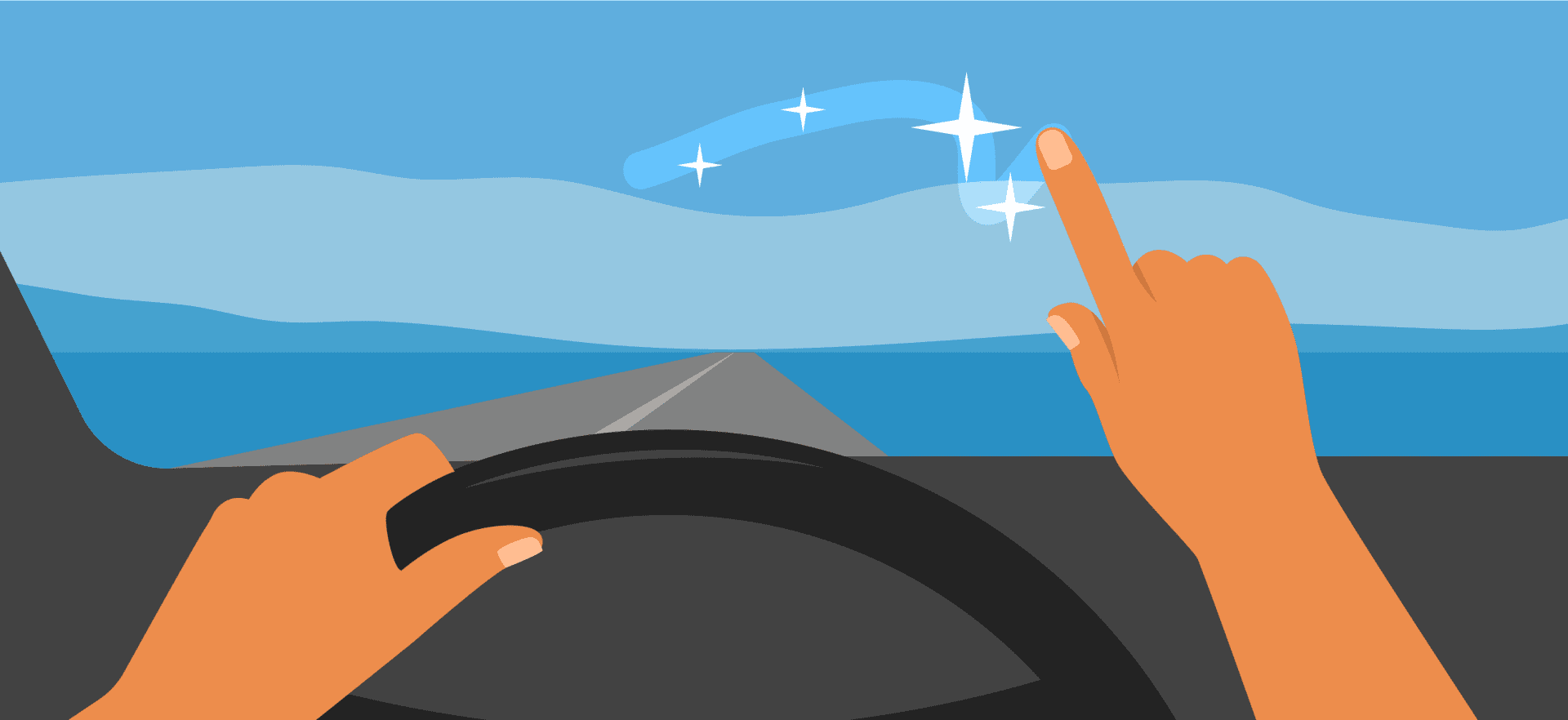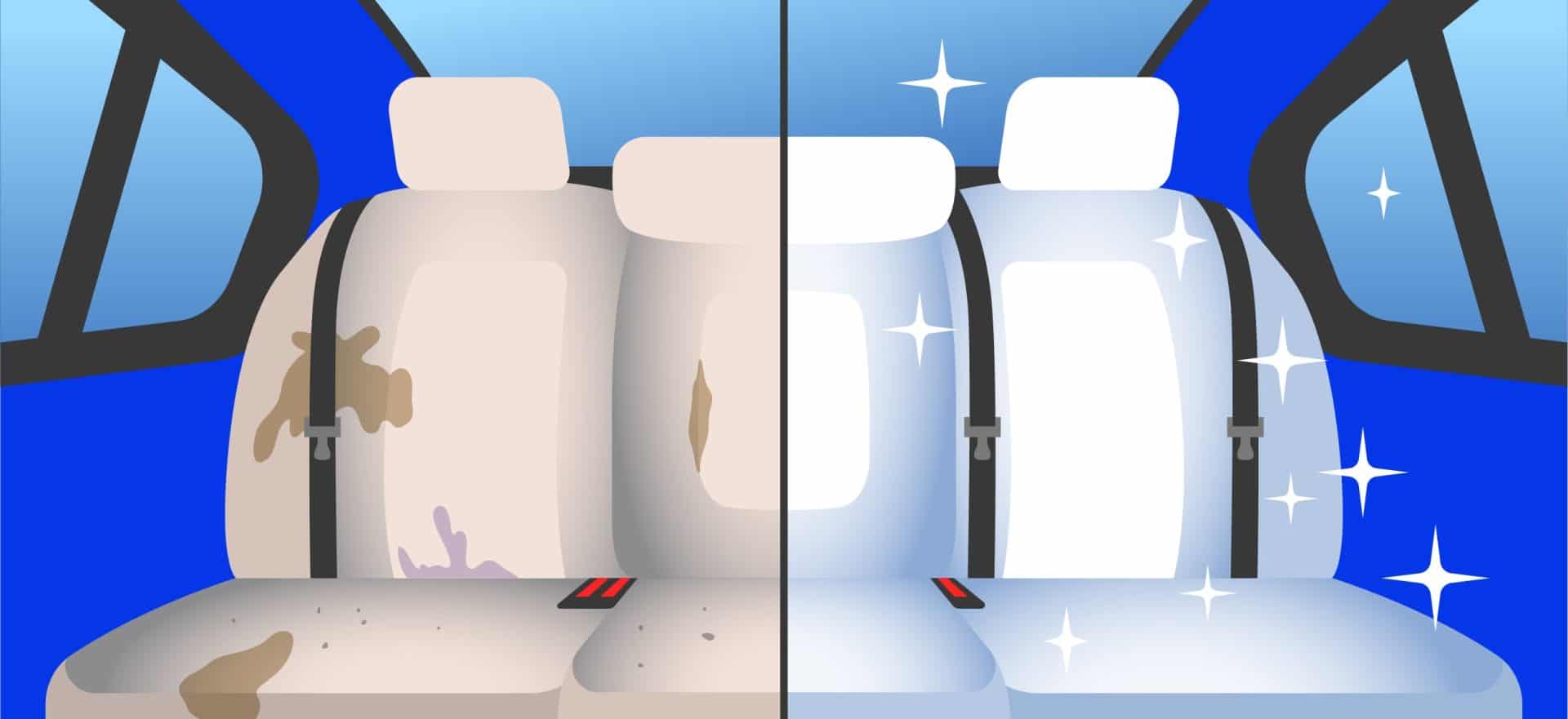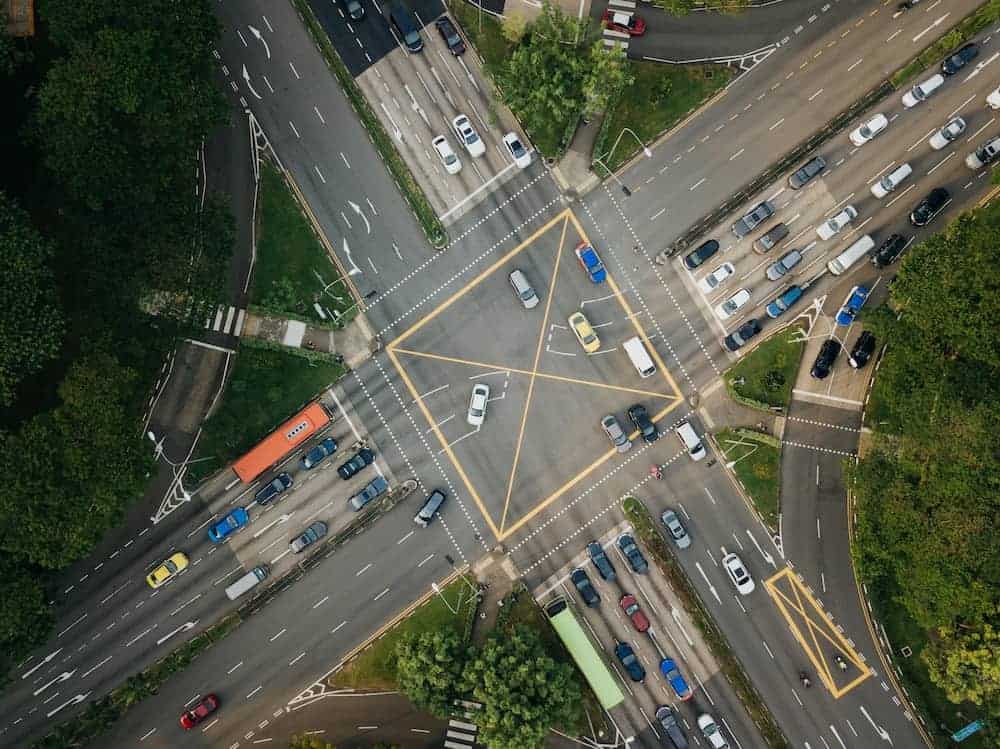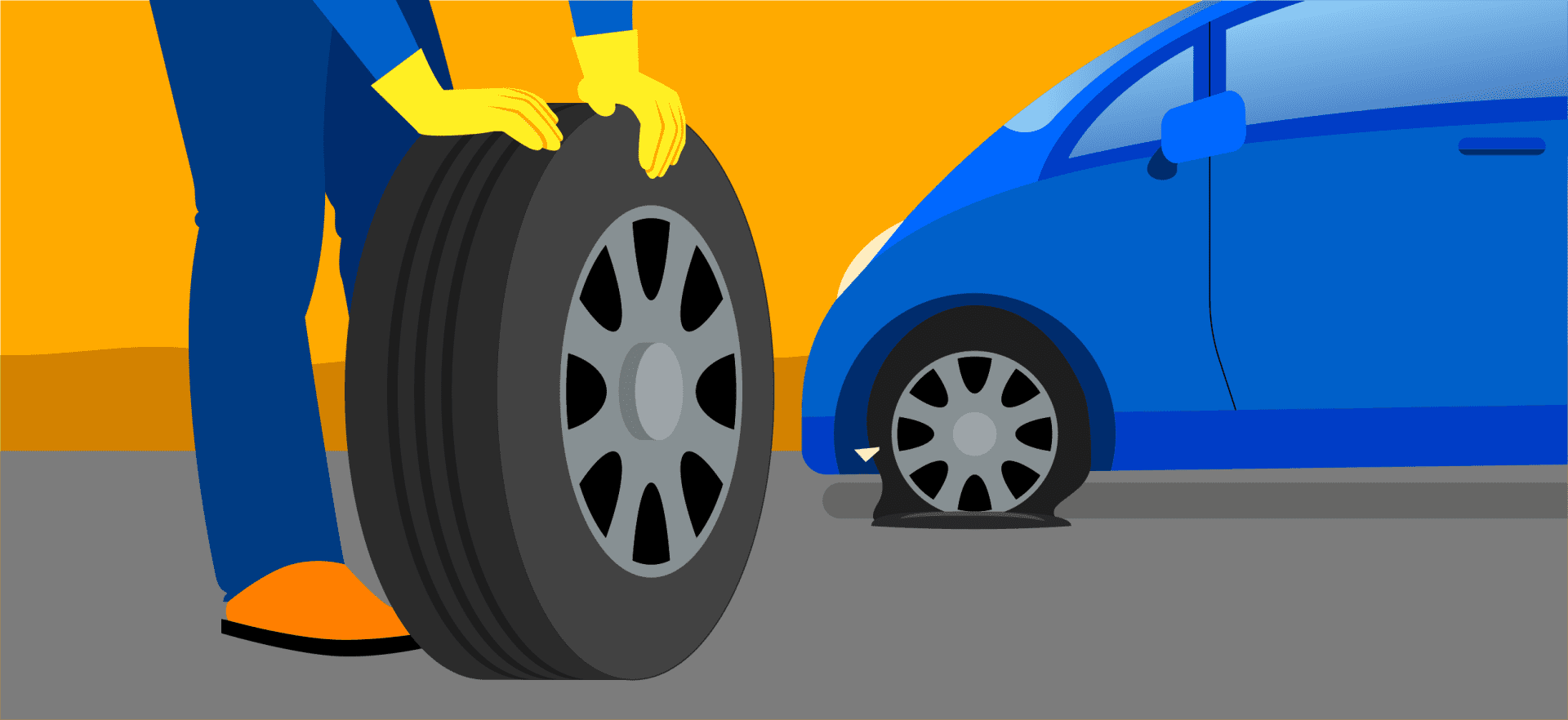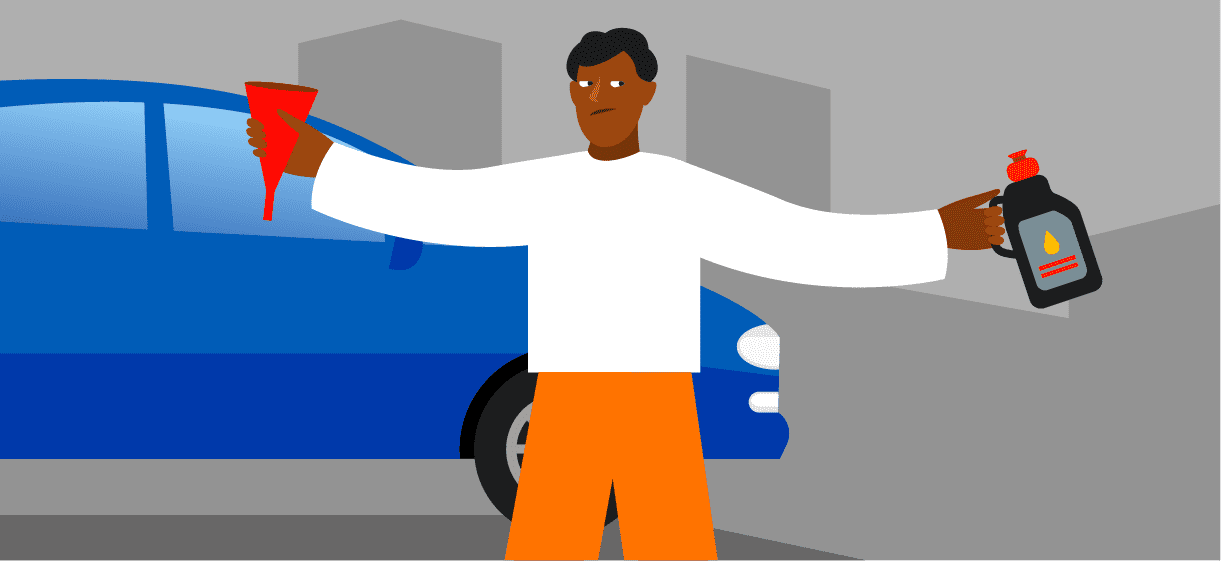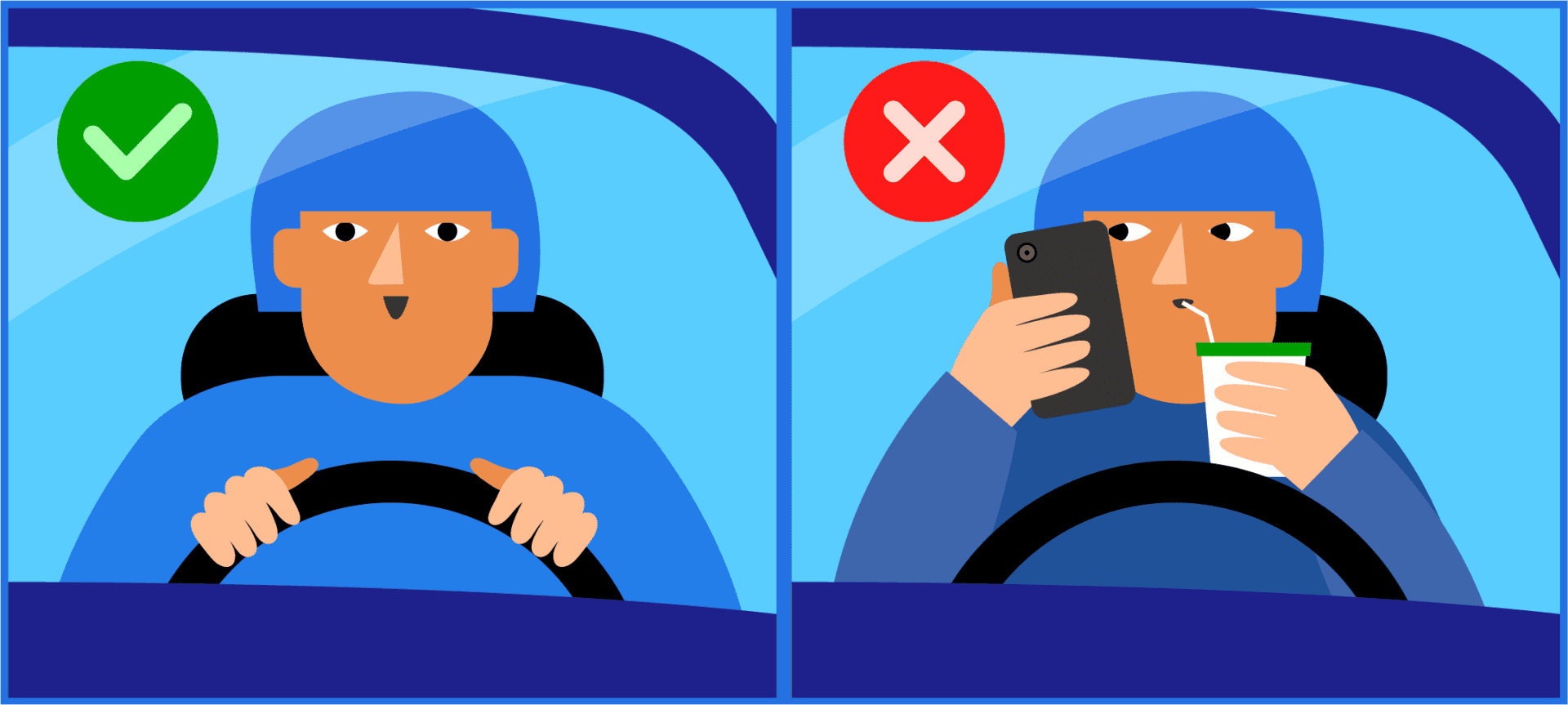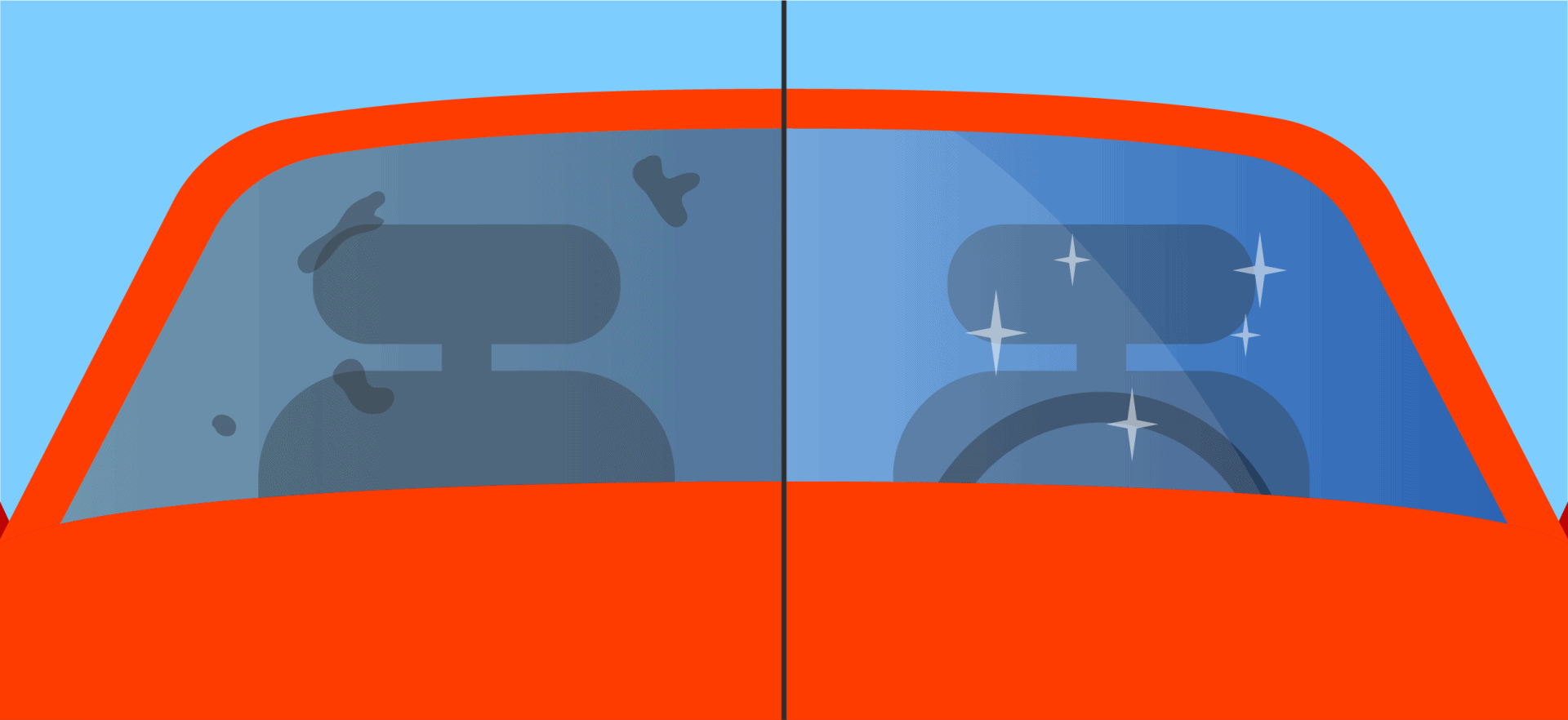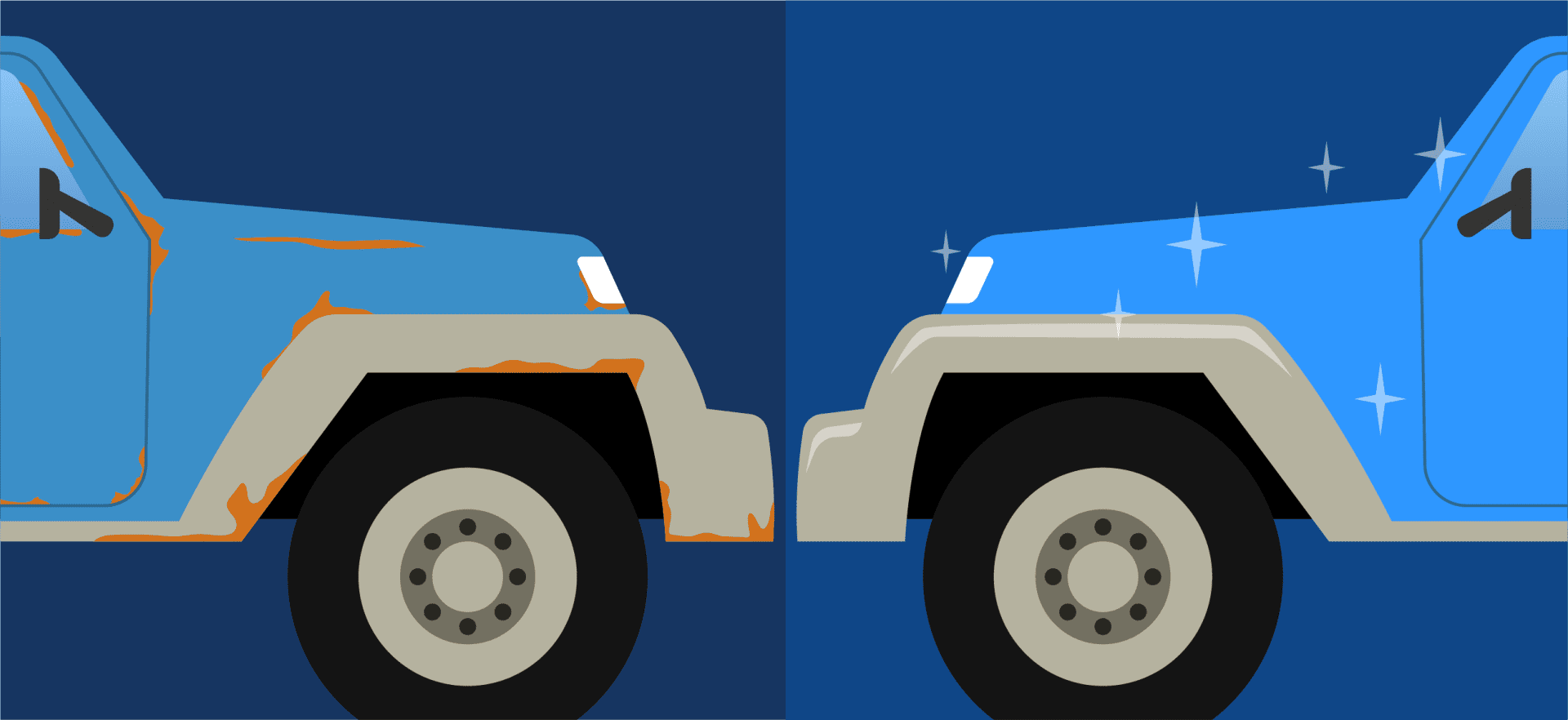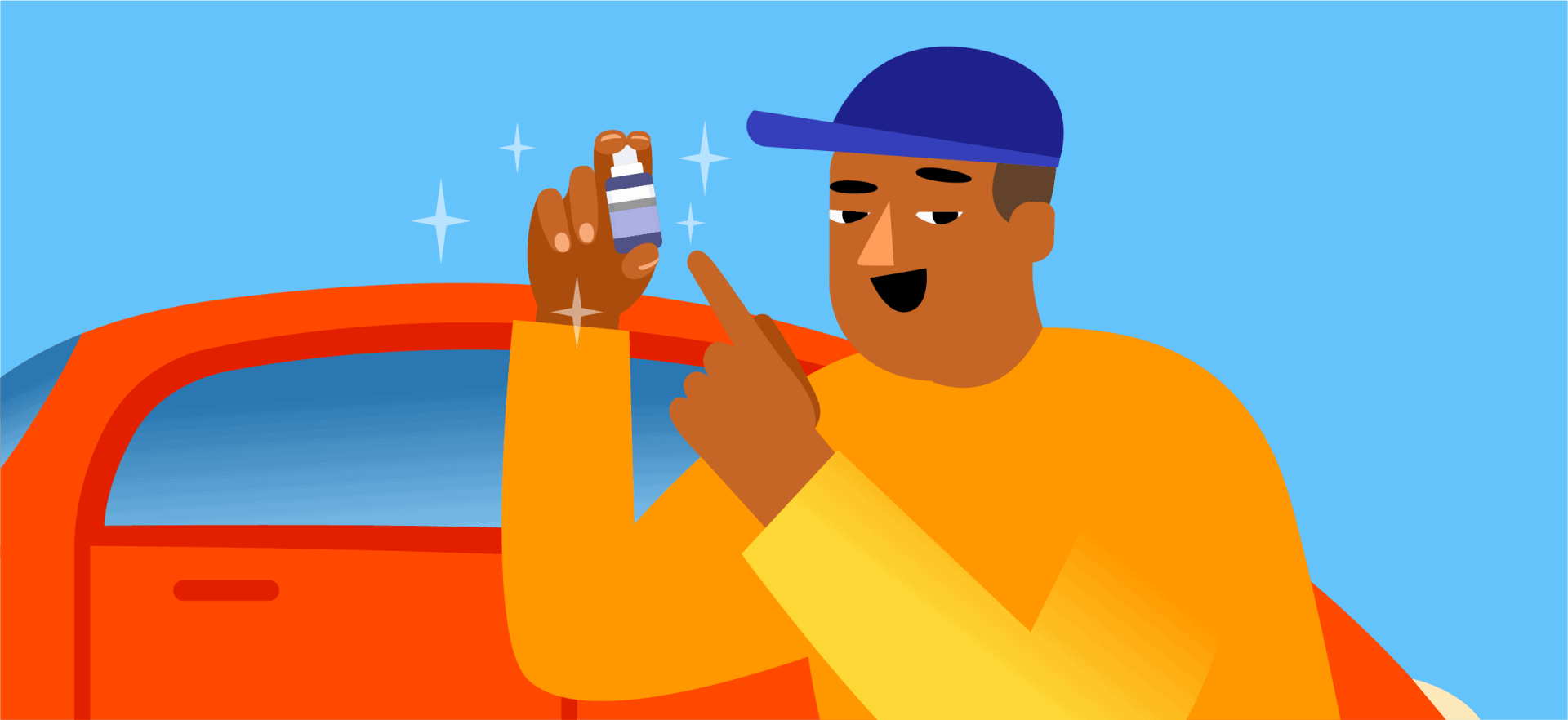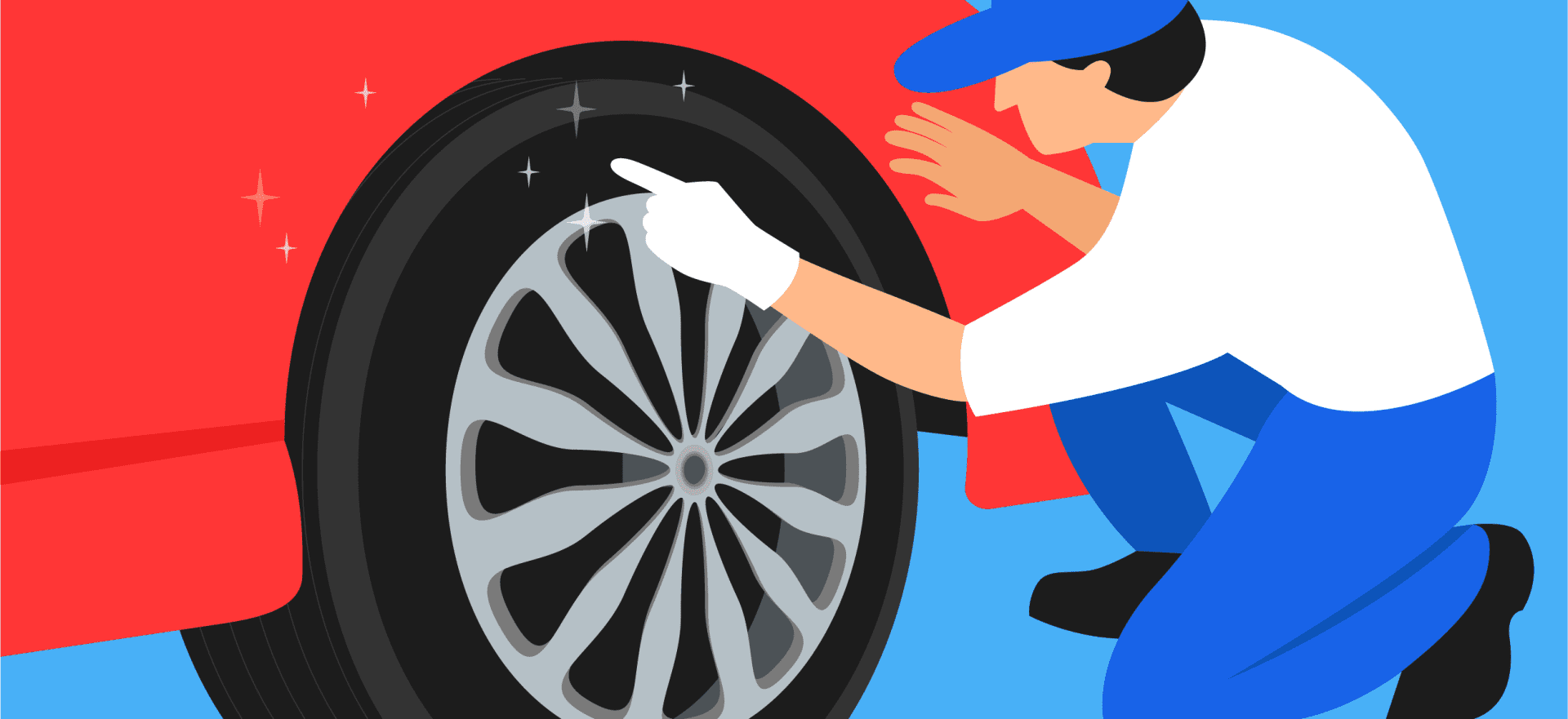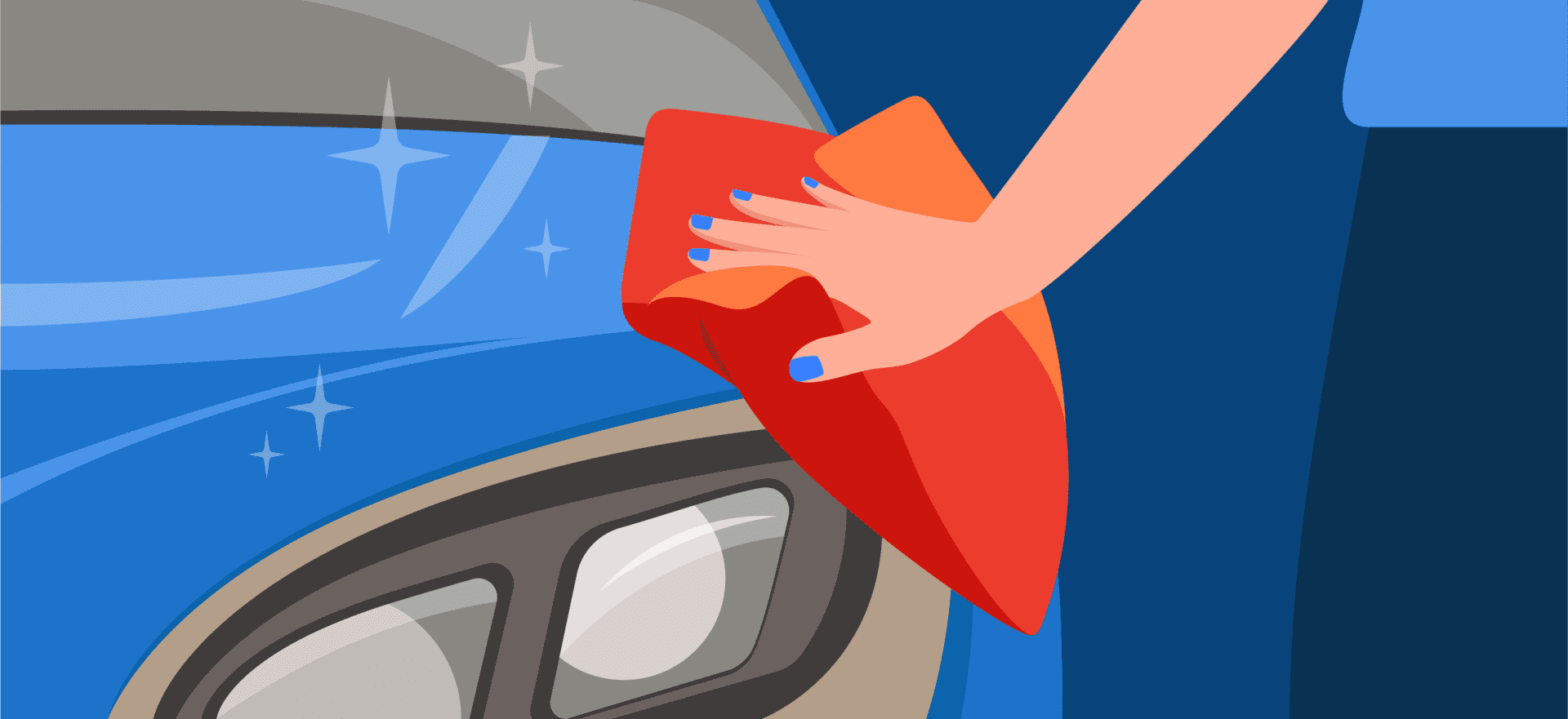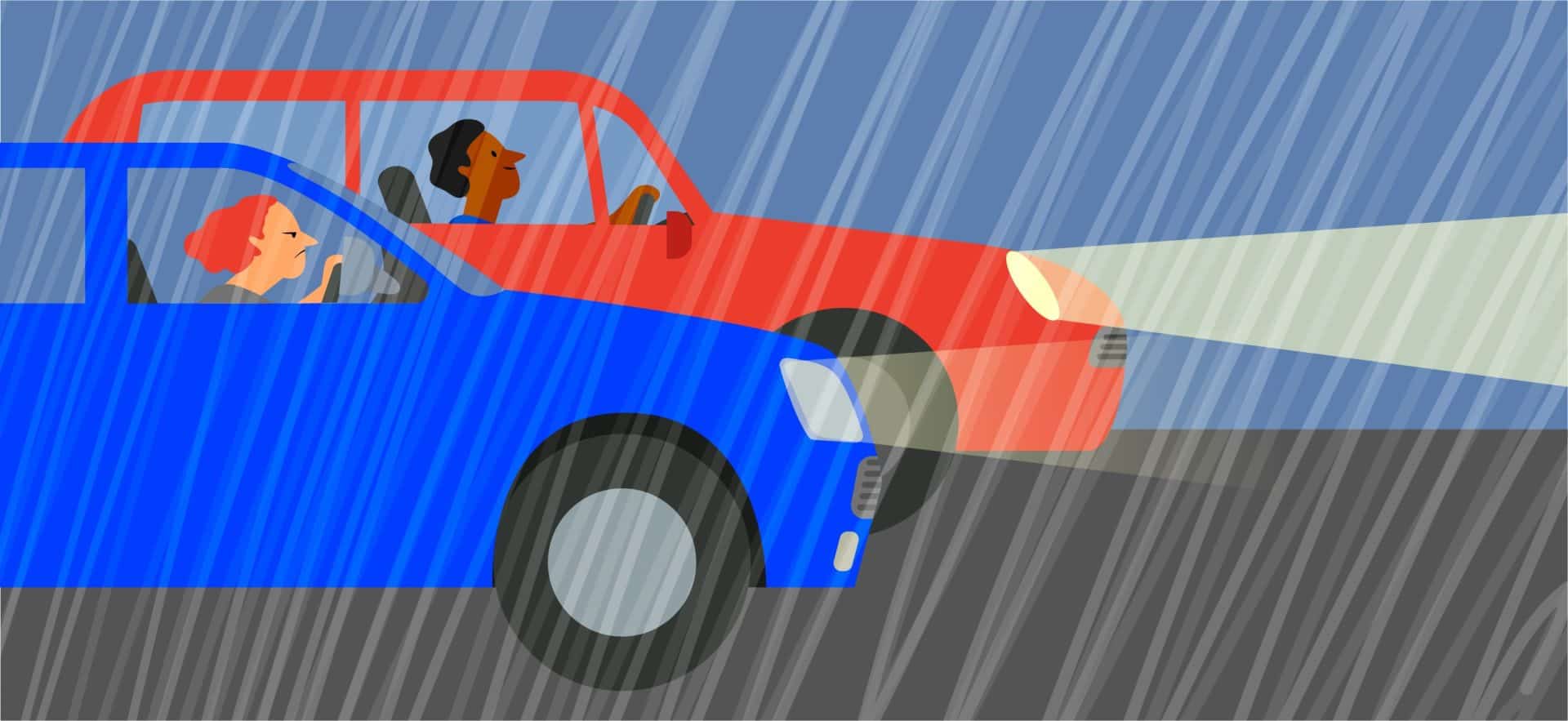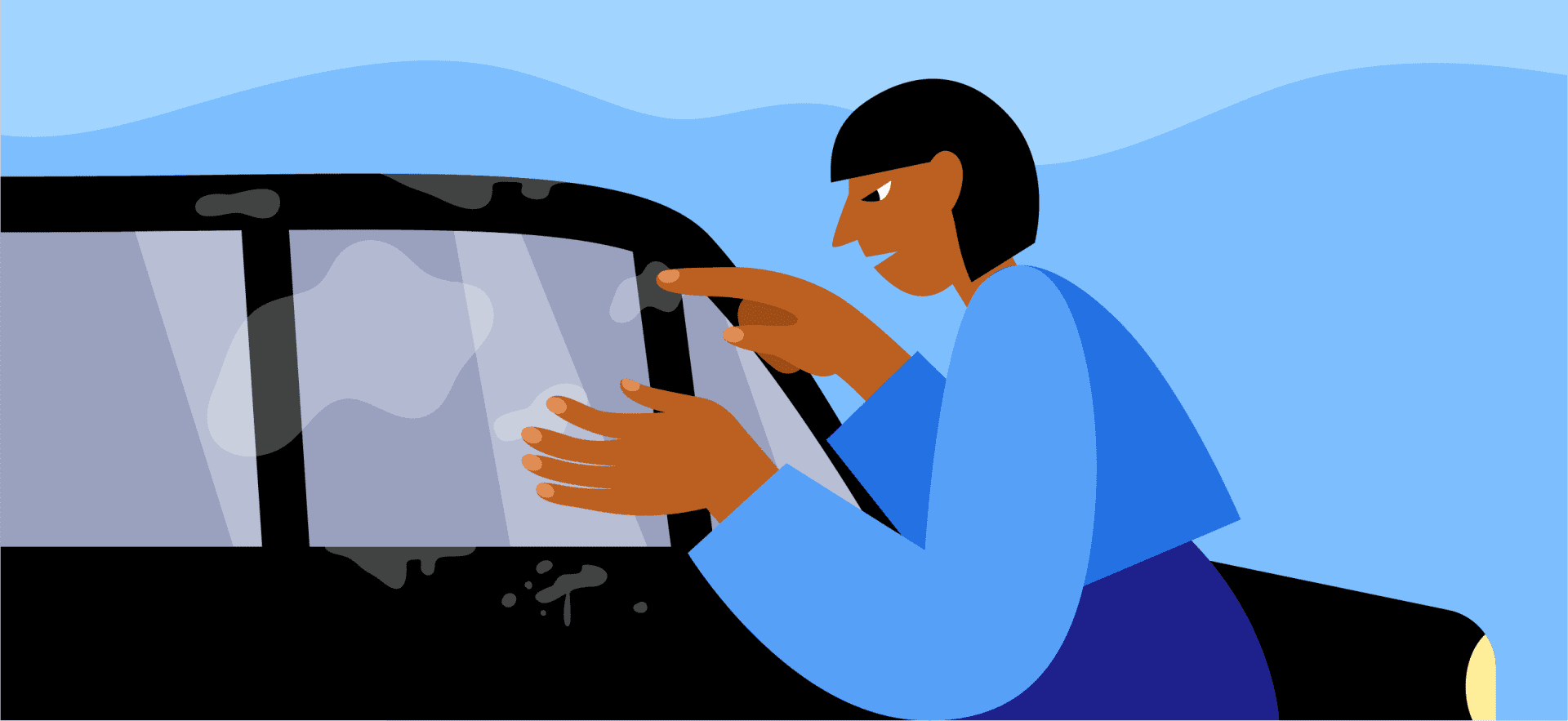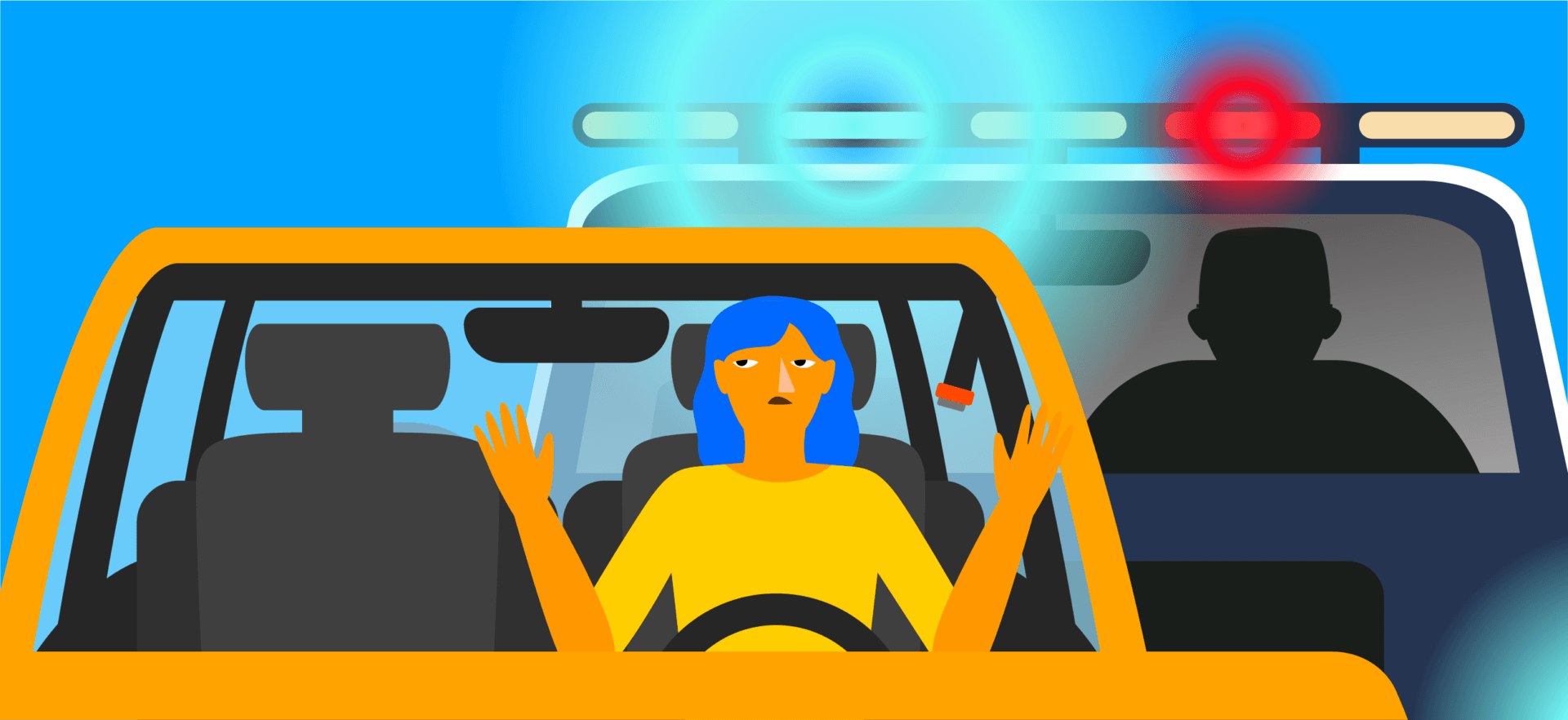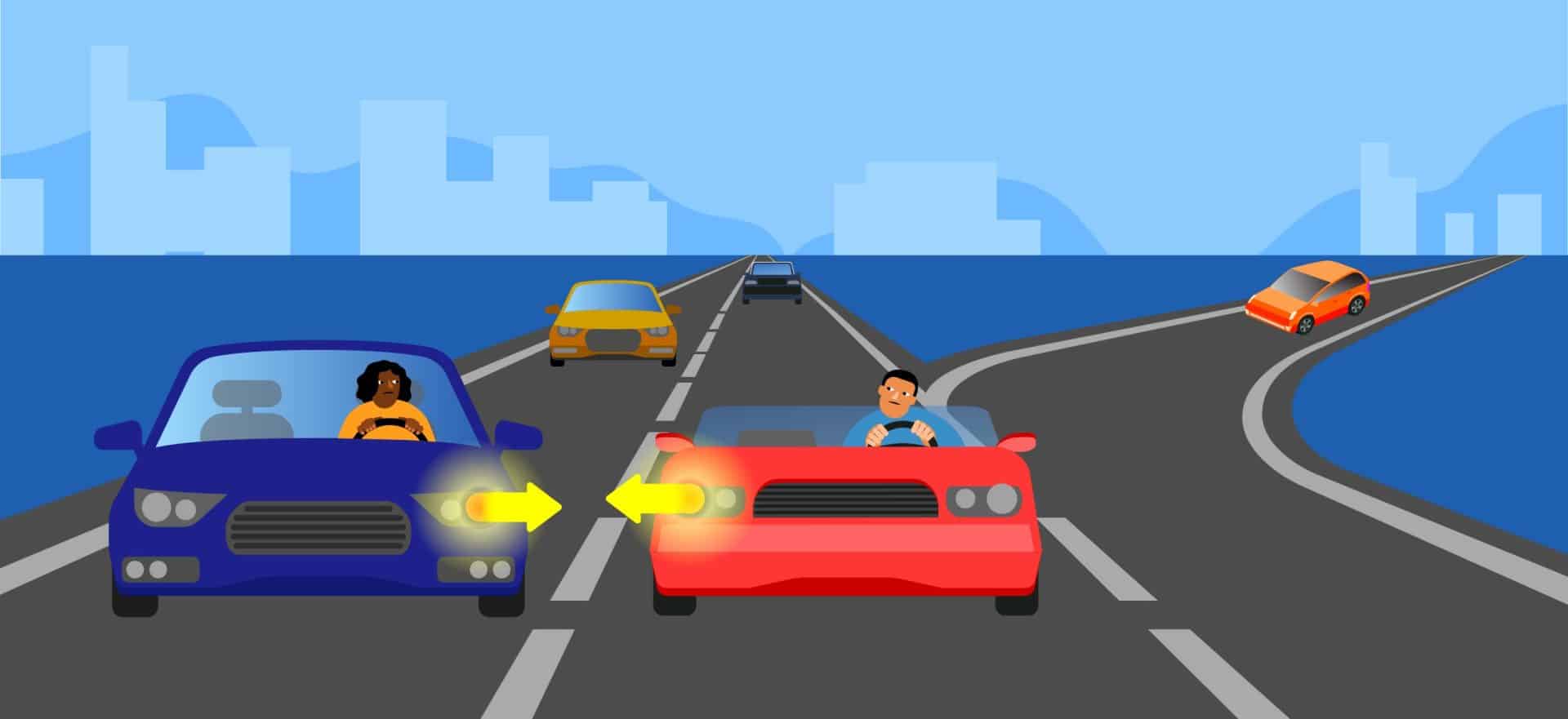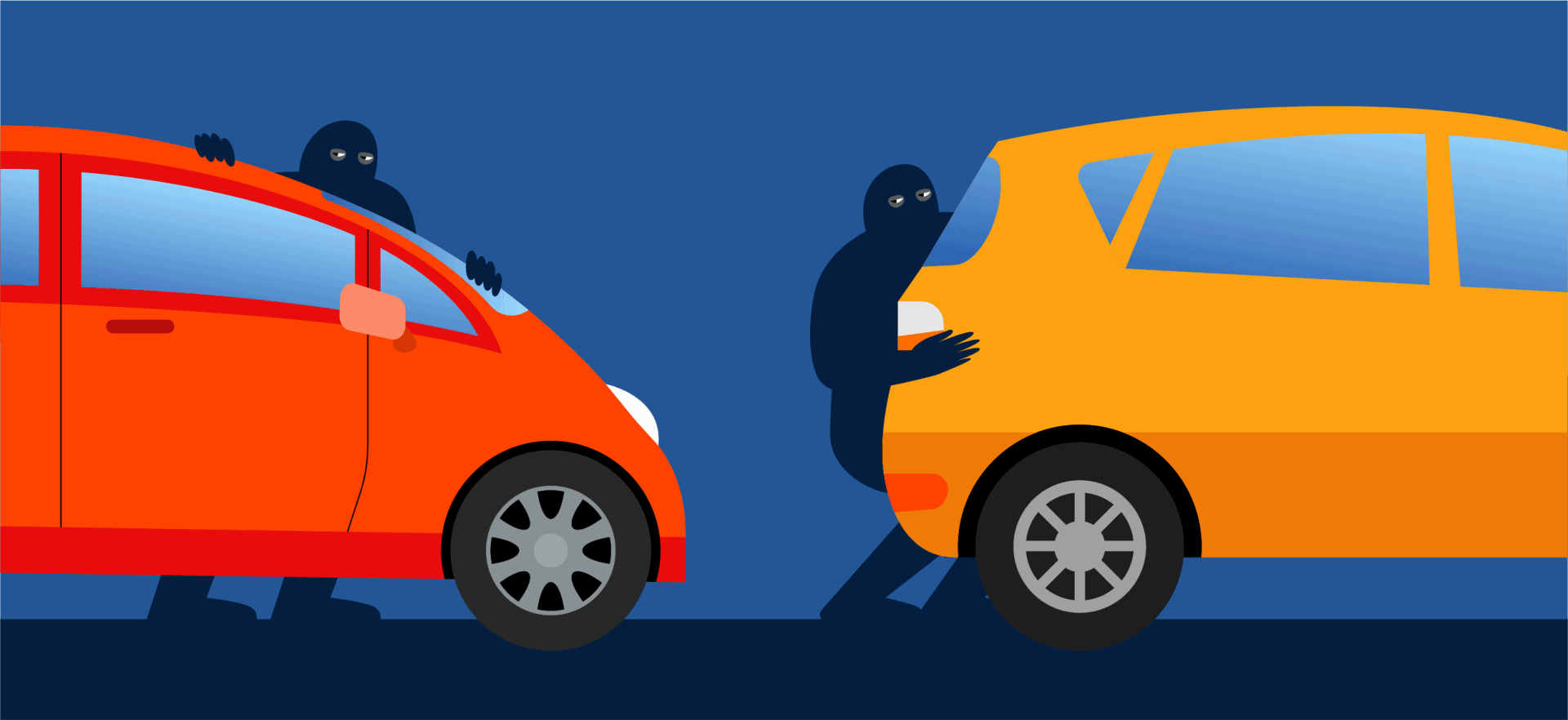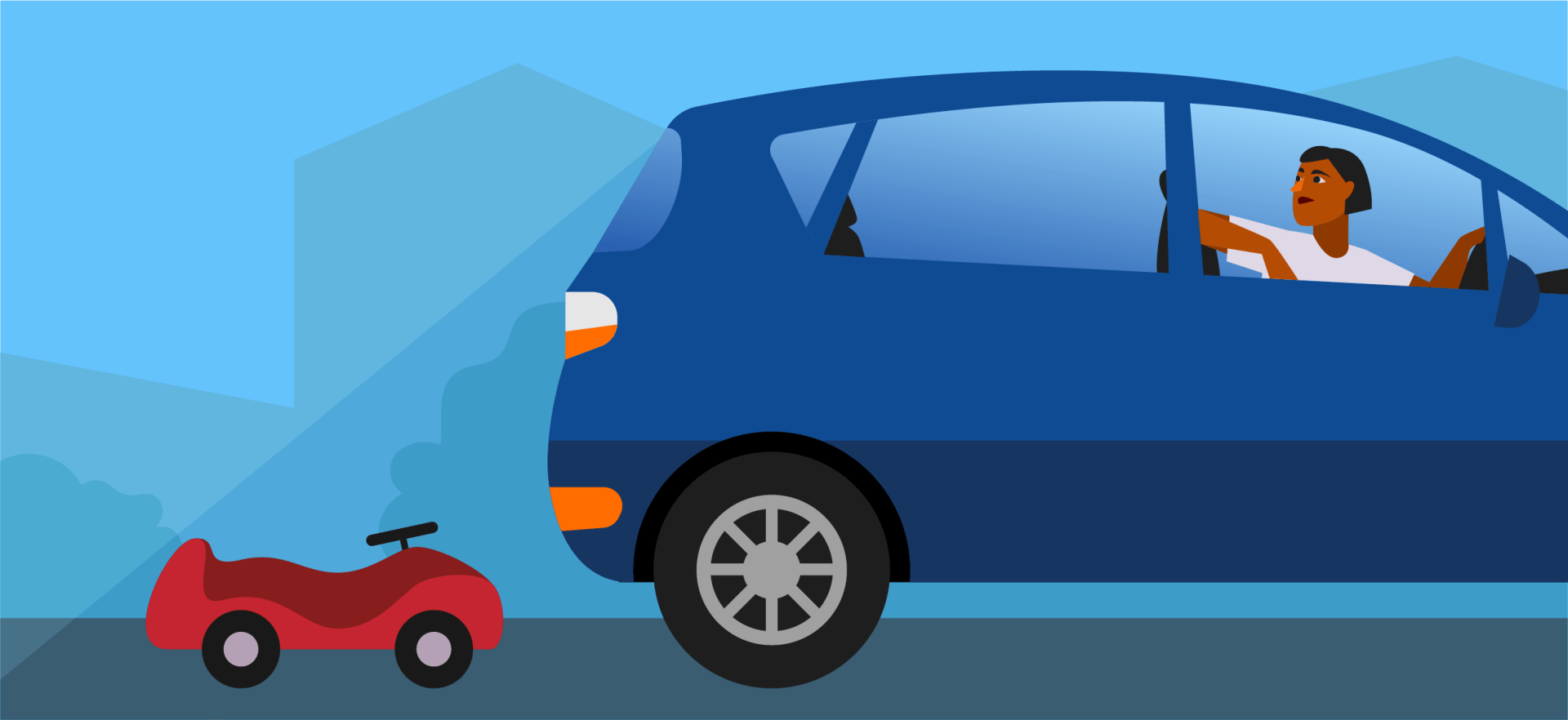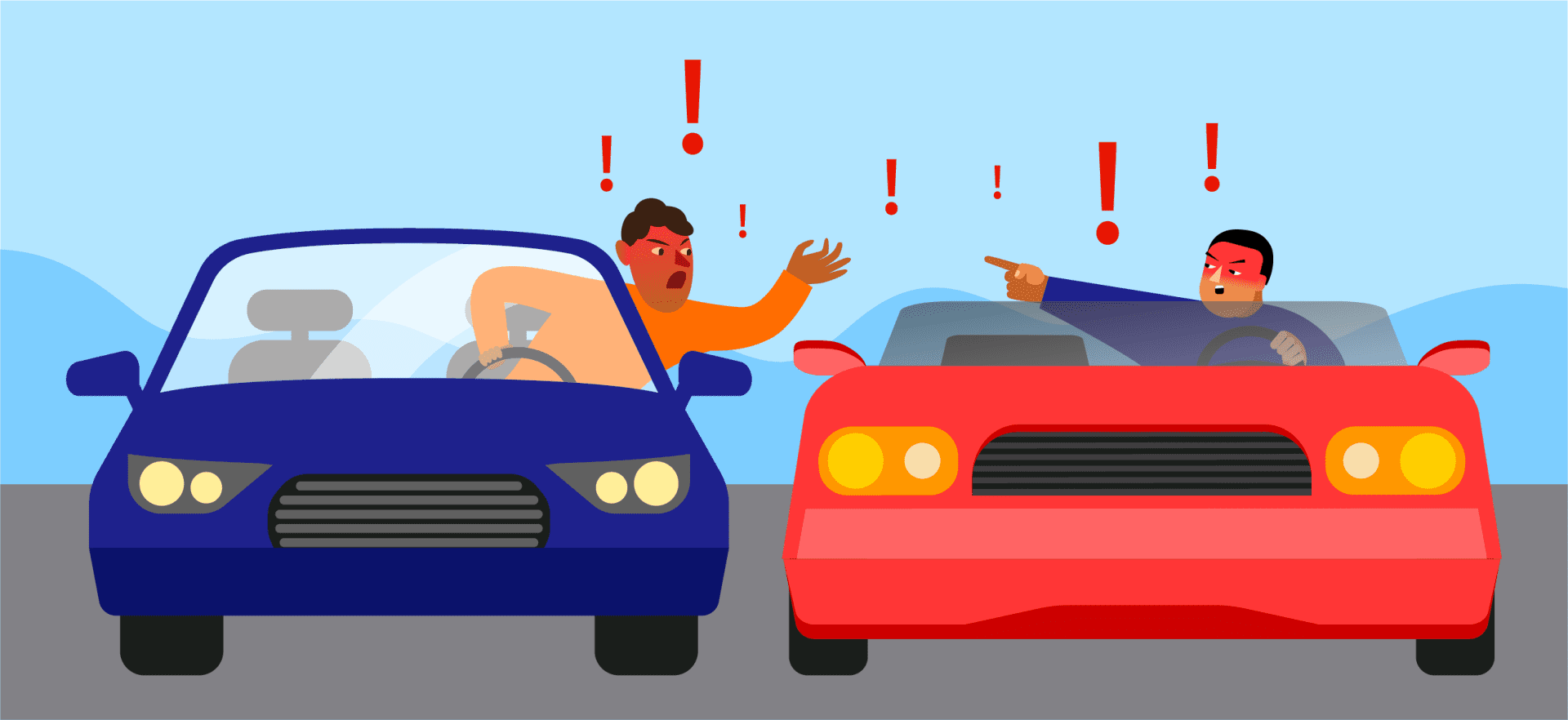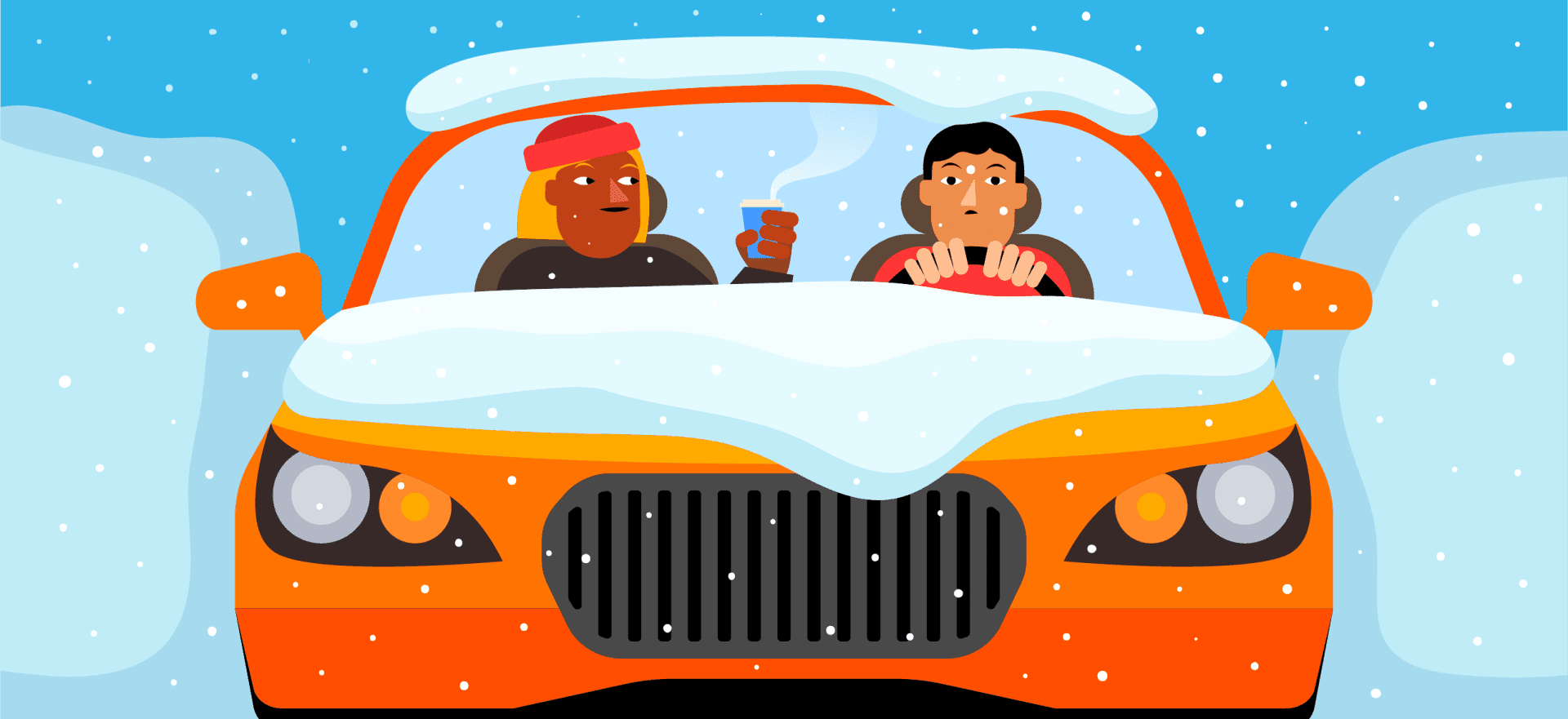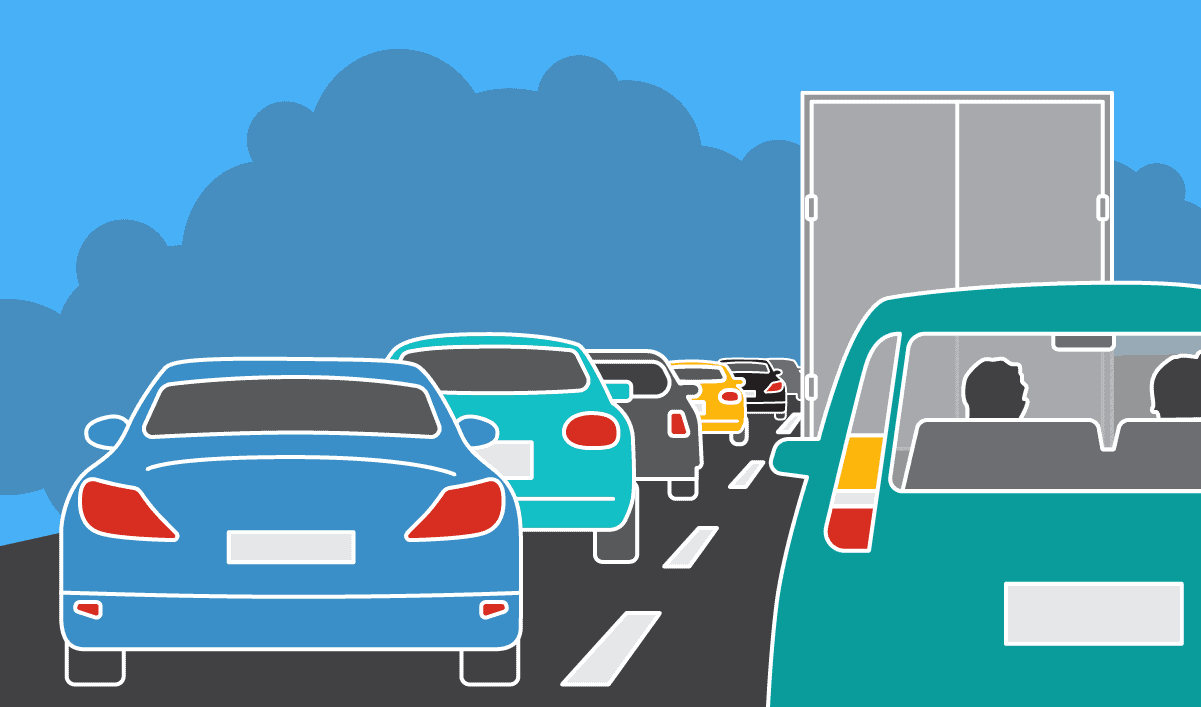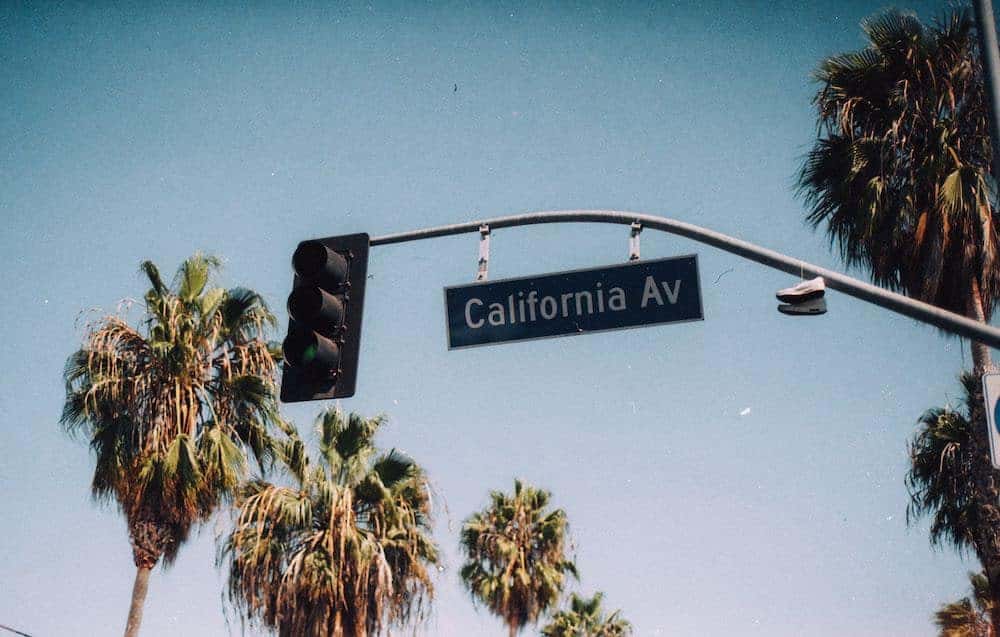Whether you drive a car or ride a motorcycle you’ve probably seen bikers going in between lanes. This maneuver is called lane splitting and can be a huge time saver. But is lane splitting legal in California?
The answer is yes. While most states prohibit lane splitting, California legalized it in 2016 with the passage of Assembly Bill 51.
Today, this practice is common on California’s roads. But many people don’t follow the rules, endangering themselves and others. Here’s what you should know about lane splitting – and how to do it safely.
Lane Splitting Rules in California
Section 21658.1 of the California Vehicle Code (CVC) defines lane splitting as the practice of riding a motorcycle between rows of slow or stopped traffic moving in the same direction. But the law doesn’t enforce specific speed limits or rules, leaving it up to the California Highway Patrol (CHP) to provide safety guidelines.
Certain restrictions were proposed when lane splitting was legalized, but they were removed before the law came into effect. For example, the original document stated that bikers can split lanes under two conditions:
- They go no more than 10 mph faster than the cars around them.
- The speed of traffic moving in the same direction is 35 mph or less.
These are guidelines, not legally enforced limits. That said, I recommend you follow them for your safety and the safety of others.
Apart from that, follow the regular traffic laws when splitting lanes. For instance, you may not cross double-yellow lines or make unsafe lane changes, such as cutting off other vehicles or lane-splitting near crosswalks or intersections.
Lane Splitting Safety Guidelines and Recommendations
While lane splitting is legal in California, riders must do it in a safe manner and only when necessary. This practice can be dangerous because some drivers don’t expect motorcycles between lanes and may not spot them until it’s too late. Road hazards like debris, potholes, or uneven pavement can further increase the odds of an accident.
Given the risks of lane splitting, the California Highway Patrol (CHP) and other organizations recommend the following:
- Maintain a safe speed: Don’t exceed the speed of surrounding traffic by more than 10 mph. So, if the cars around you move at 20 mph, keep your speed at 30 mph or below. This ensures you have time to react to potential hazards.
- Lane split only when the traffic is slow: The CHP advises against splitting lanes when the traffic is moving faster than 30 mph, as higher speeds reduce reaction time. Note that motorcycles can legally use HOV lanes, but lane splitting within them can be dangerous due to the high speeds involved.
- Choose your lanes wisely: If possible, split between the two leftmost lanes. Avoid this maneuver near freeway exits and entrances or when another rider is splitting between nearby lanes.
- Check your surroundings: Make sure you can safely perform the maneuver. Consider the lane width, road conditions, weather, visibility, and other factors, such as the size of surrounding vehicles. For example, trucks and buses have larger blind spots and may not see you, so it’s best to avoid splitting lanes near them.
- Stay alert: Pay attention to what’s happening around you. Drivers may open the car doors, accelerate, or change lanes when you least expect it.
- Be visible: Wear bright or reflective clothing to make yourself visible on the road. It’s also a good idea to use reflective stickers, visibility lighting kits, or similar products.
- Avoid blind spots: Position yourself where drivers can see you. For example, splitting lanes to the front where the cars are stopped makes it easier to see and be seen by other road users.
- Make sure you have enough room to pass safely: As the CHP puts it, “If you can’t fit, don’t split.” Perform this maneuver only when you have a minimum safe distance from other vehicles. Drivers are not legally required to make space for motorcycles.
Don’t ride on the shoulder. This isn’t considered lane-splitting and it isn’t allowed.
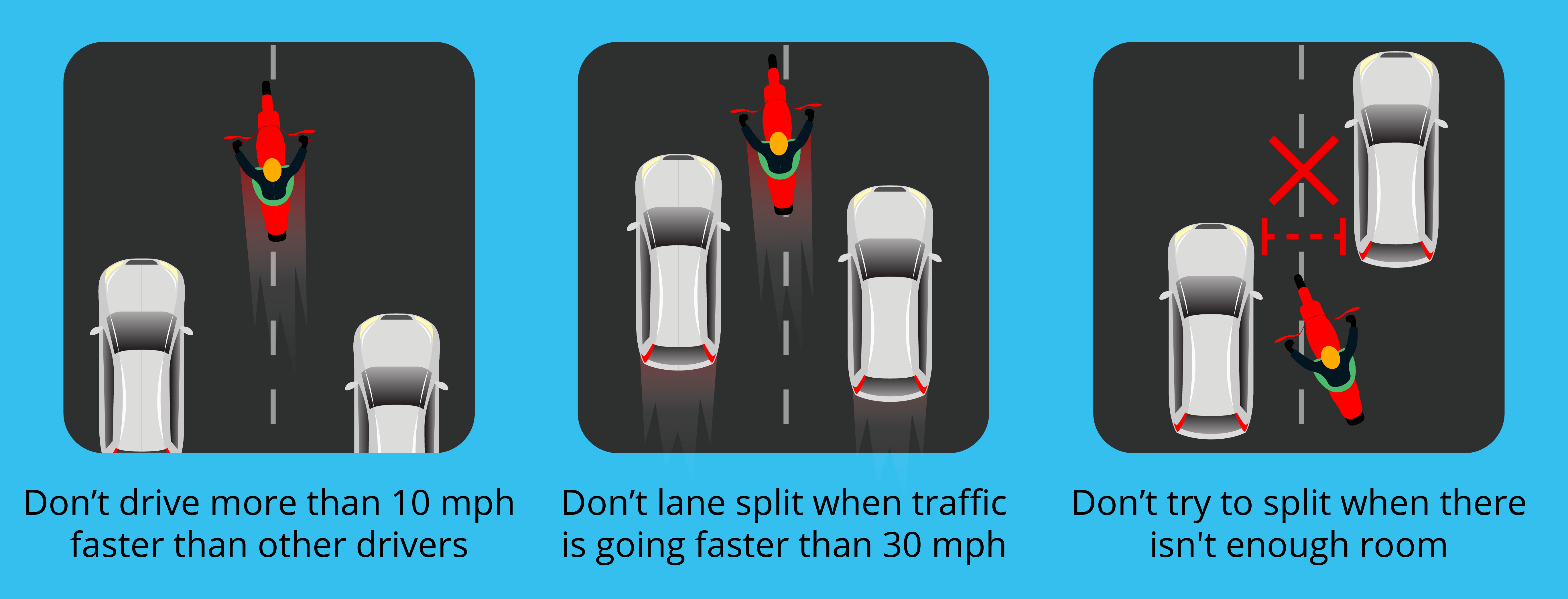
As a general rule, you shouldn’t split lanes at toll booths and around or through curves. Also, avoid this maneuver when the traffic is unpredictable or an obstacle (e.g., a truck or van) is blocking your view.
Is Lane Splitting Safe?
According to a 2015 study by the University of California, Berkeley, lane splitting isn’t inherently dangerous.
After analyzing data from nearly 6,000 collisions involving motorcyclists, researchers found that only 997 (17%) were lane-splitting at the time of the accident. These motorcyclists were actually injured less frequently during their collisions and had a lower risk of severe or fatal injuries than non-lane-splitting motorcyclists.
As the scientists note, speed differentials of up to 15 mph didn’t increase the likelihood of injury. Simply put, it’s a biker’s behavior that impacts how safe or dangerous lane splitting is.
“Lane-splitting appears to be a relatively safe motorcycle riding strategy if done in traffic moving at 50 mph or less and if motorcyclists do not exceed the speed of other vehicles by more than 15 mph. ” (UC Berkeley)
Seven years later, researchers at the University of Virginia reanalyzed the data from the above study, concluding that:
- Only 4.3% of accidents involved rear-end collisions.
- Lane-splitting riders were less likely to be rear-ended (2.6%) than those who didn’t split lanes (4.6%).
- Bikers who performed this maneuver were more likely to rear-end other vehicles (38.5%) than those who didn’t (15.7%).
- Lane splitting didn’t increase the risk of injury to riders who maintained a safe speed and performed the maneuver only when the traffic was slow (<50 mph).
Motorcycle fatalities in California rose 4.7% after AB 51 went into effect, but, as the researchers point out, this increase may be due to other factors, such as the growing two-wheel community.
We can also compare California’s motorcycle data to that of other states where lane splitting is illegal. Per capita, both Florida and Texas have higher rates of motorcycle deaths per 100,000 residents, even though neither allow lane splitting. Based on these figures, it’s fair to say that lane splitting isn’t a major contributing factor to serious accidents.
Nationwide data confirms that factors like helmet use, motorcycle size and engine size, alcohol consumption, and a biker’s age have the biggest impact on crash rates. For example, in 2022, nearly half of all bikers involved in a fatal crash at night had a blood alcohol content (BAC) of 0.08% or higher.
Lane Splitting and Motorcycle Traffic Violations
California is the only state that has legalized lane splitting, but you can still get fined if you do it in an unsafe manner. For instance, weaving in and around slower traffic at a high speed violates CVC 24002 and may result in a ticket.
Some courts may allow you to go to traffic school to reduce the charges against you. This option is available to non-commercial drivers, but the judge may give you permission to attend. Remember to ask about it when paying your fine.
Our traffic school is licensed by the California DMV and accepted by all courts. It is valid for traffic violations in all California counties, including Los Angeles, Riverside, and Orange county. You can study online at your own pace and finish in just two or three hours. Simply go through all modules, take several short quizzes, and pass the final test. (Here’s how traffic school works.)
Our flat fee of $27.99 covers everything you need to complete the course, including:
✅ 12 easy-to-follow modules
✅ 25-question final exam (99.9% of our students pass on the first try)
✅ Unlimited retakes
✅ Audio read-along in English, Spanish, and Chinese
✅ Same-day electronic submission to the court and DMV
The best part is, you don’t have to pay anything until you pass the course. When you’re done, we’ll charge you a one-time fee of $27.99 and issue your completion certificate.
🎉 Start traffic school for FREE today! 🎉
FAQs about Lane Splitting in California
What else do you want to know about lane splitting in California? Here are the answers to some frequently asked questions.
What is the difference between lane splitting and lane sharing?
Lane splitting involves riding a motorcycle between lanes in slow-moving or stopped traffic. In California, the term is typically used interchangeably with lane sharing.
Why did California legalize lane splitting?
California legalized lane splitting to reduce traffic congestion and improve motorcyclist safety. This decision was made based on data from the University of California, Berkeley, which showed that splitting lanes may help reduce rear-end accidents involving riders. Even before lane splitting was legalized, no law prohibited it in California and it was a common practice.
Can you lane-split an HOV lane in California?
Yes, you may split in HOV lanes in California, but only if it doesn’t require crossing solid, double lines.

